MAKING

WINTER/SPRING 2020
FORMING ROOTS
THE CASE FOR BETTER LIVING




77 Connecticut Street, San Francisco, CA, 94107 415-689-6338 | www.bathandbeyond.com
Istanbul Rug
Premier Source of Handwoven Carpets

1504 4th Street, San Rafael, CA. Ph: 628-253-5454. www.istanbulrug.com

1551 University Ave, Berkeley, CA. Ph: 510-848-9999. www.istanbulrug.com
PHOTO CREDIT: ALBERTO CASTILLO
























A perfectly designed closet is a gift to open again and again.




















©2019 The Container Store Inc. 45473 10/19


Rugs 59 Throckmorton Ave | Mill Valley | CA 94941 | 415-888-8294
Pioneers in the Field of Custom Rugs and Furniture!
“When rug making was an art, rug makers were familiar with the homes and people for whom their rugs were made. This echoes Roja Rugs’ core belief: The perfect rug for your space is a rug made specifically for you.”


Home 256 Shoreline Hwy | Mill Valley | CA 94941 | info@rojarugs.com Designed in Mill Valley Handmade in Nepal Our Modern Rugs
CONTENTS
SPACES WINTER/SPRING 2020
74
FEATURES
56 HISTORY CHANNEL
Architect Chad DeWitt makes a unique discovery. By Zahid Sardar
Photography by Adam Rouse
66 BACK TO NATURE
Modernizing a traditional Craftsman home. By Laura Mauk
Photography by Joe Fletcher
74 NESTED LIVING
An empty lot becomes a retirement paradise in Carmel Valley. By Anh-Minh Le
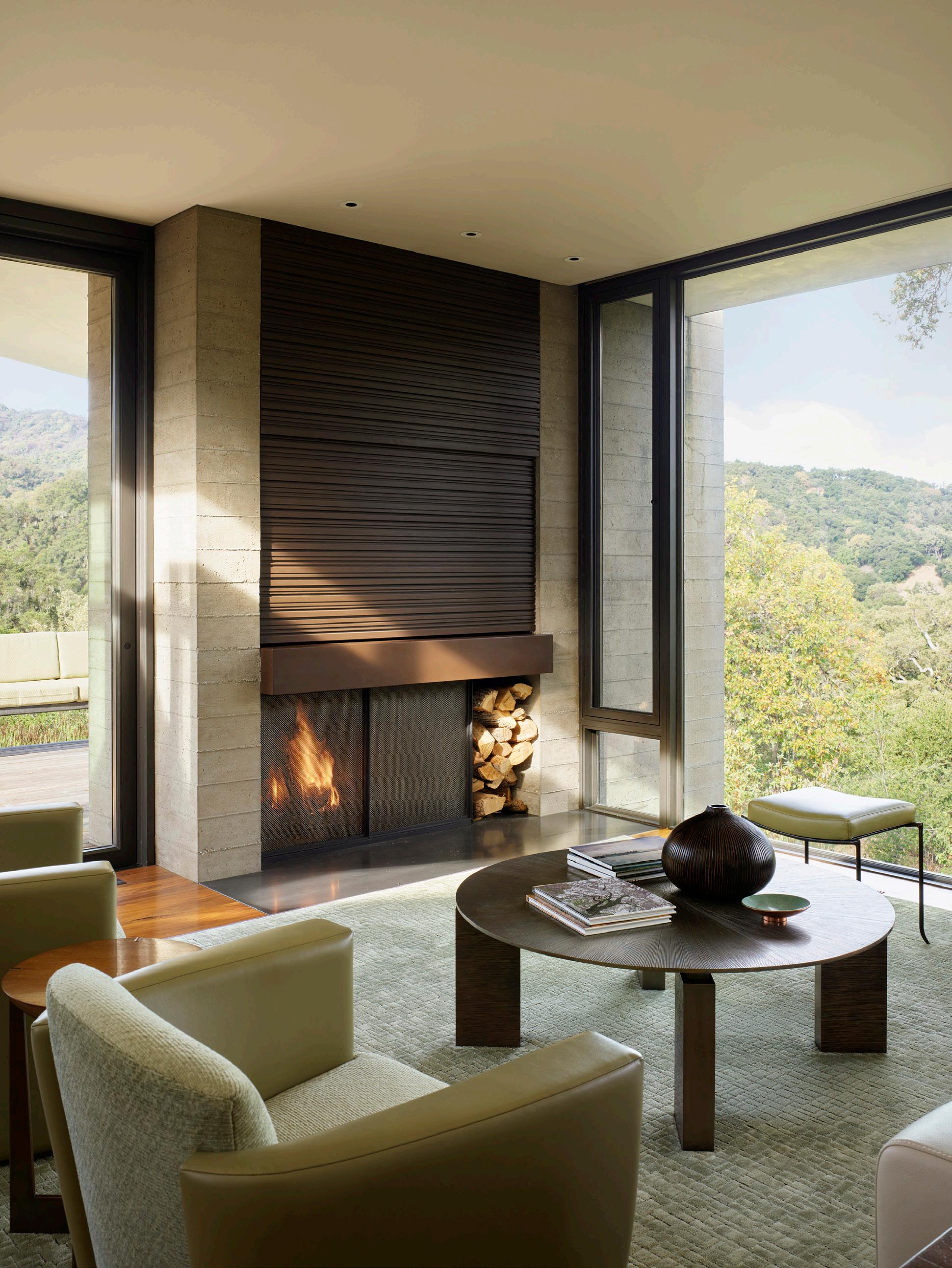
Photography by Matthew Millman
82 PAST PRESENT
Architect Chris Dorman tackles an almost unbuildable lot. By Zahid Sardar; photography by David Duncan Livingston
90 BARN AGAIN
Bringing an urban flair to Northern California wine country. By Zahid Sardar
Photography by Joe Fletcher
ON THE COVER
Architect Daniel Piechota’s barn-like tasting room for Silver Oak Winery.
10 WINTER/SPRING 2020 SPACES
MATTHEW MILLMAN (LEFT); JOE FLETCHER (COVER)

DZINE | Furniture | Kitchen | Bath | Closets | Lighting | Accessories | Art 128 Utah Street, San Francisco, CA 94103 | www.dzineliving.com | 415.674.9430
CLOCKWISE FROM TOP LEFT:
1440 MULTIVERSITY Designer Dave Allen’s reconfigured chapel can be used for yoga. artefactdesignsalvage.com
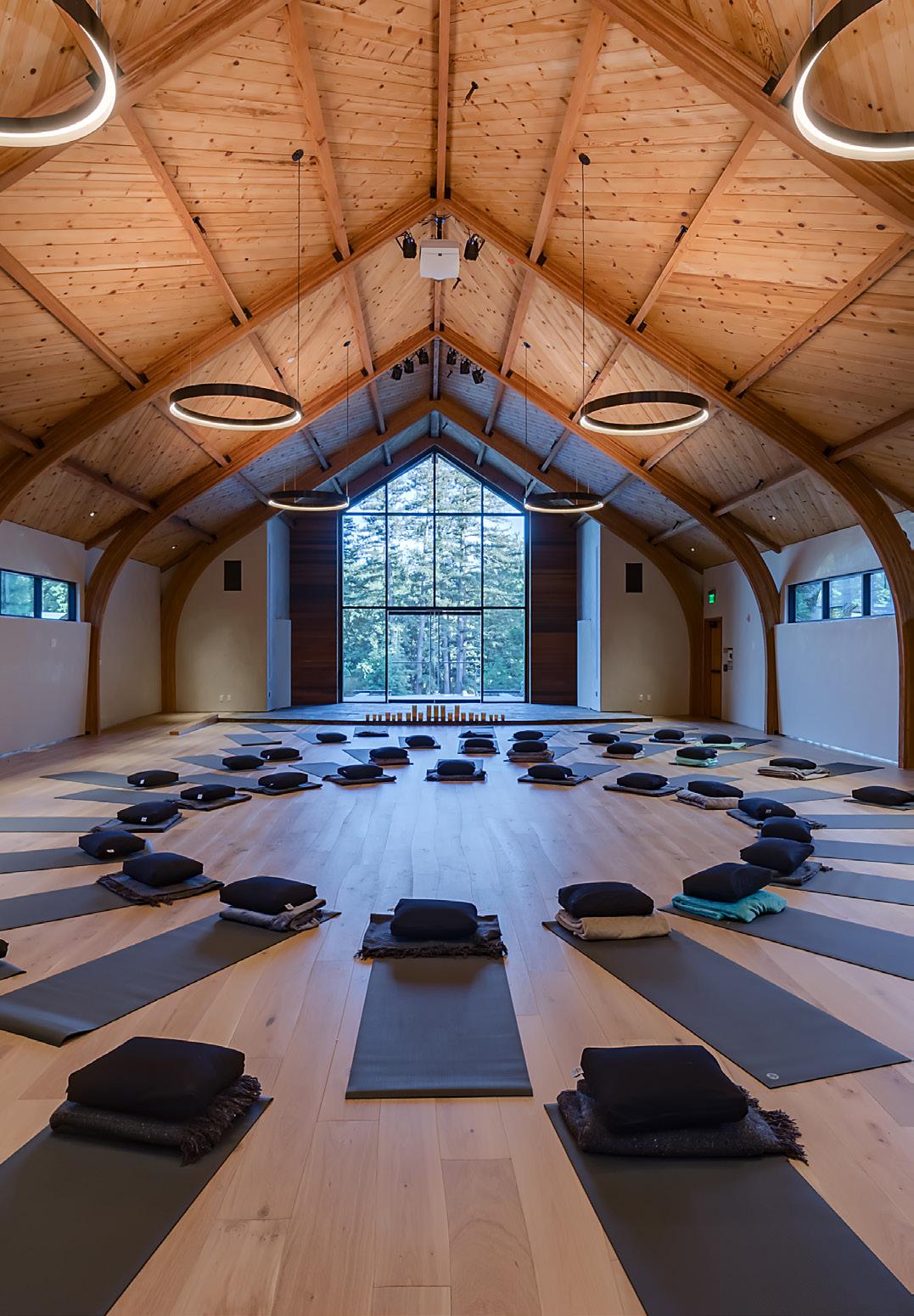
NANA LURE Hand-sculpted from 100 percent cast cotton, features a patinaed steel spine, leather strap suspension with brass hardware and LED lamp. pelledesigns.com

3X3, 2019 Photographer and printmaker Gay Outlaw’s new series for Crown Point Press. crownpoint.com
TIME-SPACE PORTAL TABLE by Neal Aronowitz features etched surfaces with polished edges. Available in custom colors and materials. nealaronowitz.com
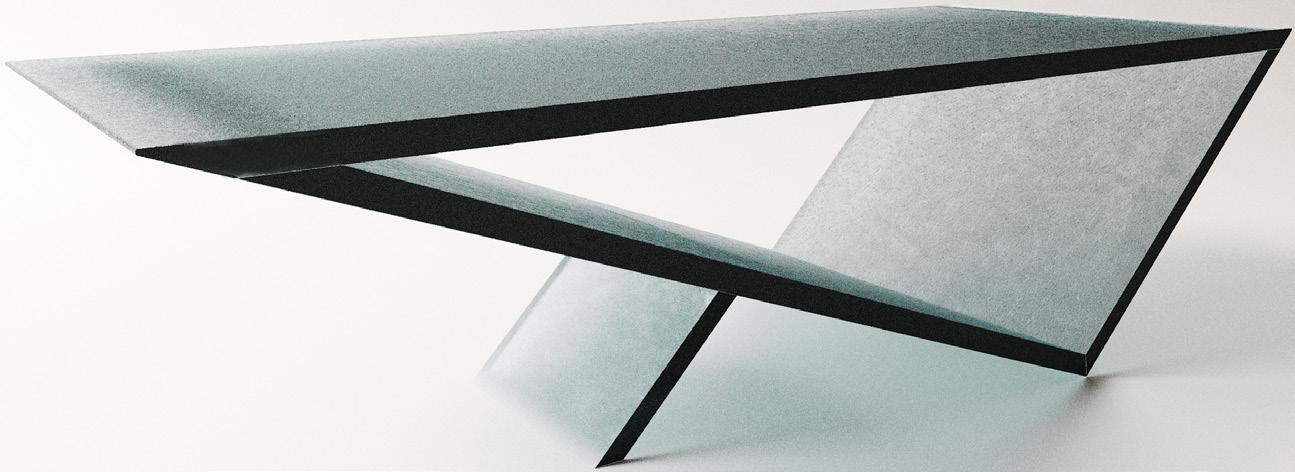
FANTINI RUBINETTI Piero Lissoni designs a new look for the faucet and water-fixtures company’s Italian factory. fantiniusa.com
DEPARTMENTS
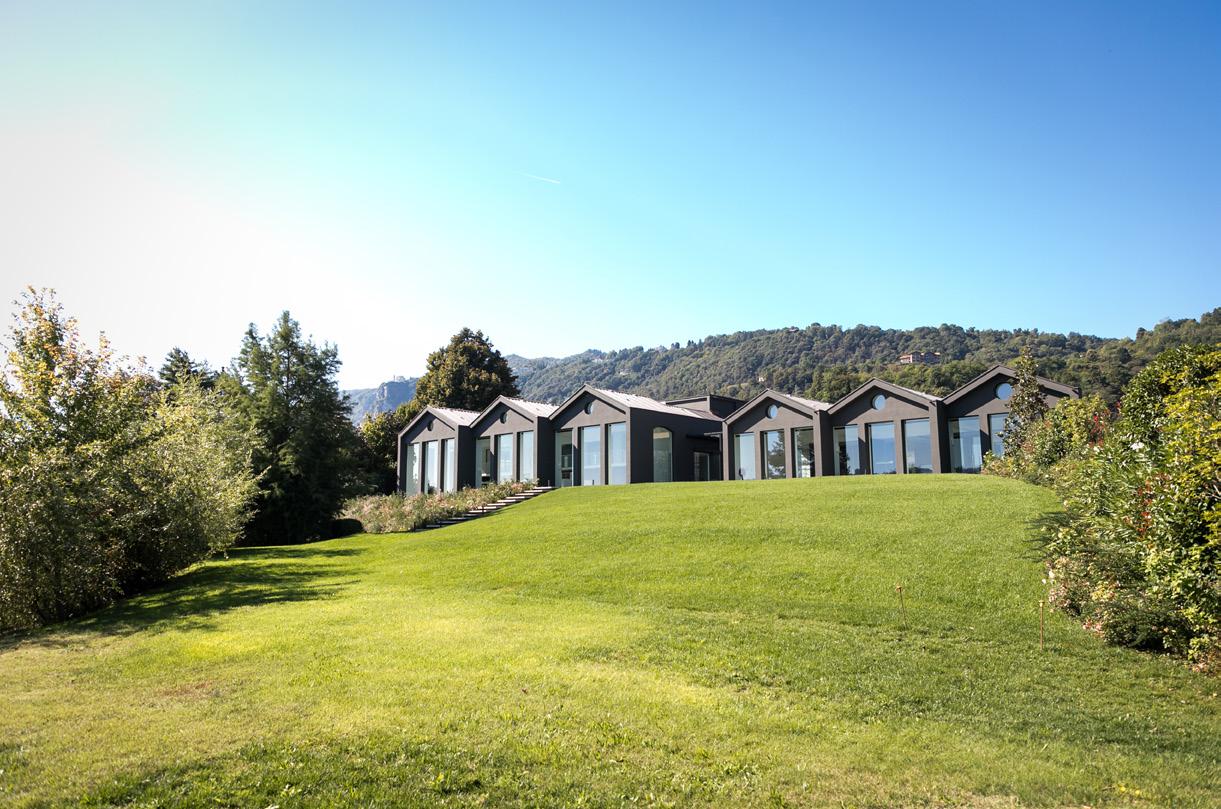
18 EDITOR’S WELCOME
20 CONTRIBUTORS
22 LETTERS
25 DESIGN SPOT Design in unlikely places. By Zahid Sardar
31 GALLERY A roundup of irresistible objects for the home. By Lisa Boquiren
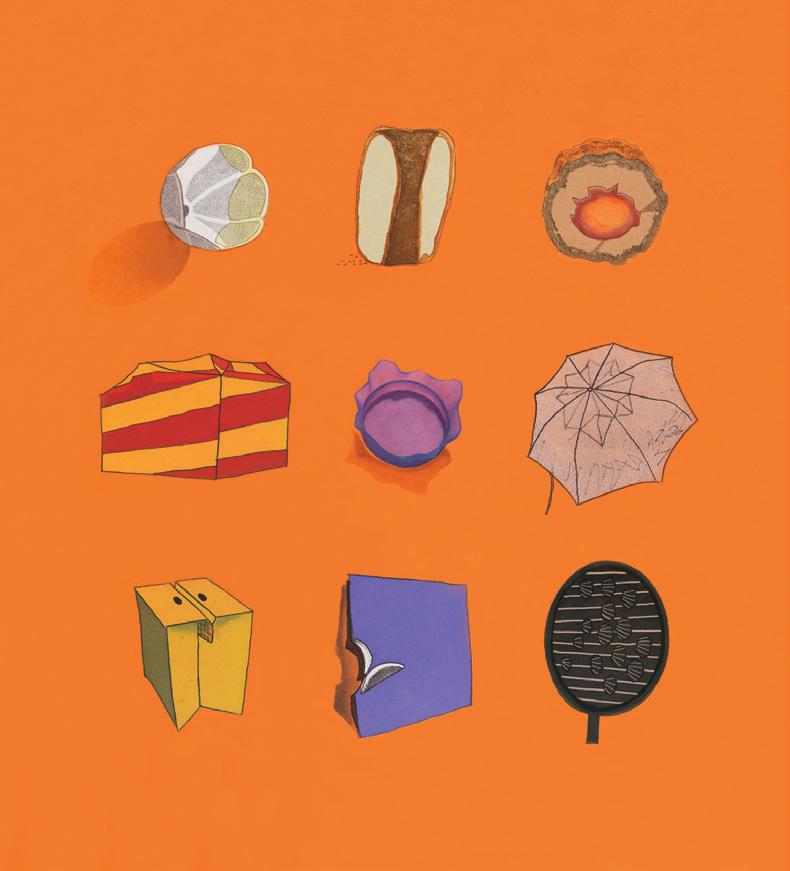
38 SHOWSTOPPER Applegate Tran Interiors’ basement ballroom. By Reed Wright
40 SPACE MAKERS Charles de Lisle on our podcast series. By Dan Jewett
42 FOCUS Burning Man comes to the Oakland Museum. By Reed Wright
45 MAKERS Muralist and artist Rafael Arana. By Zahid Sardar
48 ON THE RISE Obsolete structures are given new life. By Zahid Sardar
53 VOICES Heath Ceramics’ Catherine Bailey. By Anh-Minh Le
99 MAKEOVER Urbanizing a 1980s suburban manse. By Reed Wright
102 LANDING Discovering Italy’s Lake Orta and much more. By Zahid Sardar
106 TABLESIDE Blurring the line between dining, art and shopping. By Zahid Sardar
112 RESOURCES A guide to finding what’s shown in the issue.
114 REAR WINDOW
The Exploratorium and an S.F. waterfront renaissance. By David Weinstein
12 WINTER/SPRING 2020 SPACES 102 48 CONTENTS WINTER/SPRING 2020 31
31

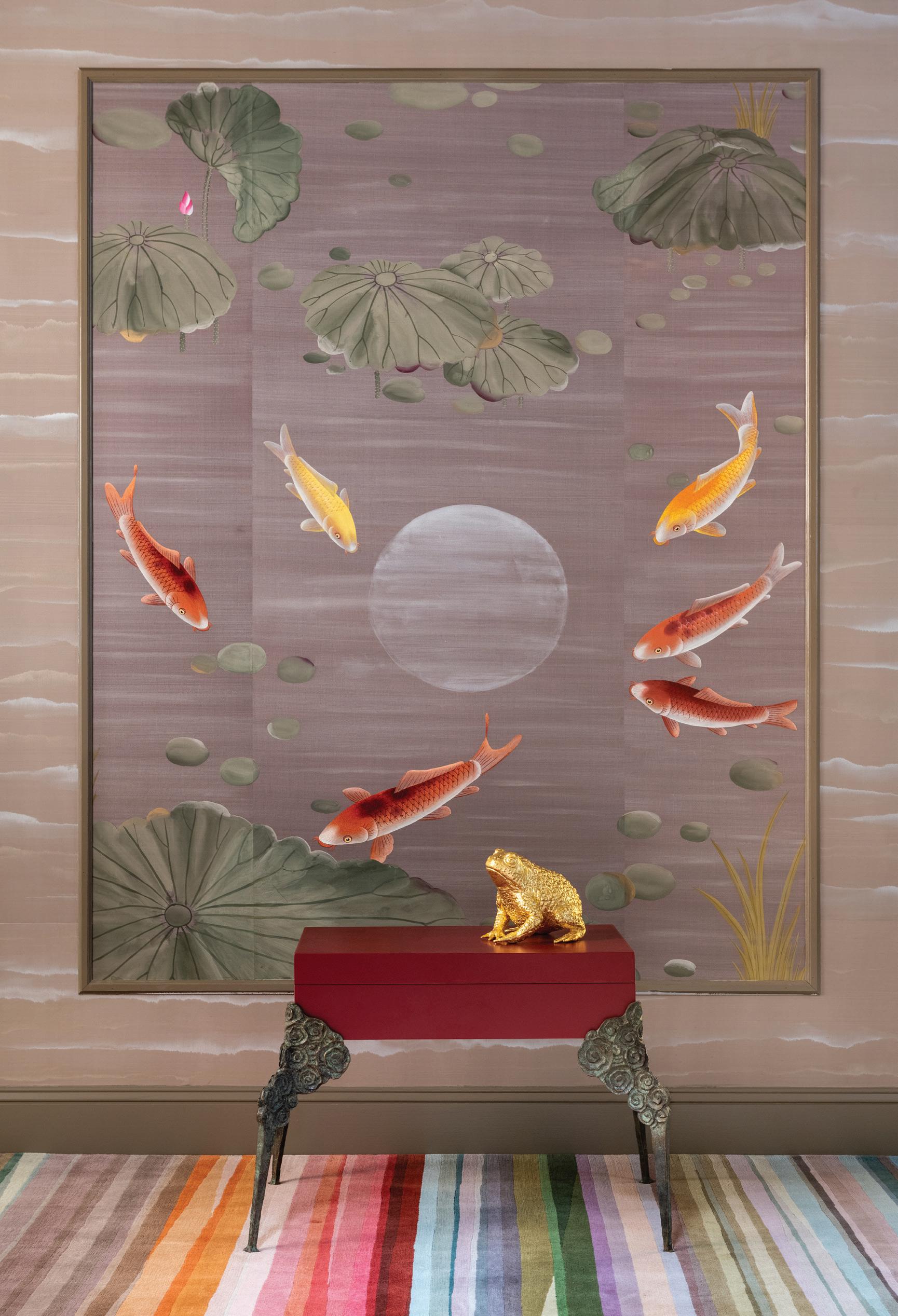
www.hewnsf.com
Great gifts from KARL the store




EDITOR-IN-CHIEF
Zahid Sardar
EDITORIAL
MANAGING EDITOR
Daniel Jewett
EDITOR
Mimi Towle
GALLERY EDITOR
Lisa Boquiren
ASSOCIATE EDITOR
Kasia Pawlowska
ASSISTANT EDITOR
Christina Mueller
COPY EDITOR
Cynthia Rubin
CONTRIBUTING WRITERS
Anh-Minh Le, Laura Mauk
David Weinstein, Reed Wright
ART

ART DIRECTOR
Victor Maze
PRODUCTION MANAGER
Alex French
CONTRIBUTING PHOTOGRAPHERS
Joe Fletcher, David Duncan Livingston, Matthew Millman, Adam Rouse, Christopher Stark, Braden Summers
ADMINISTRATION / WEB
CONTROLLER
Maeve Walsh
DIGITAL EDITOR
Jessica Gliddon
OFFICE MANAGER
Natasha Romanoff
14 WINTER/SPRING 2020 SPACES
MARINMAGAZINE.COM S AN FR AN CISC O | MARI N | NA P A | SO N O M A MEDIA
grounded in mid century modern with a worldly eclectic point of view NOW IN SAUSALITO KARLTHESTORE.COM • 415.729.9009 1201 BRIDGEWAY, SAUSALITO • 8:30-5:30 Tuesday- Sunday VITA (LIFE) VANCOUVER CANDLE • GRAF LANTZ BEDFORD FELT BACKPACK • ROSE & GERMANIUM BATH SOAK • LOCALLY MADE CERAMICS • LEATHER FRENCH CLUB CHAIR • 1 2 3 4 5




cromearchitecture.com
PUBLISHER
Nikki Wood
ADVERTISING
ASSOCIATE PUBLISHER
Debra Hershon ext 120 | dhershon@marinmagazine.com
ADVERTISING DIRECTOR

Michele Geoffrion Johnson ext 110 | mjohnson@marinmagazine.com
SENIOR ACCOUNT MANAGERS
Leah Bronson ext 109 | lbronson@marinmagazine.com
Lesley Cesare ext 113 | lcesare@marinmagazine.com

ADVERTISING ART DIRECTOR
Alex French
REGIONAL SALES OFFICES
WINE COUNTRY
Lesley Cesare lcesare@marinmagazine.com
SOUTHERN CALIFORNIA
Leah Bronson lbronson@marinmagazine.com
NEW YORK
Karen Couture, Couture Marketing 917.821.4429
READER SERVICES
MAILING ADDRESS One Harbor Drive, Suite 208 Sausalito, CA 94965 Phone 415.332.4800 Fax 415.332.3048
BULK ORDERS
For information on bulk orders of SPACES, please call 415.332.4800.
SPACES is published by Marin Magazine, Inc . All rights reserved. Copyright©2019. Reproduction of SPACES content is prohibited without the expressed, written consent of Marin Magazine. Unsolicited materials cannot be returned. SPACES reserves the right to refuse to publish any advertisement deemed detrimental to the best interests of the community or that is in questionable taste. SPACES is mailed as a supplement to Marin Magazine to select homes and businesses in the Bay Area. SPACES is published biannually by Marin Magazine, One Harbor Drive, Suite 208, Sausalito, CA 94965.
16 WINTER/SPRING 2020 SPACES
S AN FR AN CISC O | MARI N | NA P A | SO N O M A
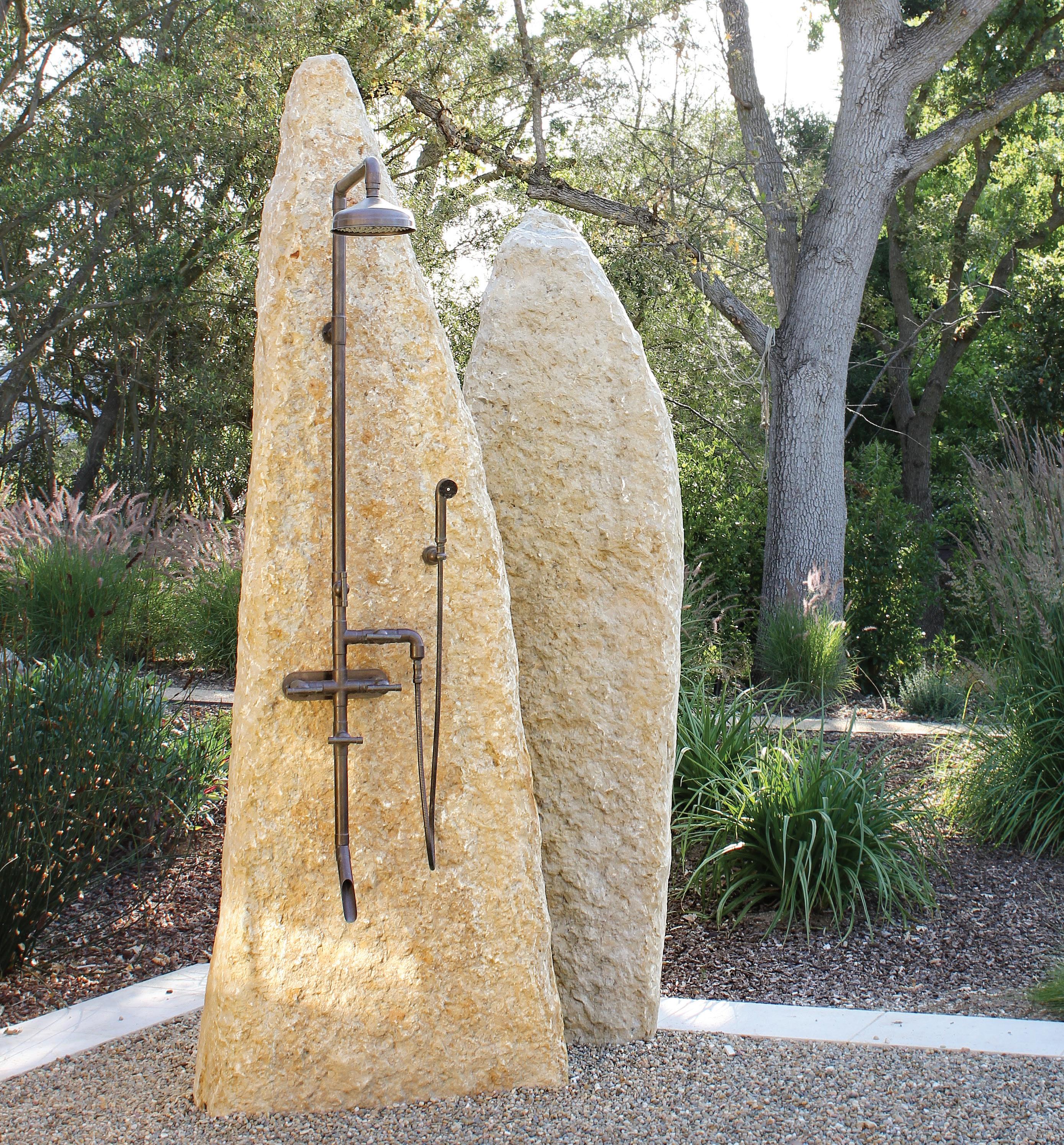
DE SIGNER FA UCET S SONOMAFORGE.COM (800) 330-5553 AVAILABLE IN CAL-GREEN COMPLIANT MODELS
RECENTLY AUTHOR SALMAN RUSHDIE , an émigré from Bombay, India, now on his “third continent,” was on the radio to promote his latest book, Quichotte, and said that you know a place is home when you love it. “I can completely see myself in the Bay Area. That would work for me.”
To which I’d add that home is also a place whose roots you can graft onto and make your own. That’s what happened to me when I left Bombay for San Francisco 40 years ago. In time, the Bay Area’s idiosyncrasies and my shared history with the area became muscle memory, another form of “roots.” I grew to
“know” the Bay Area, not just love it, and I could navigate it easily.
Perhaps that’s what Sausalito designer Charles de Lisle is referring to in our “Space Makers” podcast, excerpted in this issue. He suggests that when muscle memory kicks in, looking for the right color, tracking down products and knowing the environment become instinctive. When that happens, a designer can “focus on the part that makes a design special,” he says.
Roots are the recurring theme in this issue. A 50-year old Napa winery now has a modern version of itself in the Alexander Valley. Different to look at but with a deep sense of sustainability
that is the winery’s hallmark, it is designed by Piechota Architecture, whose work appears for the first time in SPACES. In Noe Valley, San Francisco design firm Síol Studios and architect Ross Levy transformed a dark Craftsman-style cottage into a light-filled modern space for a young family — without fully obliterating the original. Architect Chris Dorman, designer of the new Watershed restaurant in Mill Valley, built himself a new hillside home in Tamalpais Valley that showcases space-enhancing tricks he gleaned from architects Adolf Loos, Frank Lloyd Wright and other “mentors.” In the East Bay, architect Chad DeWitt uncovered a forgotten 1950s masterpiece and gave it new life, and south of San Jose, for a retired San Francisco couple, Aidlin Darling Design created a gorgeous modern retreat that respects the land and trees — humankind’s first home, if you will.
In our Tableside column, read about Palette, a new San Francisco dining hot spot that opened in place of a very old one. Our highlighted Maker is Rafael Arano, a young artist who became one of Ken Fulk’s star muralists, working with ancient techniques. In Voices we learn how Catherine Bailey invigorated Sausalito ceramics factory Heath, now over 60. In Focus, find the art of Burning Man, now approaching 50. In Rear Window, see how the history of San Francisco’s finger piers affected the growth of the Exploratorium — also 50. On the Rise shines a light on how obsolete structures are being revived as multi-experiential spaces, a legacy of 1960s communalism. In Landing we take you to blissful Lake Orta, Italy, on whose shores Fantini, the award-winning faucet manufacturer, has just created a state-of-the-art resort right next to its 70-year-old factory where the company took root.

I hope these flashbacks also take you into the future.
ZAHID SARDAR EDITOR-IN-CHIEF, SPACES EMAIL
PHOTOGRAPH BY BRADEN SUMMERS 18 WINTER/SPRING 2020 SPACES
MEDIA FACEBOOK.COM/SPACESMAG; INSTAGRAM.COM/SPACESMAG
ZAHIDSARDARDESIGN@GMAIL.COM SOCIAL
EDITOR’S WELCOME



















HANDCRAFTED IN THE USA SINCE 1946. NATIONWIDE MEASURE & INSTALL SERVICES. ALL PRODUCTS SHIP IN 10 DAYS OR LESS. Visit us at: Mill Valley (Strawberry Village) | San Francisco (Fillmore Street) | Burlingame | Palo Alto | Walnut Creek | Lafayette | Berkeley 75+ SHOWROOMS THESHADESTORE.COM 800.754.1455 CUSTOM SHADES BLINDS & DRAPERY
JOE FLETCHER
“Back to Nature” (p. 66)
“Barn Again” (p. 90)
Joe Fletcher was a fine art photographer in his native England before coming to the San Francisco Bay Area, where he has focused on creating images of architecture and interiors. His work across the globe has appeared in Dwell as well as in Wallpaper* and other international design publications. Quoting architect Louis Kahn, Fletcher says, “The sun never knew how beautiful it was, until it struck the side of a building,” and he aims to record the simple beauty of modernist building forms in the best light.
ADAM ROUSE

“History Channel” (p. 56)
Adam Rouse is an architecture and design photographer based in San Francisco. A trained architect, he brings a unique focus to the visual exploration of each assignment. His images have appeared in Artravel, Dwell, Wallpaper, Architectural Record, Architect, Interior Design, Residential Design and San Francisco magazines and in successful AIA and IIDA Design Award submissions.
LISA BOQUIREN
Gallery (p. 31)
SPACES Gallery editor Lisa
Boquiren is a Marin-based design and architecture writer who also consults on brand strategy for creative businesses. She has served on committees for the American Institute of Architects and has overseen rebranding initiatives at EHDD Architects and the San Francisco Design Center.


MATTHEW MILLMAN

“Nested Living” (p. 74)
For the past 20 years, Matthew Millman has been photographing architecture and interior design in the western United States. His work has appeared in a wide range of publications, including The New York Times, Dwell, Architectural Digest, Elle Decor, Vogue and more. Millman has also photographed many design books, including West Coast Modern.

DAVID DUNCAN LIVINGSTON
“Past Present” (p. 82)
Makeover (p. 99)
A native of the Bay Area, David Duncan Livingston has been photographing for interior designers, architects, magazines and books for many years, using both natural light and strobe lighting in the process of creating compelling images. He was the sole photographer for more than five interior design books, including San Francisco Style.


Rear Window (p. 114)
David Weinstein is a longtime El Cerrito author and journalist whose books include It Came from Berkeley: How Berkeley Changed the World and Signature Architects of the San Francisco Bay Area. He was a reporter and editor for many years at the West County Times and Contra Costa Times. He also wrote a popular series of profiles of Bay Area architects for the San Francisco Chronicle. Today he is features editor for CA Modern. He’s also the leader of El Cerrito Trail Trekkers and Friends of the Cerrito Theater.
LAURA MAUK
“Back to Nature” (p. 66)
A design, architecture and art writer and editor for nearly 15 years, Laura Mauk worked as an on-staff editor at Condé Nast’s Architectural Digest
While Mauk is currently based on the East Coast, she grew up and lived most of her life in various northern and southern California locations, inspiring a writing focus that often explores modernist and progressive aesthetics and the way the built environment interacts with nature. Mauk’s work has appeared in numerous publications, including Dwell, S.F. Chronicle, Wallpaper*, Interiors, Luxe, Silicon Valley Magazine and Paper.
ANH-MINH LE

“Nested Living” (p. 74); Voices (p. 53)
Anh-Minh Le has written for the San Francisco Chronicle, C Magazine, California Home + Design, Cottages & Gardens and Interiors California, among other publications. She also served as the founding editor-in-chief of Modern Luxury Silicon Valley and co-founded the independent lifestyle magazine Anthology. Beyond her aesthetic interest in interiors, she enjoys exploring the narrative of a home. Anh-Minh’s background in design writing is proving especially useful as she and her husband initiate long-procrastinated renovations.
20 WINTER/SPRING 2020 SPACES THOMAS HEINSER (LISA BOQUIREN) CONTRIBUTORS
DAVID WEINSTEIN
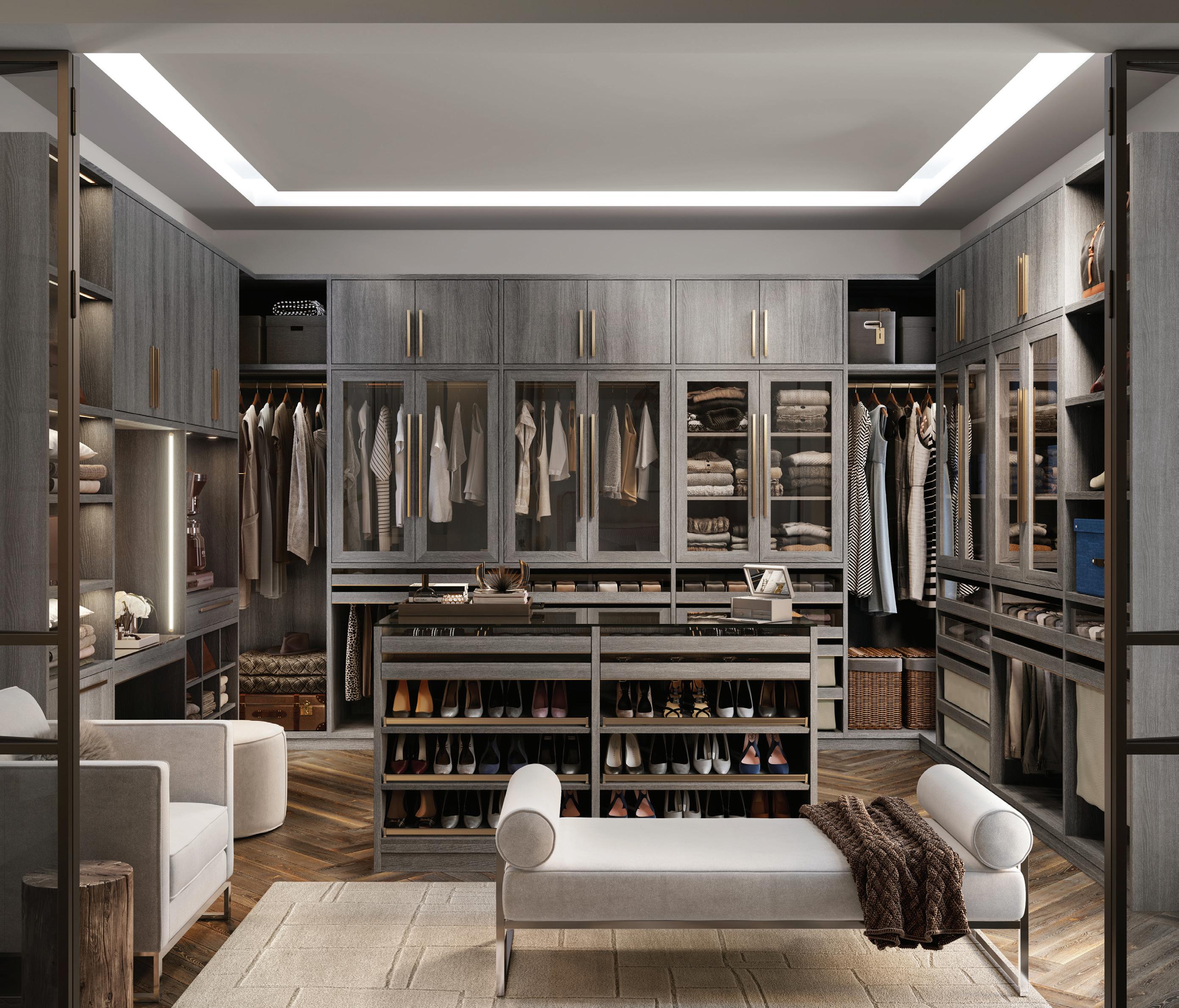
©2019 California Closet Company, Inc. All rights reserved. Franchises independently owned and operated. 800.274.6754 californiaclosets.com BERKELEY CARMEL LOS ALTOS LOS GATOS MODESTO ROSEVILLE SAN FRANCISCO BURLINGAME MILL VALLEY - Coming Soon Introducing Paxton, our first cohesive collection defined by its transitional modern design. Featuring our exclusive Everstyle Drawer System and hidden hardware, Paxton delivers streamlined style and flawless functionality to elevate any room in the home. THE PAXTON COLLECTION Product availability may vary by location. ©2019 California Closet Company, Inc. All rights reserved. Each franchise independently owned and operated.
READERS RESPOND TO THE SUMMER/FALL 2019 ISSUE
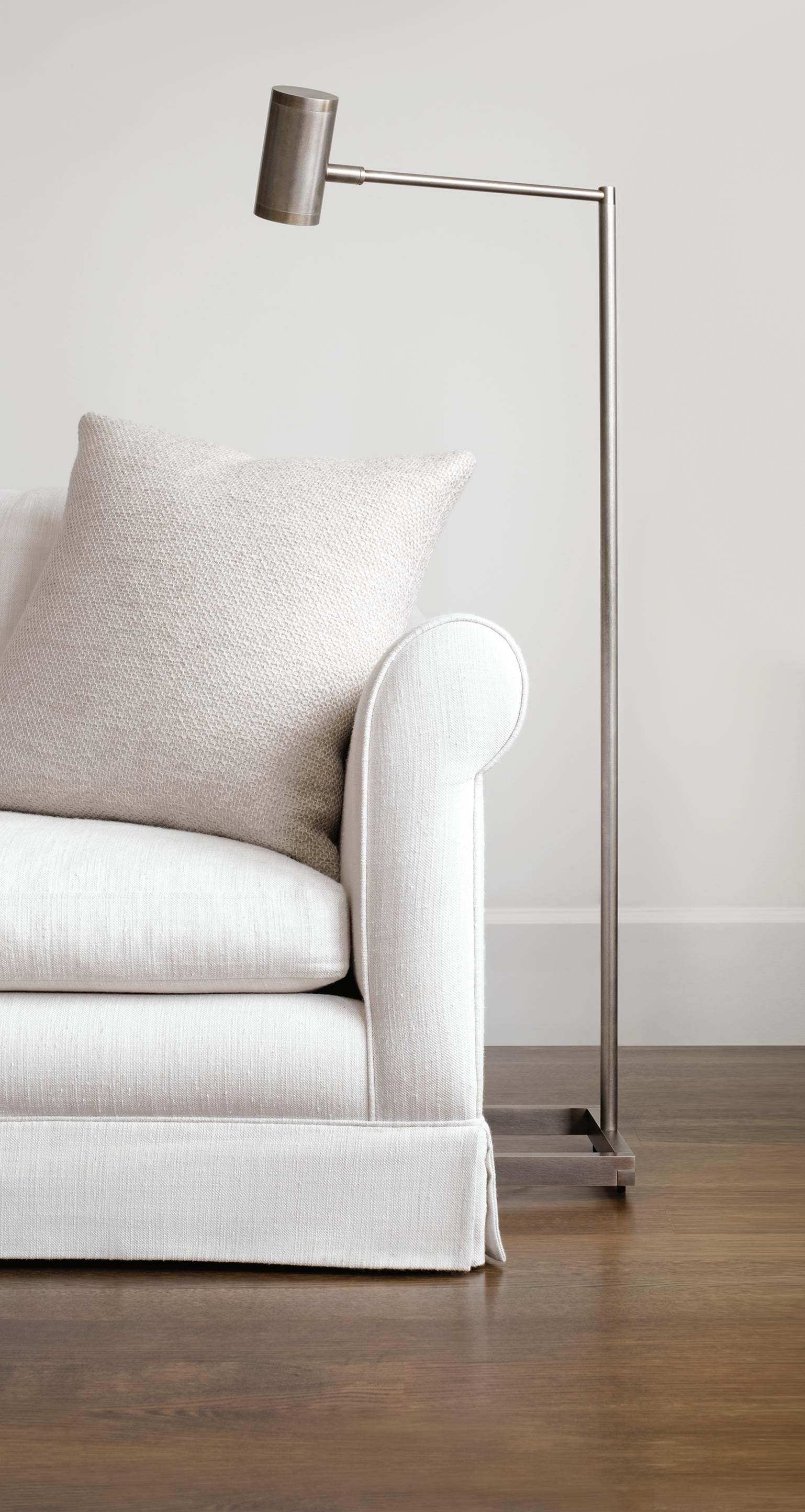
I just got a copy of the Summer/Fall issue and wanted to let you know that I think it is really fantastic. To be absolutely honest, my expectations for shelter magazines have been lowered over the years by lots of shallow writing and questionable content. So, I had to write you after reading this issue from cover to cover. What a delight to see well-designed small projects solving complex site and spatial challenges in extremely elegant ways. Bravo.
David Meckel, director of campus planning, California College of the Arts
SPACES includes a look inside some remarkable homes created by very talented people; I am always keen to see what new ideas will be showcased. When it comes to the landscapes presented, however, I’m dismayed. We have reached a point when we simply cannot choose plants chiefly for their architectural forms anymore and expect to cope with climate change. The field of landscape architecture has to get on board the climate change train. The cover of the latest issue shows a home with a garden that consists solely of Mexican Feather Grass, an extremely invasive plant that is on Marin Municipal Water District’s “do not plant” list. When landscape architects make this kind of a choice, and you feature them on the cover of your magazine, you glamorize and popularize an invasive plant.
 Laura Lovett, director, Marin chapter, California Native Plant Society
Laura Lovett, director, Marin chapter, California Native Plant Society
Thank you for sharing these insights and we welcome other opinions on the topic. — Editors
LETTERS TO THE EDITOR Your comments may be edited for clarity and brevity. Send letters to SPACES at letters@spacesmag.com. Please include the town where you live and a phone number.

22 WINTER/SPRING 2020 SPACES LETTERS TO THE EDITOR

The Foundation of Your Home Starts With Us. Architectural Design Carpets 1111 Francisco Blvd E San Rafael, CA 94901 415.458.1717 | adccarpets.com
#731573
License




MARIN KITCHEN WORKS, INC.
Marin Kitchen Works, Inc. is a family owned, multi-award winning design/build firm specializing in professional residential remodeling. With over 35 years in business, we strive for customer satisfaction. Our designers will entertain you with ideas you never thought possible for your kitchen, bathrooms, laundry room, bedrooms, home office, entertainment center, and fireplaces, allowing you to achieve your dream home. Now offering installation of LVT, engineered wood, and hardwood flooring, and hardwood refinishing services. 285-B Bel Marin Keys Blvd., Novato, CA 94949 (415) 883-8728 www.marinkitchenworks.com Cont. Lic. #632418
Remodeling & Refacing Specialists
BY ZAHID SARDAR DESIGN SPOT
RETRO LOOKS, MODERN INNOVATIONS

Design in unlikely places.

THE “NICE” FAUCET line designed by Matteo Thun and Antonio Rodriguez for the Italian manufacturer Fantini Rubinetti is another example of this historic company’s mold-breaking approach. To spark up mono-material chrome or darkened bronze bath fittings, Fantini’s Nice faucets have a pop of color — a thin sliver of red, crimson, black, blue, turquoise, green or white film — embedded within clear methacrylate plastic handles. The film creates an interesting optical illusion: because of the handles’ molecular structure, the grips seem fully infused with color when seen from some angles and not from others. Prices vary. dzine.com


SAN FRANCISCO SCULPTOR , photographer and printmaker Gay Outlaw’s 3X3, 2019 is part of a new series of recently unveiled soft ground fine art etchings, with aquatint, drypoint and spit-bite and soap-ground aquatints, done in limited editions of 20 for the venerable Crown Point Press. Outlaw’s partly ink-jet printed works were in a recent show she curated at the press called King Phillip Came Over From Germany Stoned. Her 3x3 depicts objects she previously photographed, then composed on a 33-by-30¾-inch orange gampi-paper chine-collé background. $2,800 each. crownpoint.com
BEFORE the Golden State Warriors’ first game there last October, the Chase Center in San Francisco’s Mission Bay, designed by Kansas City–based Manica Architecture, was unveiled a month prior with an inaugural concert by Metallica and the San Francisco Symphony establishing the stadium as both a cultural and a sports destination. To underscore the 18,000-seat arena’s cultural claim, its lobbies and interiors, designed by Gensler, and outdoor areas, by SWA Group landscape architecture firm, showcase art, including a large mobile, Untitled by Alexander Calder, loaned by SFMOMA. For its east plaza facing the bay, Chase commissioned Danish-Icelandic artist Olafur Eliasson’s interactive Seeing spheres sculpture, composed of five 15-foot-high stainless steel globes arranged in a circle, each with a circular inset mirror. These giant “eyes” ricochet reflections in a disorienting way, providing viewers with unexpected perspectives.

FROM THE 19TH-CENTURY Viennese crystal and glass purveyor LOBMEYR, a new remotecontrolled LED lighting series called Script, inspired by typographical forms, includes chandeliers as well as floor, wall and table lamps designed by London-based Bodo Sperlein. Made of gold- or silver-plated hand-bent brass, all Script lamps have several frosted glass hemispherical dome lights attached to flat brass plates. Prices vary with finish. brightonpresidio.com

ELEMENTI — ALESSIO DE FRANCESCA’S new San Francisco gallery of Italian stone, crafted metal and wood components, and other building accessories — shown also at his Cooritalia showroom — displays a functioning kitchen; mock Vaselli /Le Cave/CEA bathrooms include a Bianco Rapolano travertine bathtub; a living area has Rossato furniture. The cooking island — crafted by hand and CNC cutters from a single block of Breccia Capraia marble — has a dining surface, concealed all-wood cabinetry and overhead, Juniper chandeliers. This by-appointment-only SoMa venue designed by Nicole Hollis also displays hand-troweled Italian plaster finishes by TBC Plaster Artisans, which shares the gallery. A large worktable made from wood salvaged from Venetian piers allows clients to mix and match samples in the atelier. elementisf.com

SPACES WINTER/SPRING 2020 25
SEEING IS BELIEVING : German industrial designer Sebastian Herkner has created four lightweight unisex aviator-style eyeglass designs in stainless steel and transparent acetate for the ic! berlin brand. Available in prescription, reader and sun-blocking versions in three colors, the styles are named for Berlin neighborhoods and landmarks: Avus, Bellevue, Hansa and Dahlem. All have the company’s patented screwless hinge system and are handmade in Berlin. Prices hover around $400 to $475. ic-berlin.de

MICHELIN-STARRED
chef Claude Le Tohic’s San Francisco patisserie/ bistro/bar/restaurant, in a narrow six-story Beaux Arts Edwardian near Union Square, is called ONE65 for its address: 165 O’Farrell Street. Four eateries stacked one on top of the other include the bright street-level French-style patisserie and boutique (with pastries and chocolates made upstairs), and above it the bistro and grill, the dark-walled Elements bar/lounge and O’ restaurant (think “water” in French), the latter with two private

dining spaces and a sixth-floor kitchen. Designed by San Francisco’s Marc Dimilanta of D-Scheme Studio, the four casual-to-fine French culinary spaces — linked by a system of dumbwaiters — have integrated design features by Christian Andrade. Art alludes to the elements of water, fire, air and earth. one65sf.com

AT VIRGIN HOTEL’S new SoMa outpost in San Francisco, expect great views toward Yerba Buena Gardens and an airline vibe: rooms can be pocketed off into work/sleep zones with curtains or sliding doors. Best of all, if your work keeps you inside, hunkered down in your ergonomic adjustable bed, the smart, red and retro Italian Smeg refrigerator and racks surrounding it are all so well stocked they’re as good as the corner store. But there’s press-button room service too. virginhotels.com

BERKELEY DESIGNER Michael McEwen, famous for giant chandeliers of cast metal and vintage parts for prominent Bay Area winery tasting rooms and homes, has created the more accessible modern Little Table Lamp. With a cast-iron base (available in deep brown oxide or other finishes), it has a mold-blown glass shade (six color options) and an etched Pyrex diffuser, evoking hurricane oil lamps. About $1,480 depending on finish. desousahughes.com

THE NEW ARCH ITECTURE OF WINE: 25 SPECTACULAR CALIFORNIA WINERIES , by Marin author Heather Sandy Hebert, is an insightful overview of the state’s increasingly modern wineries built during the last decade. The book is also a kind of compendium of the work of established Northern California firms as well as that of rising stars, including Backen & Gillam Architects, Bar Architects, Arcanum Architecture, Signum Architecture, Nielsen-Schuh Architects, Walker Warner Architects and Matt Hollis Architects, to name a few. Gibbs Smith, $60

SITE: MARMOL RADZINER IN THE LANDSCAPE , by architects Leo Marmol and Ron Radziner, is a monograph about this famed Southern California design-build duo’s work. Their firm Marmol Radziner has made its reputation restoring some of midcentury modernism’s most famous landmarks as well as creating indoor/ outdoor homes of remarkable grace. The book illustrates their process in words and images. Novelist Mona Simpson introduces readers to what it was like to be in one of their houses that she knew intimately and thus, by extension, to all 19 projects from around the United States as well as one in the Netherlands. Princeton Architectural Press, $65

VINCENZO DE COTIIS: WORKS , introduced by Anne Bony with text by Joseph Grima and Tom Delavan, is a compilation of the poetic furniture and interiors of Milanese designer/artist Vincenzo De Cotiis (represented by Carpenters Workshop Gallery in San Francisco), whose salvaged materials combined with Italian minimalism speak oddly in the conservationist voice of our time, yet exude a kind of visual extravagance. It is as if his sculptural, textured furniture, including tables, chairs and lighting fixtures made of wood, metal and blown glass — designed for worn, stripped-down historic interiors — celebrate timelessness. His interiors echo the work of the late Bay Area artist David Ireland, who also revealed bare timeworn plaster in former 1907 army barracks converted during the 1980s into Marin’s Headlands Center for the Arts. Rizzoli Electa, $75

SURFACEDESIGN: MATERIAL LANDSCAPES
The San Francisco landscape architecture firm Surfacedesign has a vast gamut of work around the globe, and you’ve probably seen their residential work in SPACES magazine. Now, in their first monograph firm partners James A. Lord, Roderick Wyllie and Geoff di Girolamo pull the curtain back on the ways their practice works, and especially how they approach each public or private garden and its site; in some instances they demonstrate relevant ways of living with and on the water in a time of rising sea levels. Awareness, resilient materials and vernacular plantings are only some of the best defenses they outline. The Monacelli Press, $50

26 WINTER/SPRING 2020 SPACES
DESIGN SPOT

therugest.com 415 888 3247 SAN FRANCISCO SYDNEY MELBOURNE BRISBANE PERTH ADELAIDE SHANGHAI PARIS
Photo: Alexander Nikanpour
© 2019
CALIFORNIA DESIGNER Kelly Wearstler’s “Frequency” vase, lantern, footed bowl and centerpiece bowl for Danish silversmith Georg Jensen incorporate a wavelike element that is industrially produced and then hand-finished. Wearstler’s pieces — comprising an undulating stainless steel ribbon, folded to form crests and dips (inspired by the Pacific Ocean) and attached to polished stainless-steel or glass vessels — come in several sizes and are affordably priced from $95 to $250. georgjensen.com


GRAND RAPIDS, MICHIGAN–BASED Scott Group Studio, a national bespoke rug firm with a Sausalito showroom, has just launched the art deco–inspired Empire collection under its Hokanson brand. Empire’s five styles — Karri, Laiton, Bloc, Bricka and Latta — incorporate one or all of these elements from early 20th-century rug designs: geometrics, stepped forms, sweeping curves and bold colors. Each rug in the Hokanson for Scott Group Studio collection is hand-knotted and hand-tufted in Asia and can be produced in custom colors and sizes. Prices vary depending on materials and size. scottgroupstudio.com




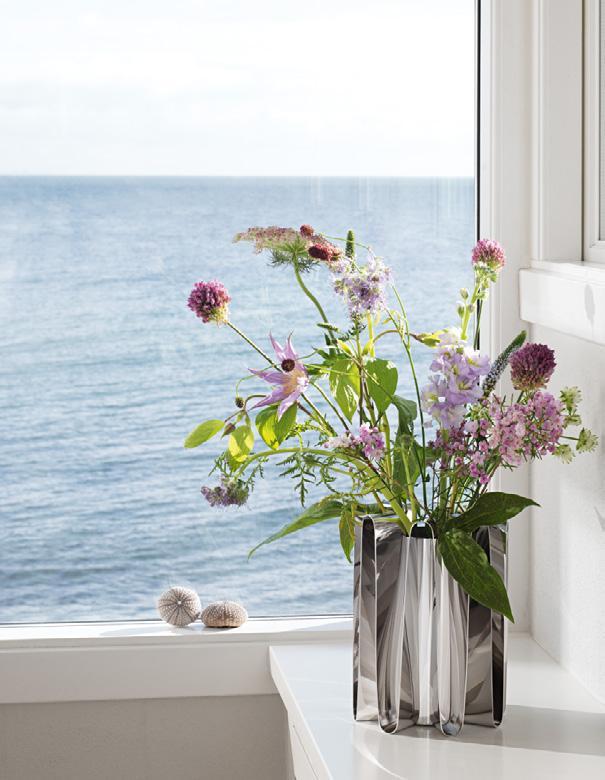
NEW SOFTWARE called AR Instantly, by the firm Geopogo, could be game-changing for architects and consumers, as “augmented reality for the built environment” or “3D made simple,” CEO/co-founder architect Dave Alpert says. Currently operating out of UC Berkeley’s startup accelerator SkyDeck, Alpert and his team can construct virtual buildings on a site.

TECHNOLOGY IS SHRINKING TIME and space.
THE 1898 GERMAN LUGGAGE company Rimowa, whose distinctive designs include 1937 ribbed aluminum luggage inspired by aircraft construction and similar cases made of polycarbonate since 2000, is now a part of the French LVMH luxury brand, which has opened a tony new Rimowa store in San Francisco’s Union Square area. Housed in a historic building, the new 1,400-square-foot space features a luggage carousel design that has aluminum and polycarbonate details. Polycarbonate luggage can be personalized with in-store heat embossing. Alongside new sage, saffron, coral and slate cases, look for vintage limited-edition pieces from the brand’s archive on display. rimowa.com


Google tech has streamlined mapping, and now a San Francisco company called Wescover can, with Google Lens, help people find creators of art or furnishings easily. The artist or maker has to be registered with Wescover to enable users in a public space like a hotel or restaurant to aim their phone cameras at something they like, and link to metadata accessible through Wescover and its “virtual gallery.” Co-founded by Israeli engineer-turned-entrepreneur Rachely Esman, Wescover has cataloged over 35,000 artworks and has “7,500 creator brands and individuals registered,” Esman says. As many as 1,000 design objects are being cataloged daily. wescover.com
“With AR Instantly, you can bring a BIM (building information model) into a flexibly scaled AR model with only two button clicks on the desktop and no custom effort,” Alpert says. For example, with AR Instantly and a headset, designers, proponents or opponents of a project can assess its potential physical impact on a site in advance; they can also “walk” untethered through the “structure.” Colors and other construction details on this kind of architectural model can be changed in an instant, and economically, because a Geopogo headset and AR Instantly software license starts for the relatively low price of about $9,500. geopogo.com
AT AGE 90 , Sir Kenneth Grange, a founder of the design collective Pentagram and design director of the British Anglepoise company, has created Type 80, a new line of Anglepoise lamps that have timeless profiles and innovative “halo” features that allow light to “spill” over their conical shades. The table lamp has sprung joint mechanisms, cables routed through the arms and an on-shade on/off switch. The wall sconce and ceiling rose options are easy to install. Ultra-matte colors include rose pink, pistachio, gray mist and matte black. Prices range from $160 to $295. anglepoise.com


28 WINTER/SPRING 2020 SPACES DESIGN SPOT
throw a cocktail party

– just because. freshen up your pad and raise a glass to old friends












GEAR UP FOR COMPAN Y .

OVER 65 SHOPS & RESTAURANTS INCLUDING:

COLUMBINE
CRATE AND BARREL
ETHAN ALLEN
Paper source
SUR LA TABLE
THE CONTAINER STORE
Urban outfitters


CREATED WITH LIFE IN MIND
shoptowncenter.com










@SHOPtowncenter

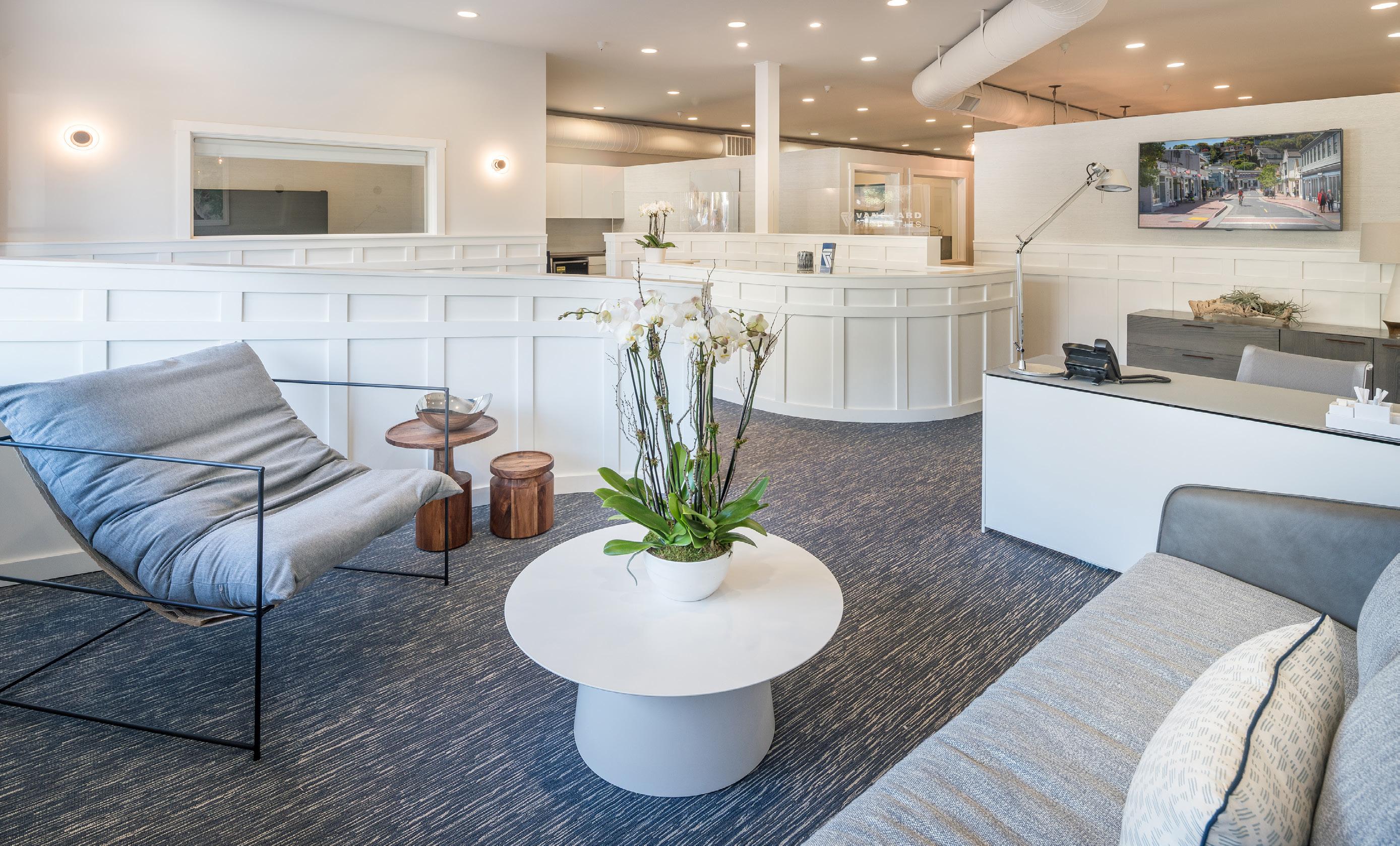

SAN FRANCISCO | MARIN | WINE COUNTRY | EAST BAY MARIN OFFICES 352 Miller Avenue, Mill Valley | 1118 Magnolia Avenue, Larkspur | 1690 Tiburon Boulevard, Tiburon DRE# 01486075 | vanguardproperties.com WE HAVE ARRIVED. Vanguard Properties is Proud to Announce Our Newest Location in Downtown Tiburon. MARIN OFFICES
Brad Krefman | BK Interior Design
DESIGNER CLARA BULFONI of San Francisco’s Geddes Ulinskas Architects maximized a small bathroom with a freestanding 41-inch round Siglo Japanese soaking tub wrapped with a custom “skirt” or “inverted barrel” of L-shaped walnut wood slats attached to white painted rubber belts. It is complemented with plaster walls by Bay Area firm TBC Plaster, Zellige tiles from Marin’s Clé, a Spokes pendant light from Foscarini and shower and faucets by Kohler. ularch.com; tbcplaster.com; cletile.com
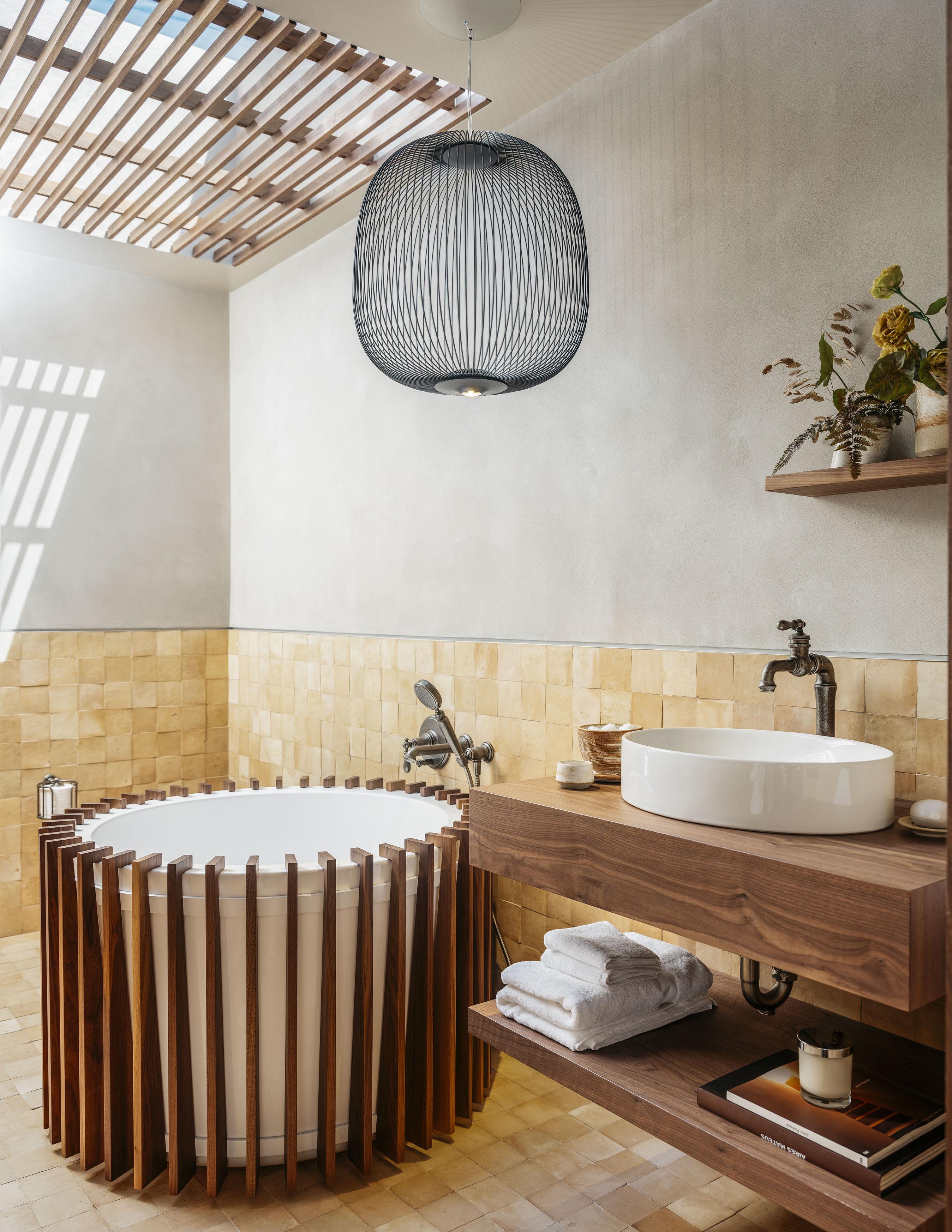
SPACES WINTER/SPRING 2020 31 PHOTOGRAPH BY CHRISTOPHER STARK
GALLERY
On
EDITED BY LISA BOQUIREN
OBJECT LESSONS
Going Local







32 WINTER/SPRING 2020 SPACES GALLERY
NUAGE 2 designed by Roberto Tapinassi and Maurizio Manzoni features a metal structure with foam seat and backrest upholstered in Altica fabric (as shown). Swivel base in lacquered or chrome metal has automatic return mechanism with position memory. Pricing upon request through Roche Bobois. roche-bobois.com
VENUS SCONCE by Fuse Lighting is made from polished brass with a hand-carved alabaster globe with LED (Title 24 compliant). Price upon request through Hewn. hewnsf.com
DRAPE SKIRT 18 CHANDELIER by Karen Gilbert + Paul Pavlak for SkLO consists of 18 individual pendants gathered into groups of three and supported by a series of six brass “skirt” structures arranged around a brass ring. Price upon request through Arkitektura. arksf.com
MANTO OUTDOOR SIDE
TABLE by Nby Coco
Republic is constructed from powder-coated aluminum in a charcoal finish and features a removable tray. From $225–$235 through HD Buttercup. hdbuttercup.com
BOLERO RAVEL by Roberto Lazzeroni for Poltrona Frau features a single slab, barrel-shaped marble top on a self-supporting easel structure wood base. Price upon request through DZINE. dzineliving.com
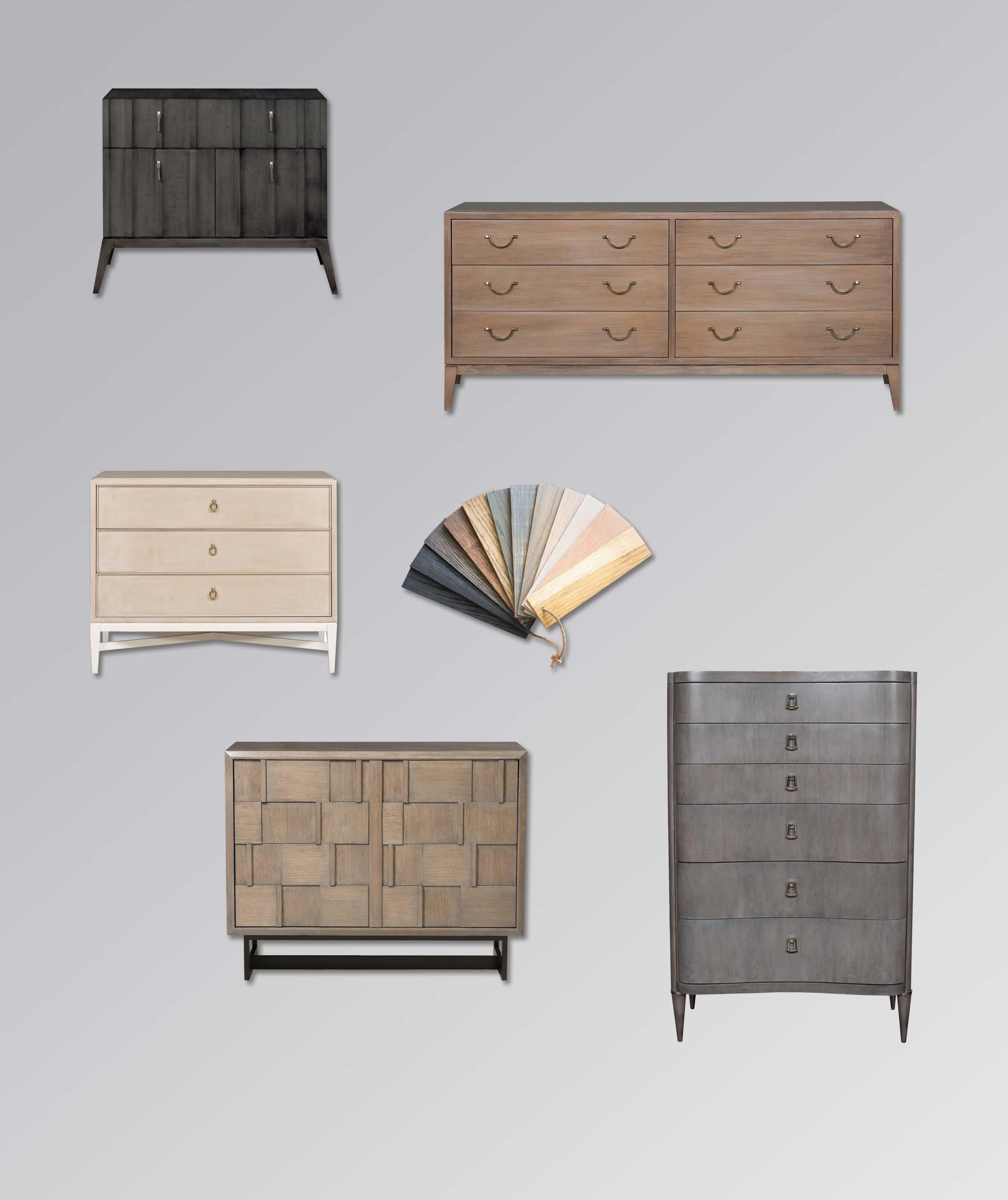
www.sunrisehome.com 831 B Street San Rafael CA 94901 415•456•3939 SUNRISE HOME Select any style and then choose your base, drawer fronts, finish and hardware. With our magic wand we create something uniquely We have a cool new “DESIGN YOUR OWN” program where you can virtually create the perfect nightstand or dresser ideal for your needs. Custom!
SOLFÈGE CHANDELIER, made from solid brass with dark bronze exterior and antique brass interior finishes, features LED lamps and an adjustable five-foot overall drop. Available for $3,700 through Tazi Designs. tazidesigns.com

CALYX OUTDOOR SCONCE is made from powder-coated metal with LED lamp. Available starting at $630 from Cerno. cernogroup.com

natural or ebonized oak and a wrapped Lampakanay seat in matte black or natural finish (as shown). Starts at $7,497 through McGuire. mcguirefurniture.com

NIELSEN LEATHER CHAIR shown in Italian Berkshire Cocoa leather with Brushed Brown Oak finish is offered in 21 leather upholstery options and four oak finishes. Starts at $1,496 from RH Beach House. rhbeachhouse.com


HAIKU SIDEBOARD features a polished white marble inset top, solid mango wood frame with black finish and solid oak doors with natural finish. Available for $1,999 at Crate & Barrel. crateandbarrel.com

34 WINTER/SPRING 2020 SPACES
EUCLID DAYBED by NICOLEHOLLIS for McGuire features distinctive angled legs in
E004 EMBRACE CHAIR BY EOOS for Carl Hansen & Søn features a wooden frame with upholstery options in leather and fabric (as shown). Price upon request at Carl Hansen & Søn. carlhansen.com
GALLERY


Lighting Design l Control Systems Electrical Contracting l Maintenance & Service 285 Bel Marin Keys Blvd., Suite G, Novato artisticlightingcorp.com l 415.382.9500 In the right light, at the right time, everything is extraordinary. - aaron rose Celebrating 50 years in business! PHOTO: TREVE JOHNSON PHOTOGRAPHY INC Full Service Electrical Contractor Since 1969
NORA LOUNGE CHAIR AND OTTOMAN by Norm Architects for Design Within Reach features a solid wood base with upholstery options in either Kalahari leather or fabric (as shown). Lounge chair $1,995–$2,995 and lounge chair and ottoman $2,995–$4,095 (ottoman not sold separately). dwr.com

SYLVIA PENDANT
by Nicole Hollis for Phoenix Day is made from solid brass in satin finish with handblown glass shade. Trade pricing upon request at Sloan Miyasato. sloanm.com

MARIUS TALL CHEST by Industry West x Harto is made from MDF and oak veneer with solid oak legs. Available through Industry West for $1,750. industrywest.com

ROUNDHOUSE TALL SIDE
TABLE features a white oak veneer top on a black powder-coated steel base. Available for $399 at Blu Dot. bludot.com

PEBBLES designed by Boris Kimek features an LED lamp made from handblown Czech crystal. Available in several color and configuration options including No. 3 (as shown). Pricing upon request through Lunaria-West. lunaria.us

COTONE SOFA by Bouroullec Brothers for Cassina features an extruded aluminum frame in four colors, including red (as shown) with padded upholstery. Price upon request through Arkitektura. arksf.com

36 WINTER/SPRING 2020 SPACES GALLERY
I T TOOK 400 GRAPES , PRESSED , FERMENTED , RACKED , AGED IN OAK AND CELLARED FOR YEARS TO CREATE YOUR B ORDEAUX ROUGE .









D ON ’ T LET THAT BEAUTY GO BAD IN STORAGE . PRESERVE IT WITH PERLICK.


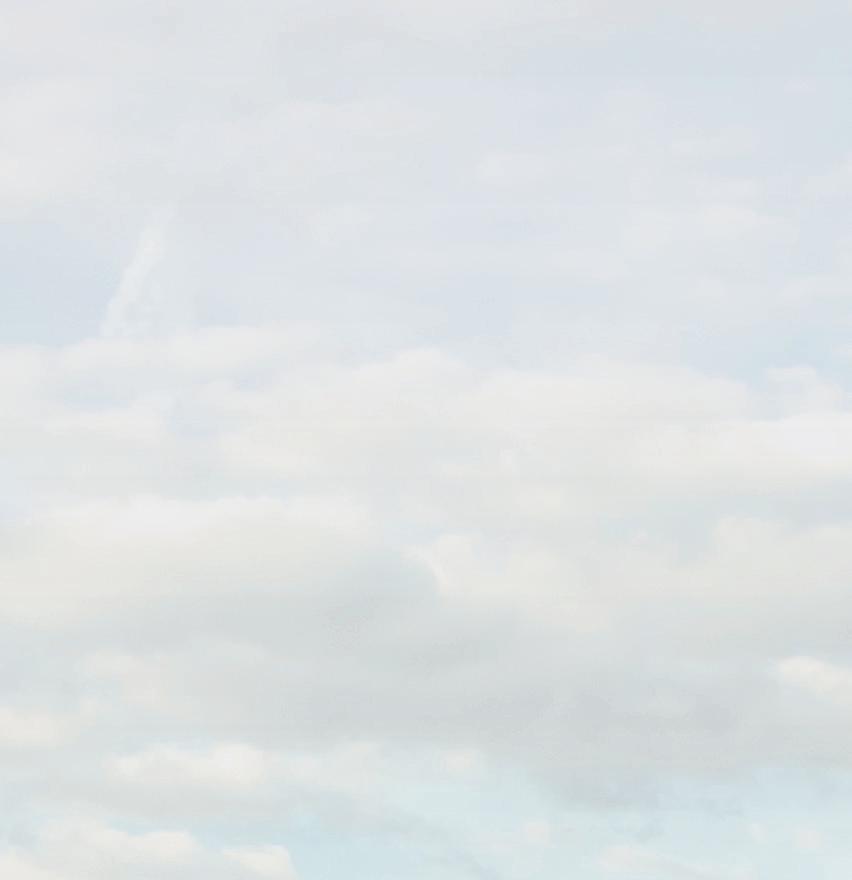
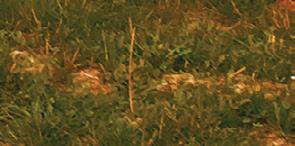
A good Bordeaux rouge is an investment. The slightest vibration, inconsistent temperature or shifts in humidity can affect its aging. And that can affect your enjoyment. Perlick has spent the last one hundred years perfecting wine preservation. Our system is unparalleled, awardwinning and trusted by the pros.





Now, that commercial performance is available for your home. Carbon air ltration, UV-protected glass, precision temperature control and our exclusive, dynamic humidity-control sensor create the industry’s leading wine preservation system. Do what the pros do. Trust Perlick to protect your delicious little investments.

PERLICK.COM © 2019 Perlick Corporation. All rights reserved. Find a dealer near you at: www.waterinc.com / 800-322-WATER
Ballroom Wonderland
A FORMERLY FADED NEOCLASSICAL 1,800-square-foot basement ballroom, reimagined by San Francisco’s Applegate Tran Interiors as a dark and moody nightclub-like lounge, was one of the most original and daring spaces at the 2019 San Francisco Decorator Showcase. Against its backdrop of black ebony stained hardwood floors and high-gloss dark green painted walls and ceilings, dizzying yet exhilarating patterns, achieved with fabrics, ceramic tiles, veined marbles, lacquers and gilding, were complemented by commissioned art. One standout: several clear acrylic panels bearing fragments of Renaissance-style paintings by Linda Horning were suspended from the ceiling so that when the fragments overlapped — like old-fashioned animation cels — complete pictures came into focus. Also on view: Korean artist Seon-Ghi Bahk’s suspended columnar charcoal sculpture from his An Aggregation series and a backlit “starburst” acrylic-and-resin wine rack designed by Vernon Applegate and Gioi Tran. Several groupings of lounge furniture included one with a white Sydney sofa from Poliform, designed by Jean-Marie Massaud, that grounded the busy but surprisingly chic space.
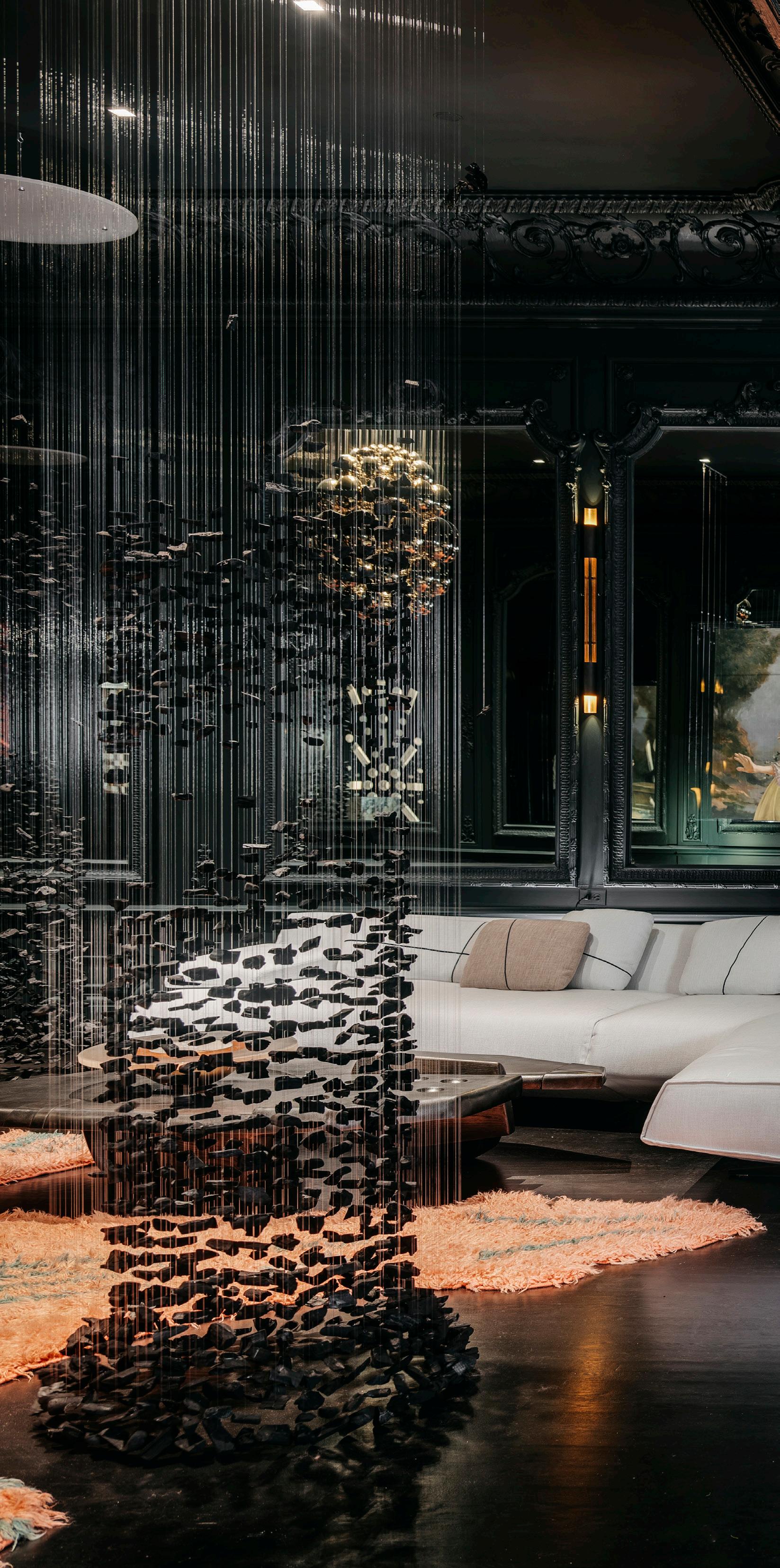
38 WINTER/SPRING 2020 SPACES
SHOWSTOPPER BY ZAHID SARDAR
RIght: Look for decorative tiles on the raised stage from Artistic Designs for Living, stone slabs and marble details from Da Vinci Marble, colorful ceramic vases by Roger Herman from Carpenters Workshop Gallery, a globular Uovo chandelier from Lasvit and an orange custom rug from Safar. Orange Wonderland wallpaper by Elitis, inset into several wall panels, is from De Sousa Hughes.
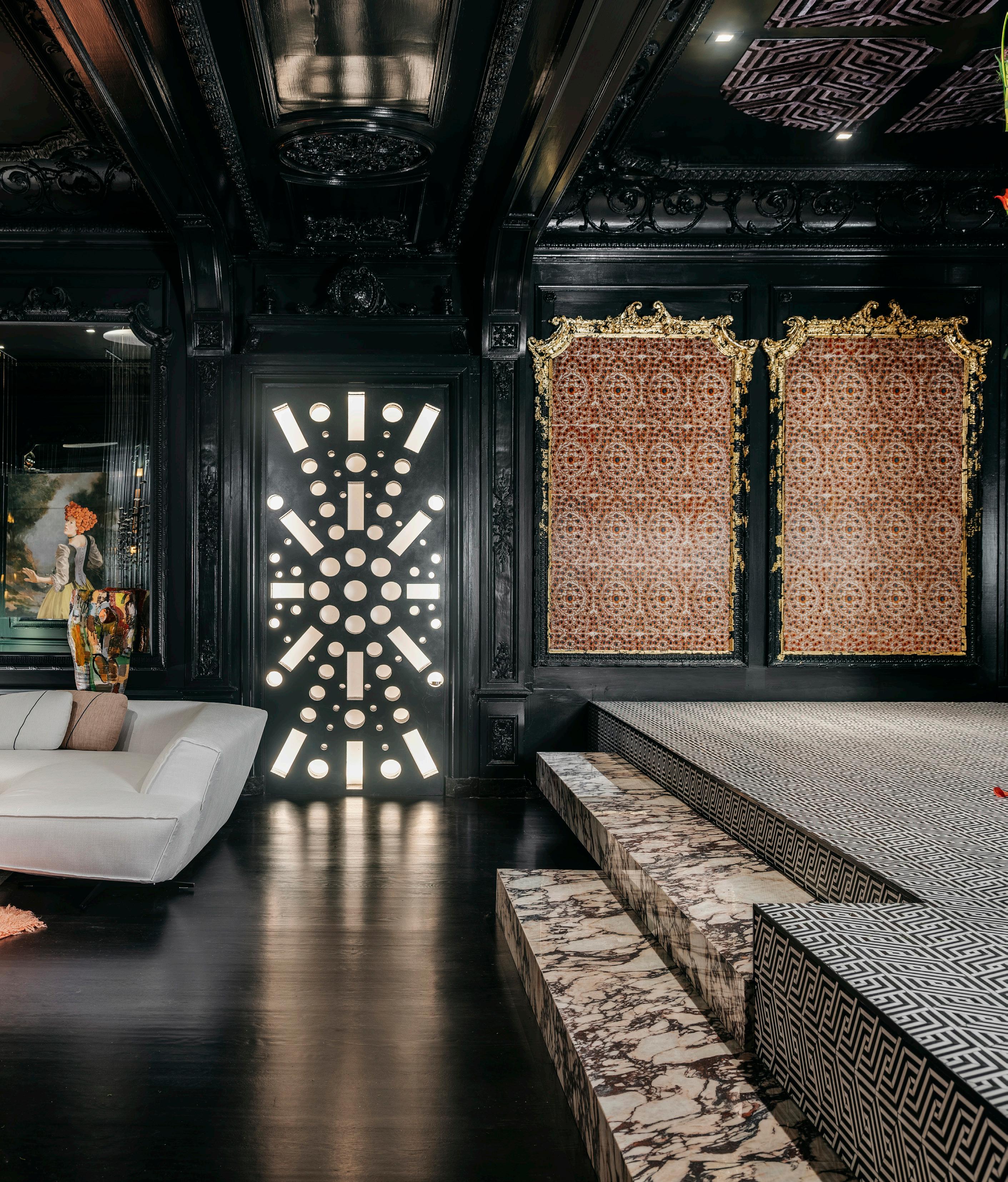
PHOTOGRAPH BY CHRISTOPHER STARK
IN THEIR OWN WORDS
Designer Charles de Lisle shares design notions in our “Space Makers” podcast. Here are some highlights; listen to the full conversation at marinmagazine.com/podcasts.


THE SAUSALITO DESIGN COLLECTIVE of Charles de Lisle creates bespoke fabricated furniture, innovative lighting, decorative arts, cutting-edge interiors and landscape projects often seen in design publications, including SPACES, New York Times T Magazine, The Wall Street Journal and more. The firm was noted on Architectural Digest’s top 100 list.
On second homes
De Lisle enjoys the concept of a humble wood building made sophisticated through design. “Growing up in the ’70s, I loved the romantic idea of a barn. I think it’s still very cool now.”
On his heroes
“A show of William Wurster’s work at SFMOMA back in the ’90s was really inspirational; the buildings were really beautifully put together, simple but different.” To de Lisle, Wurster offered a new way of thinking about living in California.
On mastering one’s craft
The designer says it’s about being deft at finding solutions, whether it’s looking at color, understanding how egresses work in buildings, even knowing how to facilitate purchasing something. “It’s about honing your skills so you don’t have to think about those skills — so you can focus on the part that makes it special.”
On restoring/not redecorating “When clients are really interested in design and design process, a house becomes more about story than about image.”
On working with creatives
Artist J.B. Blunk’s protégé Rick Yoshimoto carved a giant wooden sink out of one piece of wood. “At first it seems super familiar;
it doesn’t seem bizarre. Then you realize it is a solid piece of wood and not made of veneers — it is this crazy object. And all of a sudden, it is a piece of art.”
On collaborating with David Alhadeff of The Future Perfect on a new lighting collection
“Our idea was to build a basic set of lighting that could fit anywhere: in a modern or a traditional house, an Arts and Crafts house, a beach house, an apartment.” The inspiration? Cherry blossoms and bicycles.
On working on stores for fashion designer Rachel Comey
“The idea was to make a more masculine, brutal space that would hold beautiful clothes for strong women.” How did he do it? Rough surfaces versus soft things. “It was all mixed together to be a little jarring and it’s kind of what she does with her clothes. I’m a huge fan.” n
40 WINTER/SPRING 2020 SPACES SPACE MAKERS BY DAN JEWETT
DANIEL DENT (TOP); MATTHEW MILLMAN (LEFT)
Above: Charles de Lisle at home in Mill Valley. Left: De Lisle was brought in to design a model home for San Francisco’s $850 million tower at 181 Fremont. His goal was to show how condo units could appeal to a younger buyer.







BURN, BABY BURN
A compelling, inclusive exhibition of art from Burning Man comes to the Oakland Museum.


FUTURISTIC, INVENTIVE, KINETIC AND INTERACTIVE art — the essence of Burning Man, the annual Labor Day fest in Nevada’s Black Rock Desert — is the subject of No Spectators: The Art of Burning Man. This traveling show, organized by the Smithsonian American Art Museum’s Renwick Gallery, debuted on the West Coast in October, and its finale show, at the Oakland Museum of California, runs through February 16, 2020.
“It is really wonderful to bring these works home,” says OMCA curator Peggy Monahan, pointing to the many Oakland-made creations, the likes of which often are seen only at Burning Man. She has placed much of the exhibition in the museum’s hall and gardens and encouraged local artists’ studios that produced many of the pieces to offer interactive programs that bring No Spectators to life.
Staged on a dry lake bed 100 miles from Reno, Burning Man’s so-called Black Rock City encampment encircles a stylized effigy of a man that is burned each year at the end of the event. The
42 WINTER/SPRING 2020
Above: “Shrumen Lumen,” 2016, by FoldHaus is a grouping of illuminated mushroom sculptures, photographed by Ron Blunt.
Right: “Trocto,” 2014, by HYBYCOZO is a latticed lantern, photographed by Ron Blunt.
extraordinary nine-day gathering of more than 70,000 people has come a long way from its origins: a convivial summer solstice bonfire on San Francisco’s Baker Beach, where a group of friends, including event founders Larry Harvey and Jerry James, burned an eight-foot driftwood figure in 1986.
That ritual began annually attracting artists, all seeking a kind of unfettered creative common space, and the burgeoning festival moved to Nevada’s desert in 1990. Since 2000, temple structures made from recycled materials by artist David Best and other volunteers have been a beloved feature. Other large artworks, crafted elsewhere and assembled on site, joined the “Man,” and fantastic bizarre cars breathing flames and belting out music began to roam Black Rock City’s open playa.
In this enormous madcap “gallery” the stylized Man also grew in size — sometimes higher than 100 feet tall.
Over time, the original free-spirited bohemian participants of Burning Man have been joined, and perhaps overshadowed by, deep-pocketed Silicon Valley tech celebrities and global media artists, but the bohemian spirit endures even in some of No Spectators’ elaborate tech-driven works.

Experimentation, collaboration and creativity infuse the more than 300 art installations that spring up at Burning Man. One of the Oakland studios behind these iconic sculptures, for instance, is the Crucible, an industrial arts education enclave that creates jewelry, costumes, paintings and even some large “mutant’” altered vehicles for the playa.
“Burning Man artists like David Best are our neighbors,” Monahan says. That’s proved an advantage. Since the temple Best created for the Renwick debut show had to remain there, OMCA was able to easily acquire a replacement: Best’s 40-foot-tall version, displayed in the museum’s garden, where people are encouraged to leave remembrances that will be saved and burned at next year’s Burning Man temple.
“Other works actually created for the playa are also exhibited outdoors here, and that made more sense,” Monahan adds. An example is East Bay artist Marco Cochrane’s 18-foot-high Truth Is Beauty, a welded-metal sculpture of a sinuous woman. It is joined by New Orleans artist Candy Chang’s famous participatory creation Before I Die — a chalkboard where people can write their top bucket-list items.
For those who want to delve deeper into Burning Man history, OMCA also presents a companion show, City of Dust: The Evolution of Burning Man, organized by the Nevada Museum of Art in Reno.




Overall, “we really tried to stay close to the Renwick Gallery’s choices,” Monahan says. That guideline, while useful, was hard to stick with, as there are many works temptingly nearby the museum could have added. Instead of doing that, she decided to involve reallife “burners” from the Bay Area as guides to the show.
“The pieces in the exhibition are the result of artists’ collectives or groups of people coming together to make art,” she points out. The museum itself already has an ongoing Burning Man kind of vibe, complete with food trucks and music on Friday nights, and “we are constantly trying to make such connections,” she says.
In that spirit of community, Monahan and her team, along with Rachel Sadd, executive director of East Bay maker-space Ace Monster Toys, added workshops for making origami cranes, necklaces and recycled-material gifts for visitors to take home. Or, perhaps, to burn? n museumca.org/exhibit/no-spectators-art-burning-man
BY REED WRIGHT FOCUS
Above: “Evotrope,” 2009, by artist Richard Wilks is an interactive piece, photographed by Libby Weiler.
Left: One of artist Serena de la Hay’s “Wicker Figures,” 1992, photographed by John F. Martin.
Right: Artist Duane Flatmo’s “Tin Pan Dragon,” 2006, is composed of baking trays and other tin pans. Photographed by Libby Weiler.
Below: Artists Michael Garlington and Natalia Bertoli created “The Paper Arch,” 2018, an elaborate collaged construction, photographed by Ron Blunt.
Above: A 1996 aerial view of Black Rock City, where each year the crowd continues to swell. At last count there were more than 70,000 at the peak of the nineday Burning Man festival.
January 15, 2019
Preview Gala Benefiting the San Francisco Museum of Modern Art
Altman Siegel
Andrew Kreps Gallery
Anthony Meier Fine Arts
Berggruen Gallery
Blum and Poe
CONVERSO
Crown Point Press
David Gill Gallery
David Zwirner
Demisch Danant
Fergus McCa rey
Fraenkel Gallery
Gagosian
Galerie Chantal Crousel
Gallery Fumi
Gladstone Gallery
Haines Gallery
Hauser & Wirth
Hosfelt Gallery
Hostler Burrows
James Cohan
Jason Jacques Gallery
Jenkins Johnson Gallery
Jessica Silverman Gallery
KARMA
Kasmin
kurimanzutto
Lebreton
Levy Gorvy
Luhring Augustine
Magen H Gallery
Marian Goodman Gallery
Matthew Marks Gallery
Mercado Moderno
Modern Art
Nathalie Karg Gallery
Nicholas Kilner
Pace Gallery
Patrick Parrish Gallery
Paula Cooper Gallery
Perrotin
R & Company
Ratio 3
Reform/The Landing
Sarah Myerscough Gallery
Sprüth Magers
Tina Kim Gallery
Volume Gallery
F O R T M A S O N C E N T E R fogfair.com J A N U A R Y 16–19, 2020
BY ZAHID SARDAR MAKERS
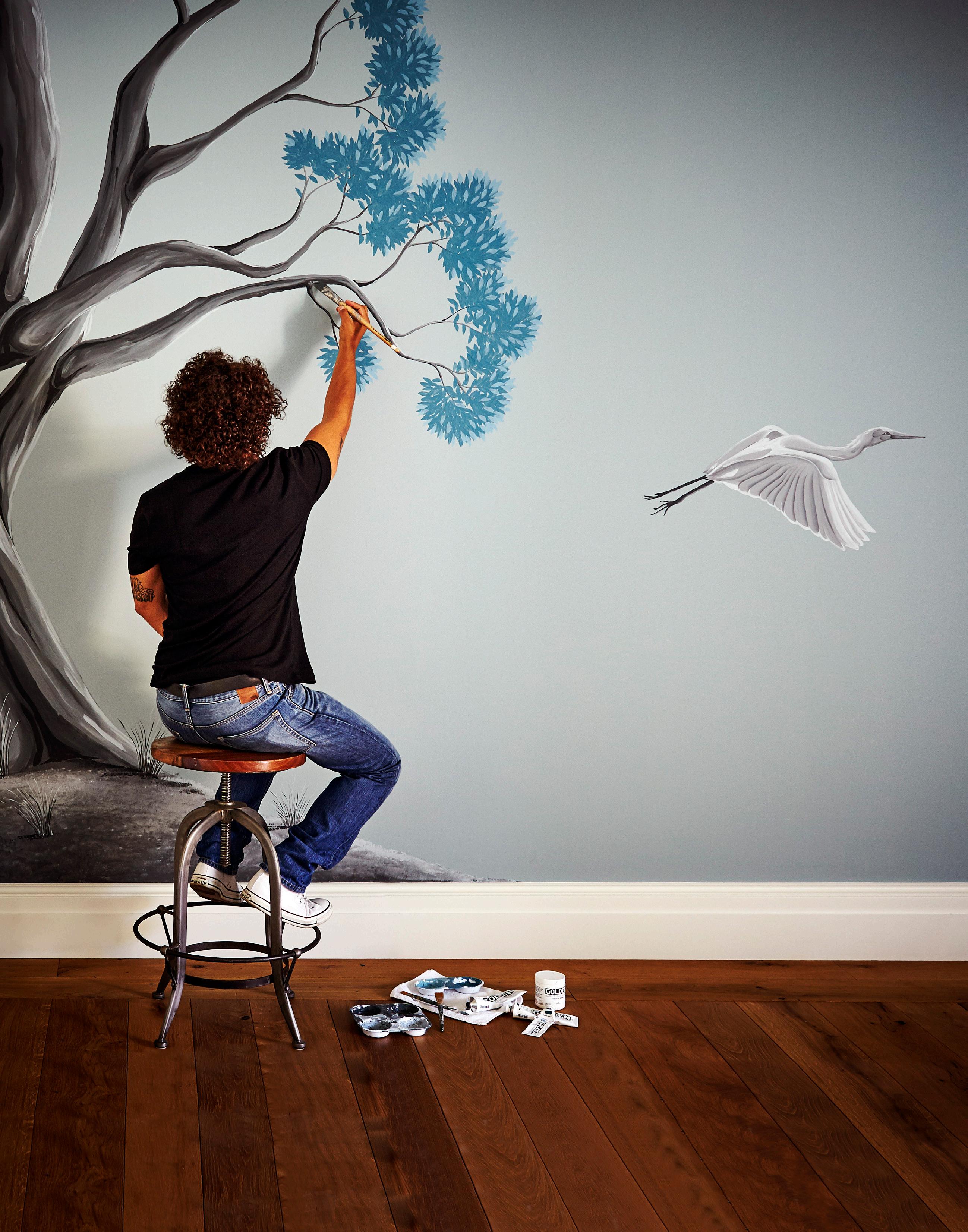
PHOTOGRAPHS COURTESY OF RAFAEL ARANA SPACES WINTER/SPRING 2020 45
A San Francisco artist draws on his entire experience to transform interiors and walls.
RAFAEL ARANA’S NEW WORLD
Artist Rafael Arana works on a lyrical mural in an attic bedroom inside a
San Francisco Victorian.
IN ESSENCE , muralist Rafael Arana’s innate talent for beautifying spaces parallels what his Salvadoran parents do for a living: housekeeping and window washing.


“I knew nothing about the design world,” he says. But, born and raised in San Francisco alongside his two sisters, this 30-year old was always drawn to doodling. Encouraged by teachers in grade school, “I saw that I could be an artist. I saw that it was possible,” he says.
He went on to study art at UC Santa Cruz and, armed with a degree, he looked forward to being a fine art painter — until a serendipitous introduction to interior designer Ken Fulk’s home-staging business in 2012 spun him into a different, wider world.
For a year he churned out small pieces to be hung in houses that were for sale, as well as “little canvases for kids’ rooms,” Arana says. “Then, slowly my mentors, Daryl Serrett and Philip Buscemi in the interior design department for Ken Fulk Inc., invited me to help with murals. That is how Ken noticed me.” Arana was hired full time in 2013; within a year he became one of several in-house artists and the only muralist and was called on for a range of skillful work, including concept drawings and painted furniture.
“My first big project was painting a mural Ken designed for his dining room in Provincetown,” Arana says. It was supposed to be sketched, approved, enlarged, transferred to the plaster walls and painted in two weeks, but even though he labored on it 16 hours every day, completion took three weeks.
Still, Fulk loved it, and more than a dozen other eclectic, unusual projects followed. For Three Sticks Winery in Sonoma, Arana painted an exterior mural to celebrate General Mariano Vallejo, who was responsible for some of Sonoma County’s first adobe structures; the on-site Vallejo-Castaneda Adobe, built by the general’s brother Salvador Vallejo, has a rich Mexican/ American past that bilingual Arana knows well.
The general and his horse, rendered in a doodling, linear style, are among the artist’s favorites. In the winery’s powder room he painted a colorful pattern of thistles that drew inspiration from the design of a Timorous Beasties wallpaper that would have been impossible to glue onto the undulating surfaces. Drawing in black-and-white against textured adobe comes naturally to Arana, but is not something he gets

to do often. “I also work on fine troweled plaster in more rendered styles,” he says.
For instance, in a master bathroom for a house in Vail, Arana painted a moody forest scene with realistic and stylized animals. In San Francisco at Fulk’s Saint Joseph’s Arts Society, in a chapel-turned-banquet-room, he conjured a monochromatic “Roman-style temple surrounded by a California country landscape, to provide a peaceful feeling when you walk in.”

A mural depicting neon signs evoking graffiti artist Drew Straker and a hallway decoupage of simulated comic-book pages “light up” the walls of Detour, a new San Francisco bar.
“Usually a designer has a vision for the artwork and I come up with a sketch on paper or on an iPad,” says Arana, who has become proficient with Procreate software. Although the final design is usually transferred using a grid onto a prepared or primed surface, sometimes he prefers to draw it freehand. In almost every case, though, Arana uses acrylic wall paint from Precita Eyes, his go-to brand because it has a wide range of fade-resistant colors and dries faster than oil paint.
However, one 2015 showcase project, for a House Beautiful kitchen-of-the-year in New Orleans, had to be done in record time, forcing him to find a new medium. He discovered colored pastels. He completed the pastel drawings on textured canvas-like wallpaper in San Francisco; they were then shipped and swiftly installed, with only a little seam touch-up needed at the other end.
“Normally my murals start with a drawing, but here the drawing was the finished piece,” he marvels, thrilled with that development.
Last year, armed with his bigger toolkit and years of experience, Arana set out alone. Based in Los Angeles, he has become an itinerant muralist up and down the coast, and new names on his client roster include Bay Area interior designers Kimberly Rider and Marie Fisher.

Ever versatile, he is happy to bend to a client’s vision but increasingly finds himself leaning toward a surrealist style inspired by Salvador Dali, the surfer/graffiti artist Barry McGee and other creative heroes. Sometimes his lines even resemble those of contemporary Bay Area muralist Zio Ziegler, whose work he admires, and while he hones his craft, he keeps on learning.
“My parents pushed education a lot because they were stripped away from their own when they left El Salvador. For the longest time I was doing well in school just for them,” Arana says. “But now, it is also for me.” n
46 WINTER/SPRING 2020 SPACES MAKERS
Top to bottom: Arana’s mural for a dining room at Ken Fulk’s Saint Joseph’s Arts Society in San Francisco; a linear work for the Coltrain Gym; Arana at work; a forest scene for a master bathroom in Vail; a mural depicting General Mariano Vallejo and his horse at the Three Sticks Winery in Sonoma.


Interior Design • Project Assistance • Staging ROBERT FEDERIGHI I nc . RobertFederighiDesign.com • 415.884.9600 • 38 Hamilton Drive, Novato, CA • License #770613 Call Us Today For An Appointment
COME TOGETHER
Obsolete purpose-built structures are morphing into multiuse gathering spaces.
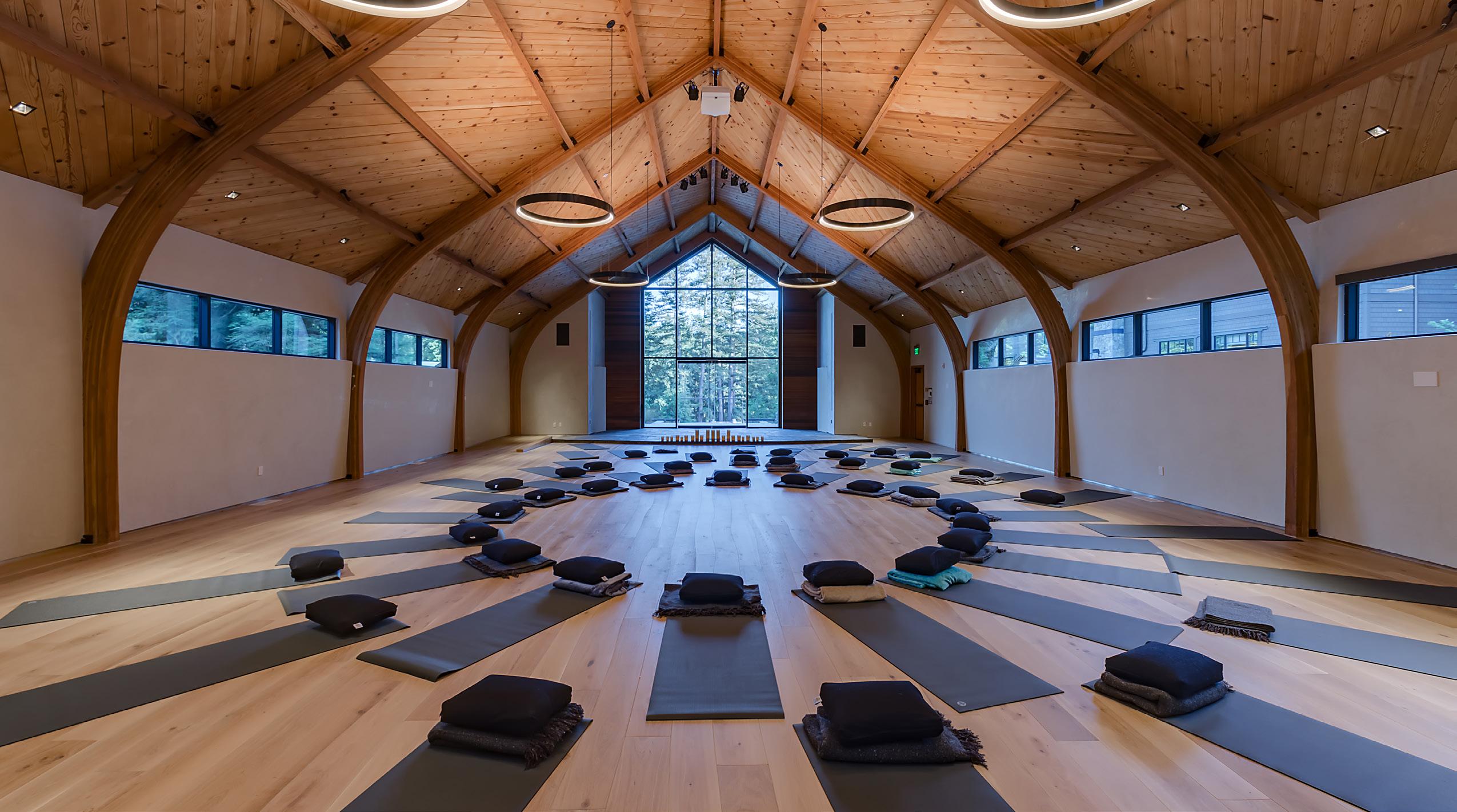

IN OUR TECHNOLOGICAL AGE , as brick-andmortar businesses and institutions fade, buildings designed to house them also lose their purpose. But entrepreneurs and designers are finding ways to make them multifunctional and versatile. Several solutions in the Bay Area, while different from each other, share one thing: they promote a sense of community. In effect, they stand in for the village square — indoor/outdoor spaces that promote interaction and relief from screen-based isolation.
IN SAN FRANCISCO , designers Yves Behar and Amir Mortazavi have revived dusty multilevel office buildings in three different neighborhoods — the Fillmore, North Beach and the Financial District — as co-working spaces called Canopy. Each spot provides stylish tech-ready desks and shareable office space, aesthetically tailored to suit its neighborhood vibe. But every Canopy is also planned as a venue for after-hours panel discussions and social events for pursuits like wine tasting, spirituality and yoga. As Mortazavi says, Canopy subscribers “can share experiences, make connections and build their networks here.”
48 WINTER/SPRING 2020 SPACES
ON THE RISE BY
Designer Dave Allen’s food service counter at 1440 Multiversity on a former Christian college campus in Scotts Valley. Above: The reconfigured chapel.
ZAHID SARDAR
IN MARIN , the Mill Valley Lumber Yard, an old creek-side property with red barnlike structures, lay fallow for many years before new owners Matt and Jan Matthews tried, for history’s sake, to revive it in 2012. They found no lumberyard takers. So they gradually filled the buildings ringing the open space with unpretentious restaurants and flower, fashion and craft boutiques. Last summer Ged Robertson’s casual Watershed restaurant, designed by architect Chris Dorman and featuring chef Kyle Swain, opened in this thriving gathering space. It has clearly filled a need, drawing families, foodies and appreciators of music and good design.
NEAR SANTA CRUZ , Dave Allen, owner of Sonoma home furnishings store Artefact Design & Salvage, brought his design ideas to a newly formed therapeutic community called 1440 Multiversity. Its modus operandi is patterned partly after Esalen, birthplace of the human potential movement, which began in the 1960s at a former hot springs motel near Big Sur. Multiversity also has an interesting backstory. Scott Kriens, former CEO of Sunnyvale software company Juniper Networks, and his wife, Joanie, knew Allen’s store through their interior designer Christine Janson. They wanted to do something meaningful after achieving considerable financial success.
“I grew up with a single mom and went to secondhand stores for clothes as a child,” Joanie says. “I can relate to a lot of people just getting through life, and I wanted to give others an opportunity.”
They set up a charitable granting foundation in their Saratoga home to aid social causes they care about. “I was interested in emotional learning and we wanted to make a difference in the world,” Joanie says. “Giving people a hand up and working hands-on to see them thrive — especially children with disabilities and underserved schoolchildren — was the goal.”
In 2012, as their so-called 1440 Foundation — named for the 1,440 minutes in a day — burgeoned, the Krienses needed to move their foundation office. Their search led to the defunct 75-acre Christian college campus of Bethany University in Scotts Valley, and they bought it.
With that much land available, their plans grew. The Krienses realized they also had room for something along the lines of Esalen and the “emotional learning” retreat in Massachusetts called Kripalu. “What started as a retreat center became a ‘leadership’ destination where you



could learn to be the best person you want to be,” Joanie says, or find, as Scott says, “multiple paths to the discovery of self. After all,” he adds, “we are a sum of our emotional, relational and spiritual selves.”
Several of the campus’s decrepit 1950s buildings were demolished to make room for new ones. With Allen and Janson’s interior design input and help from student designer Taryne Meyer, they restored about a dozen existing houses to accommodate employees and visiting faculty. With architect Jerry Yates, they added ancillary classroom buildings and a new roughly 8,000-squarefoot Japanese-temple-meets-Craftsman-home dining hall called the Kitchen Table.
Yates’ inspiration there was reportedly the lodge designed by architect Julia Morgan at Asilomar in Monterey. Inside, the dining hall showcases an arabesque-tile-covered octagonal food service counter conceived by architect Michael Guthrie, communal tables and benches that Allen fashioned from old Javanese timbers, and forged ironwork and chandeliers by metalwork artisan Jefferson Mack. Gardens with herbs for executive chef Kenny Woods’ recipes were planted alongside vegetables for a cooking-demonstration kitchen occupying one of the few stand-alone modern buildings on site.
Most of the older structures, converted to modern guest rooms, “had to be taken down to studs and re-clad,” Allen says. The dark college chapel with Tudor-esque engineered-wood arches was opened up with a wall of glass that looks out at new landscaping with water features; its new uninterrupted wood floors accommodate yoga classes. A run-down concrete-and-metal amphitheater amid the redwoods was fitted with
SPACES WINTER/SPRING 2020 49
Top to bottom: The facade of 1440 Multiversity’s new Craftsman-style Kitchen Table building that houses food service and dining rooms; the dining room has chandeliers by Jefferson Mack and Allen’s live edge tables; inside the main lobby designed by Allen, walls are clad with recycled lumber.
new live-edge wood benches for transcendental meditation and “forest bathing.”
The freshly minted 1440 Multiversity opened in mid-2017. Since then more than 85,000 students have attended two- to five-day seminars led by a rotating faculty of thinkers, influencers and gurus. Denizens of Google and other tech firms come for philosophical leadership discussions with neuroscientists, artists and others. And for many, the place, with its creek and miles of hiking trails, creates a conduit to nature. “I have taken a number of classes now,” Scott says, for instance, learning meditation techniques from Neurosculpting Institute founder Lisa Wimberger, “to initiate relaxation responses.”
As the campus evolves, managing director Frank Ashmore, who has Ritz-Carlton expertise and a growing staff, is slowly turning 1440 Multiversity from a therapeutic commons to a multipurpose school/hotel/spa resort, complete with labyrinth and infinity-edge hot tub. A few tiered or free scholarships are offered for those unable to afford even the lowest-priced two-day $600 packages. Yet all lodgings have
equally high-quality furnishings. Shareable twobed rooms are available, as are Japanese-style eight-bunk dormitories in the basement of the new 5,000-square-foot auditorium completed in 2018.
Allen used a lot of salvaged and vintage materials for the sparely furnished interiors, with natural rock and driftwood accents. “It all evolved organically because nobody knew how big this project would get,” he says. “My job was to keep excess stuff out.”
IN SAUSALITO , another multipurpose project near completion may well absorb ideas from the others. In 2014, developer James To decided to refurbish the struggling Marin Theatre, on the quiet corner of Caledonia and Pine streets, a block from touristy Bridgeway. “I always look for underutilized buildings,” he says.


With the popular Sushi Ran, Bar Bocce and Joinery restaurants nearby, he envisioned a street-level tenant combining dining, music and movies, not unlike San Francisco’s Alamo Drafthouse or Mill Valley’s Lumber Yard, and offices upstairs, perhaps co-working spaces, in the long-unused loft.
For the development, called 101 Caledonia, he hired Ro/Rockett Design, a Sausalito/Los Angeles–based firm headed by college friend Jason Ro, to revamp the 1911 wood frame building. The company had never done a 14,000-squarefoot commercial project before, but Ro, based in L.A., and Zac Rockett, his Sausalito partner and fellow alum of Harvard University Graduate School of Design, have worked on complex custom homes of similar scale in places like Aspen and Hong Kong and were up for the challenge.

CONTINUED ON PAGE 110

50 WINTER/SPRING 2020 SPACES ON THE RISE
Above: Ro/Rockett’s plan for the top floor is co-working spaces. Right: The street-level space may have a corner restaurant.
Above: Sausalito architecture firm Ro/Rockett’s rendering of what is to come at the site of a former movie theater at 101 Caledonia Street in Sausalito. Left: The 1911 building was born as a garage.
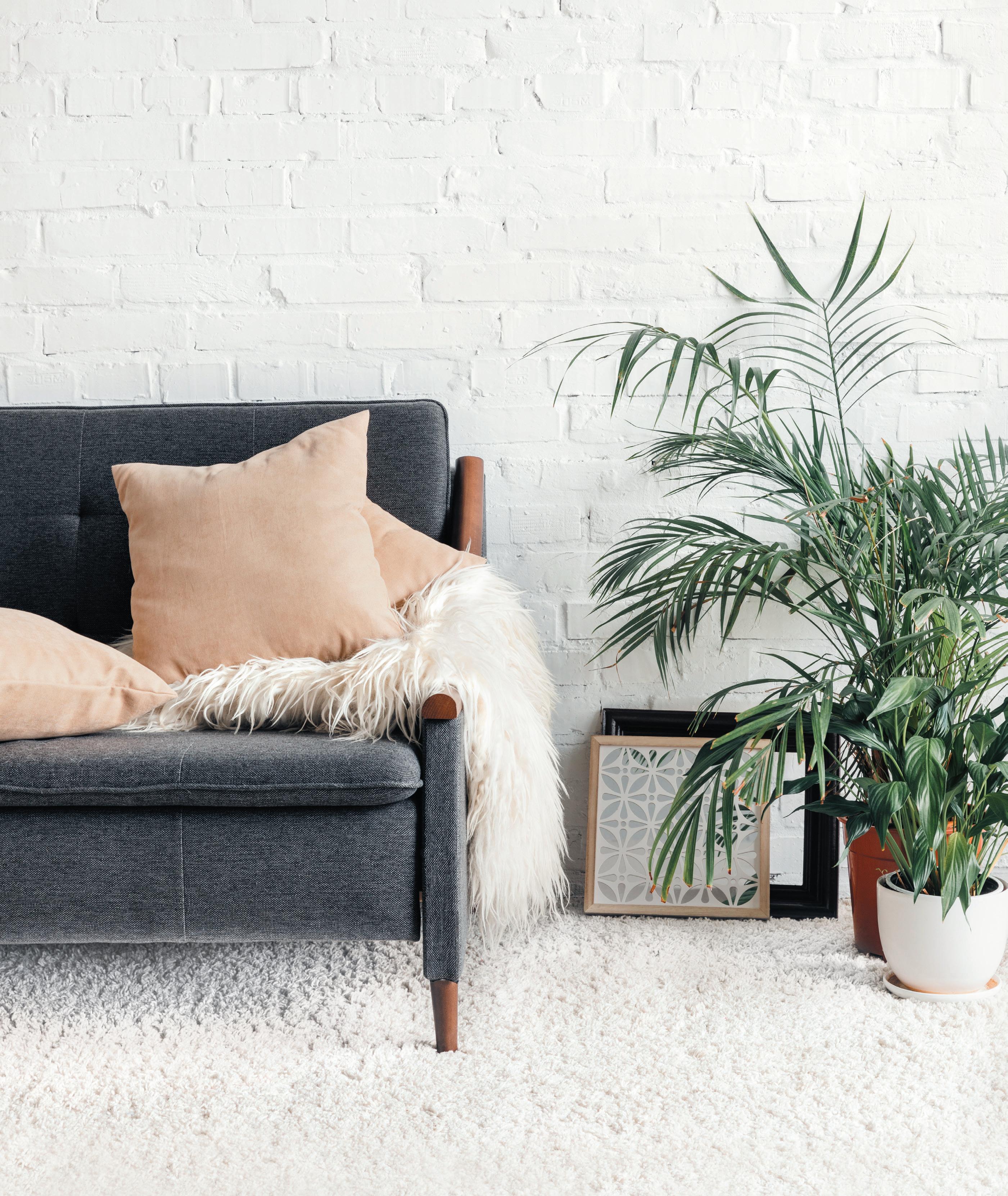
Feather your nest ShopVintageOaks.com EVERYTHING FOR YOUR HOME Costco | Leslie’s Pool Supply | Marshalls | Mattress Firm Nordstrom Rack | Pier 1 Imports | Target



www.city-carpets.com • 415-454-4200 555 E. Francisco Blvd, San Rafael • CSL #746886 Flooring Design Center • Carpet | Area Rugs | Hardwood | Laminate
CATHERINE BAILEY IS REMINISCING about the first time she set foot inside the Heath Ceramics factory and showroom in Sausalito, 17 years ago. She and her husband, Robin Petravic, were exploring their new hometown and stumbled on the 1950s building, which she describes as a “time capsule” of sorts. “It had that feeling of: nobody had come in and injected any new life,” she says. “It didn’t seem like it was thriving at all, but it was very interesting and beautiful in a way.”
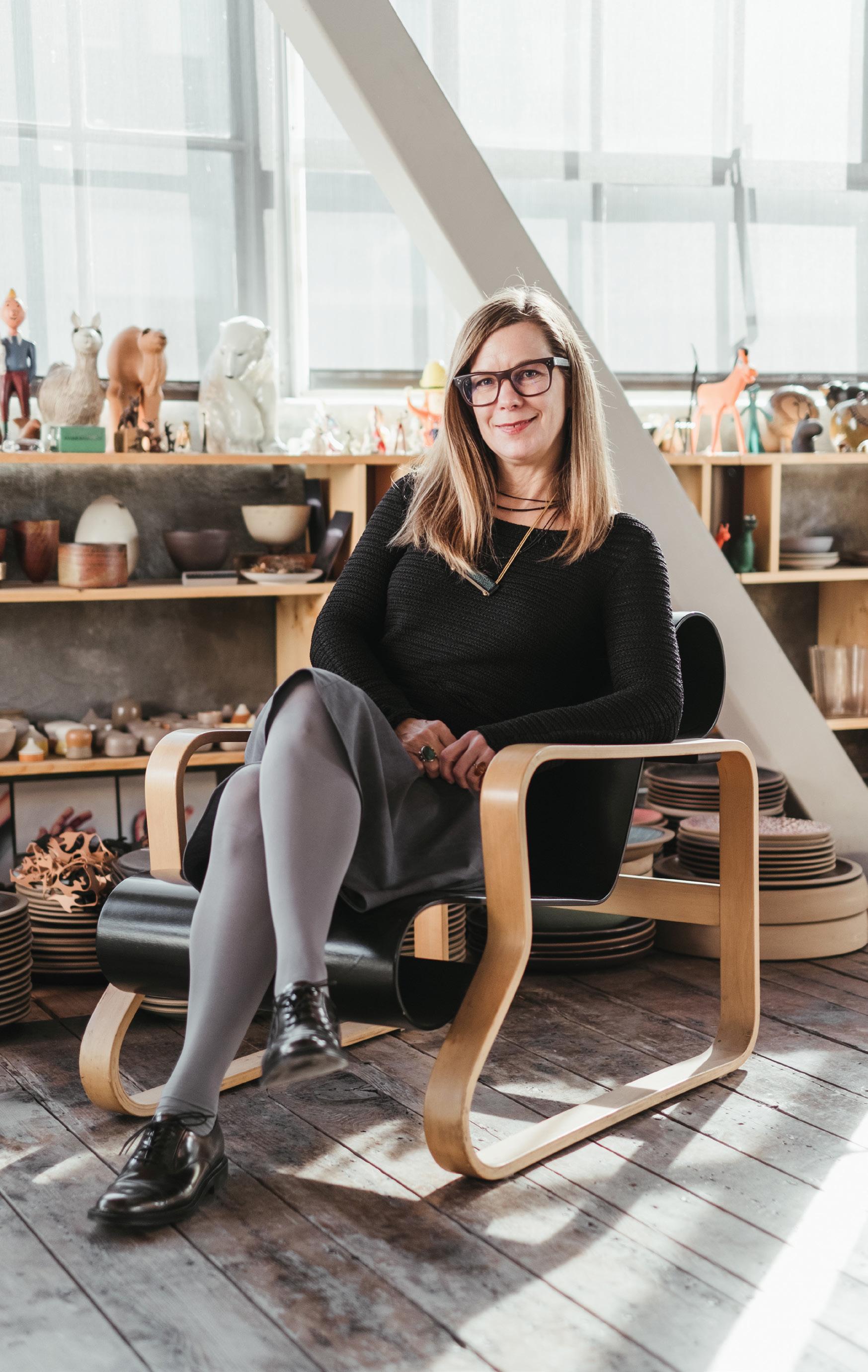
Back then, Bailey was working as an industrial designer and Petravic as a product design engineer. They were looking to take their vocations jointly in an entrepreneurial direction. Having shared an office space and collaborated on projects before, they were already used to their personal and professional lives being intertwined. “We wanted to do something that we could control, that we could have a vision for,” Bailey recalls. “We didn’t feel like we were ready to start a product company, even though that was our love, that was where we came from. We didn’t really see any options — until we saw Heath.”
The company was founded in 1948 by husband and wife Brian and Edith Heath. He took care of the business side, she the ceramic designs. By the time Bailey and Petravic walked into the Sausalito headquarters, Brian had passed away and Edith was suffering from dementia. Seeing the potential in what the Heaths had established, Bailey initially thought, “They need what I’m good at, so maybe I can help. This is a project that I should jump onto. That’s why I started inquiring.”

MADE TO LAST
PHOTOGRAPH BY GRACE YOON OF GREY & ELLE BY ANH-MINH LE VOICES
When Edith Heath’s famed ceramics atelier was presumed dead, creative director Catherine Bailey felt a pulse.
SPACES WINTER/SPRING 2020 53
Although Jay Stewart, a family friend and trustee of the Heath estate, had been in contact with parties interested in purchasing the enterprise, nothing had panned out. “Jay wanted to keep up the legacy, but for it to continue as a business,” Bailey says. “That was our dream, too. Not to just form a brand or re-form a brand that we could sell, but to keep the integrity of something that should be kept, that there should be more of in the world.” Over the decades, the founders’ vision seemed to have been sidelined, as the company was in reactive mode and simply trying to survive. “We wanted to bring back the values and design that made it great in its heyday,” Bailey says. She and Petravic acquired Heath in 2003 and set into motion a “modest plan,” as she puts it. Their roles echo Brian and Edith Heath’s: Petravic is managing director and Bailey is creative director. Her responsibilities are wide-reaching; “I’m orchestrating the feel of everything that the customer experiences,” she says, “from the product to the physical and virtual retail, and events, communications and even factory tours.”
Early on, a write-up in Sunset magazine sparked renewed interest. Customers began popping into the Sausalito location, surprised and delighted it still existed. To increase margins, the couple revamped the pricing structure and focused more on direct sales to customers than on wholesale accounts. They streamlined inventory, dropping some styles and colors. Reaching out to shopkeepers who carried Heath, Bailey learned one reason customers hesitated to buy the Coupe dinnerware line was the size of its Studio Mug, designed by Edith Heath in the 1940s. “It’s too small,” Bailey was told. “They want more coffee!” After studying all the Heath vessels without handles
— “how they connected to the ground or the table” and having a good feel “when cupped in your hands” — she created a new piece that retained Heath’s clean-lined aesthetic. Today the Large Mug, taller, slightly wider and with a more substantial handle than the Studio Mug, is a top seller.

As Heath has steadily grown, it’s not just the dinnerware and tile collections that have expanded. The launch of small-batch Heath Clay Studio for ceramics and Heath Sews Studio for soft goods “keeps the real hands-on stuff happening,” Bailey says: even if technically they don’t accelerate the company’s growth, “it makes me happy because that’s kind of the soul of Heath.” Collaborations with simpatico creators like restaurateur Alice Waters, artist Alabama Chanin and furniture-maker Artek also feel rewarding.




“I have to make sure that what we’re crafting is worth crafting and worth having,” Bailey says. “I also make sure that we’re making decisions that ensure everything is made in a sustainable way and our community is better for these things being created. I need to help our creative team stay focused on choosing projects that push us forward and are honestly interesting.”
The ongoing challenge, as she sees it: “What’s going to keep Heath exciting and what’s going to make people really love the brand still and keep people attracted to it?” Product launches are carefully considered with that in mind: when a colleague noted that competitors were doing triangular tiles, Bailey was open to the idea but felt a new rendition had to offer something special. She and in-house designer Rosalie Wild came up with a Heath-worthy take: the company’s Dual Glaze Triangles, released earlier this year, layers two textures and finishes to create unique color variations and patterns.
For 2020, the Chez Panisse line will be available in an expanded palette; down the road there may be new outposts of Heath Newsstand, the two-year-old magazine, snack and sundry shop adjacent to the San Francisco flagship store. Even as the company continues to branch out, Bailey is adamant that Heath stays true to its design- and craft-driven purpose, relying on intuition more than data. “There are different ways of doing things,” she notes. “For us, it’s not all about the financials. It’s about enabling ourselves to do what we want to do.” n
AYA BRACKETT (TILE); GRACE YOON OF GREY & ELLE (BAILEY)
From top: Dual glaze triangle tile; Muir flatware; Catherine Bailey; seasonal winter collection for 2019.
VOICES 54 WINTER/SPRING 2020 SPACES
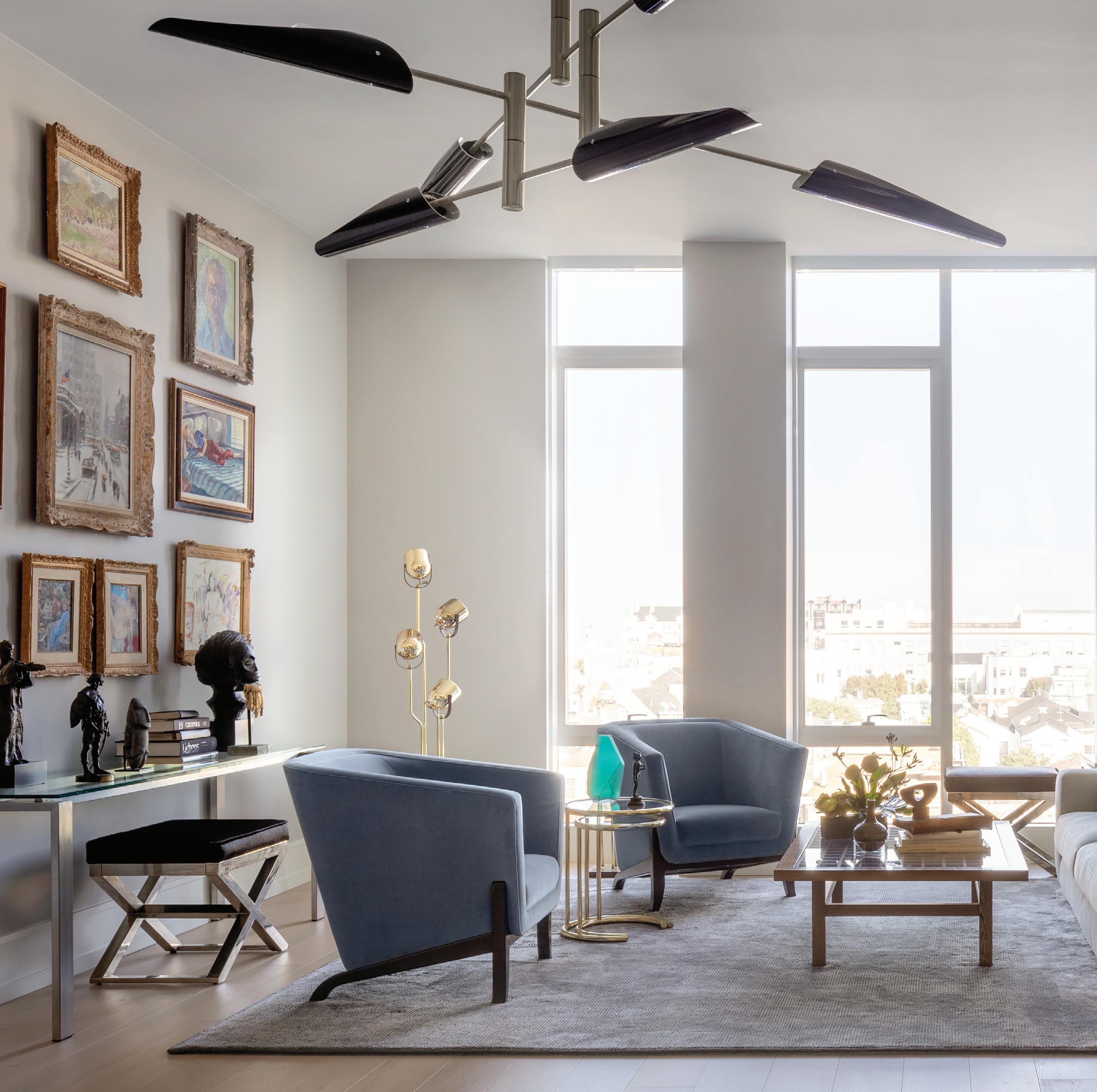

 Interior Design: Eche Martinez
Interior Design: Eche Martinez
An elevated experience, an extraordinary resource VISIT WWW.SFDESIGNCENTER.COM OR CALL 415.490.5888 | TWO HENRY ADAMS STREET & 101 HENRY ADAMS STREET inspired living starts at the san francisco design center the center of design
Photo: David Duncan Livingston
HISTORY CHANNEL
ARCHITECT CHAD D E WITT
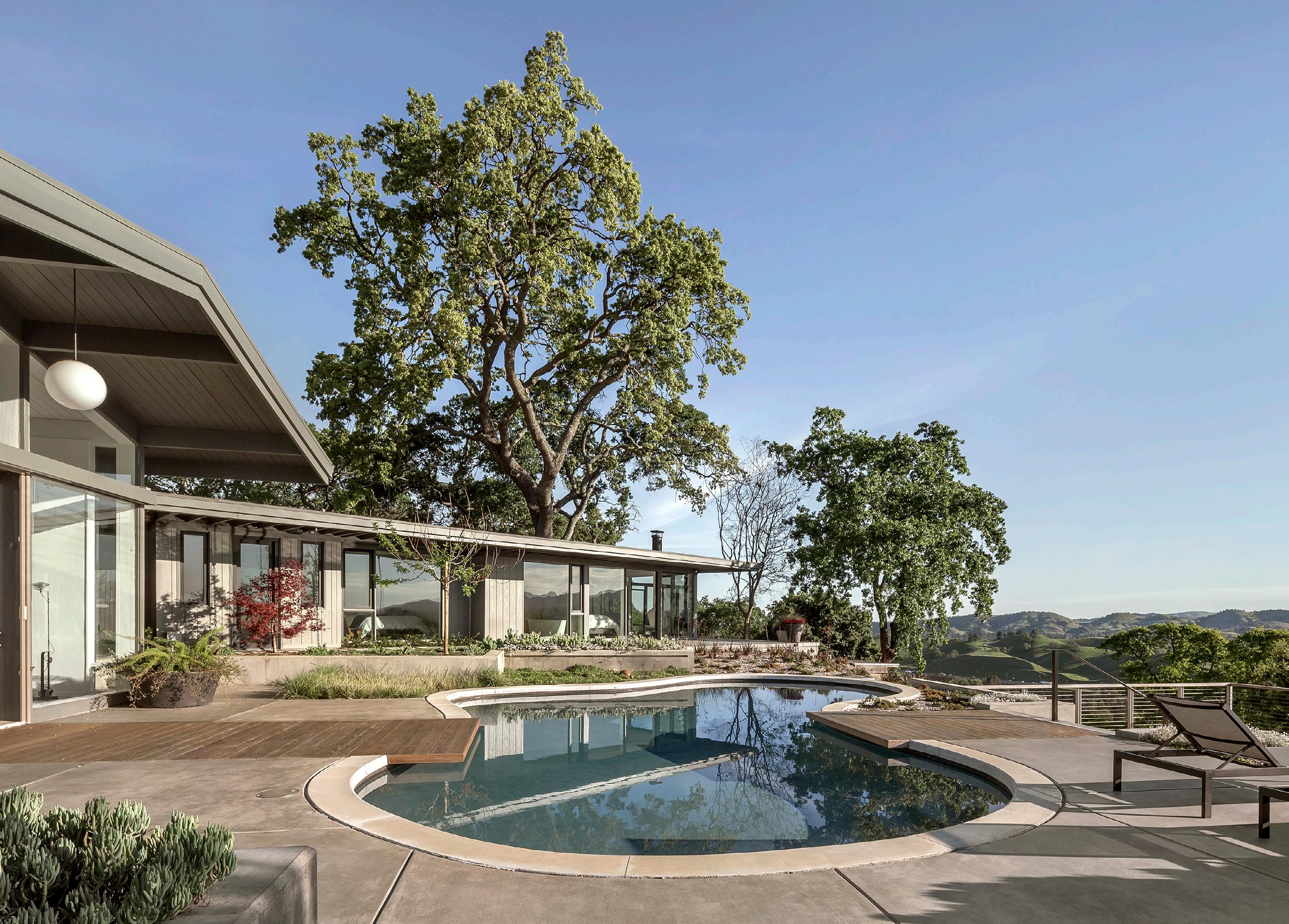
UNCOVERS THE AUTHOR OF A FORGOTTEN 1950 S MASTERPIECE.
BY ZAHID SARDAR PHOTOGRAPHS BY ADAM ROUSE
56 WINTER/SPRING 2020 SPACES
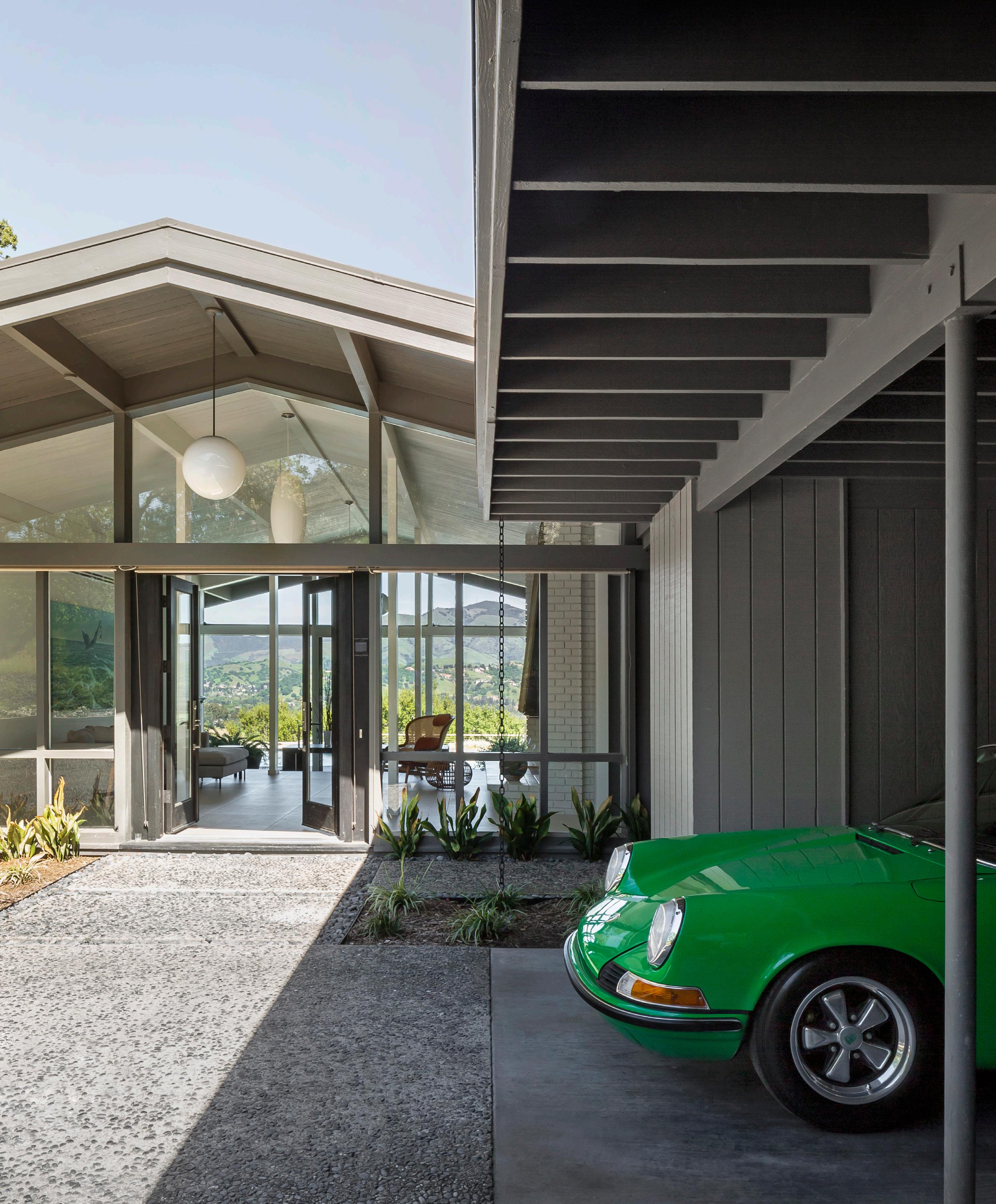 Opposite: For this midcentury modern house in Lafayette, architect Chad DeWitt added new decking around the amoeba-shaped pool and new windows for the bedroom wing. This page: The central entry court and original carport were refreshed with paint.
Opposite: For this midcentury modern house in Lafayette, architect Chad DeWitt added new decking around the amoeba-shaped pool and new windows for the bedroom wing. This page: The central entry court and original carport were refreshed with paint.
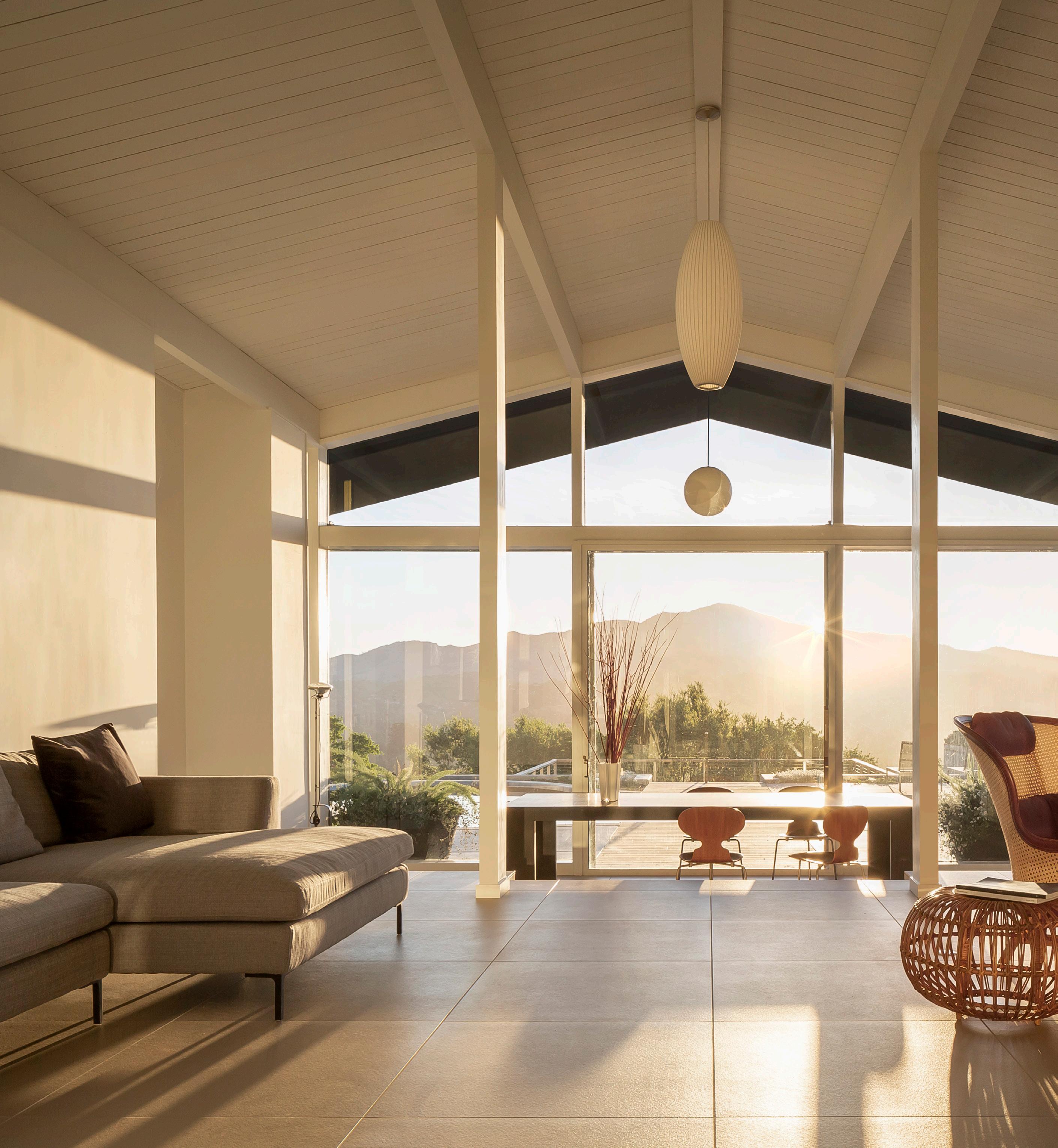
58 WINTER/SPRING 2020 SPACES
The lofty central living room with a peaked roof is built on axis with Mount Diablo in the view. Its unique brick chimney and hearth are painted white and the original brass hood created by Bay Area architect Henry Hill was saved.
BACK IN 2014 , when Bay Area architect Chad DeWitt of the Oakland firm Framestudio first saw an elegant but much-abused midcentury home that his longtime clients Craig and Cara Chase had acquired in Alamo, Contra Costa, he felt a thrill.

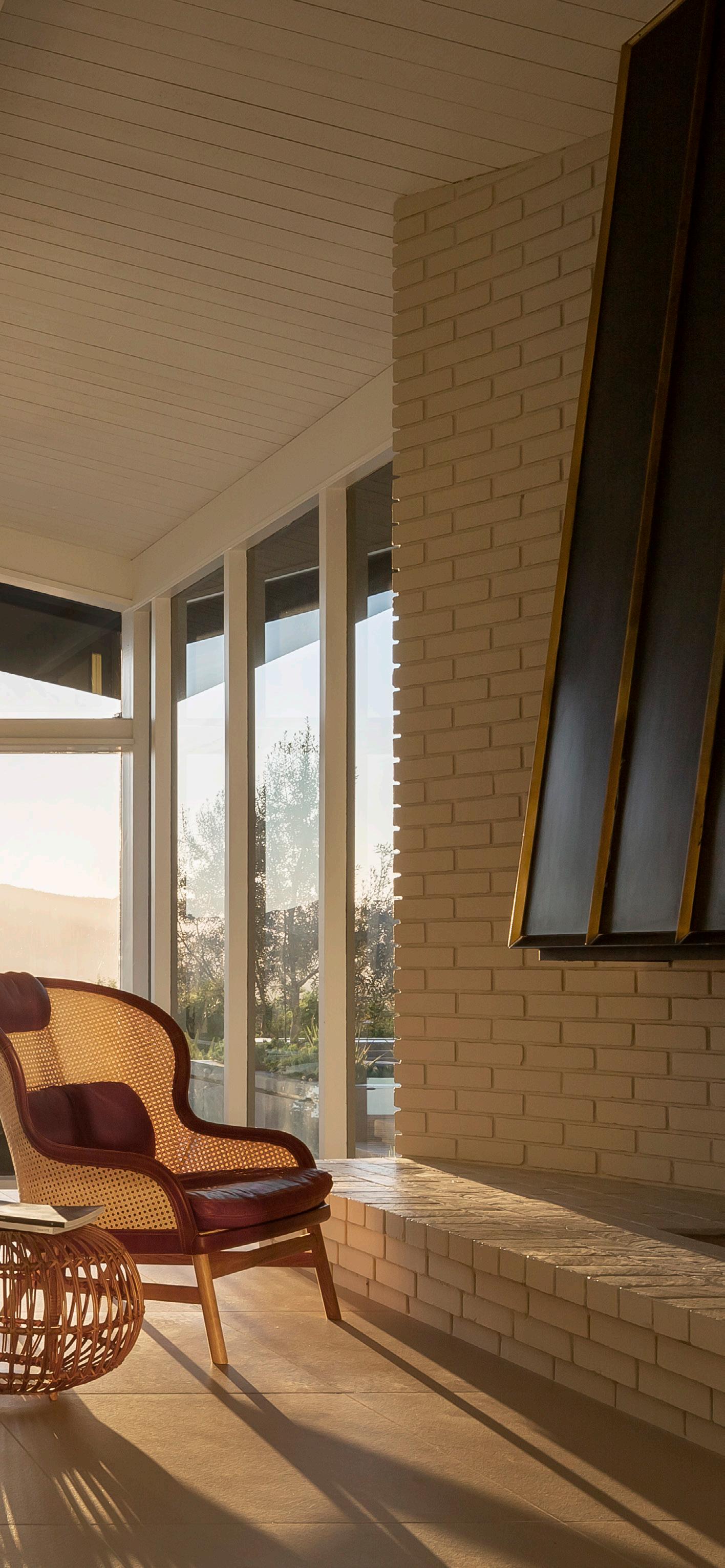
“I had never been in the hills there,” DeWitt says, so he didn’t know what to expect — but he certainly wasn’t expecting an imposing Eichleresque, L-shaped, three-bedroom home at the end of a long, winding oak-lined road visited by coyotes and mountain lions.
The architect was unknown.
“The central living room had glass on both sides and, facing east, Mount Diablo stood on axis,” he says. Even the bedroom suite in the private north wing was all glass and aimed at the view.
DeWitt sensed that only a master architect could have designed the single-story 4,100-square-foot peak-roofed house. How else to explain its flawless siting and soaring light-filled interiors? Not to mention its individualistic blackened brass hood above a baronial fireplace. Even its carport in the west-facing entrance court had an uncommon elegance.
But inside, it had been carelessly altered, with new commercial closets, dropped ceilings and walls pierced with cheap horizontal aluminum windows. Poorly subdivided rooms looked dark, and one awkward Jack and Jill bathroom, although original, looked out of place.
“The house had fake beams and horrible cabinets everywhere,” DeWitt recalls.
SPACES WINTER/SPRING 2020 59
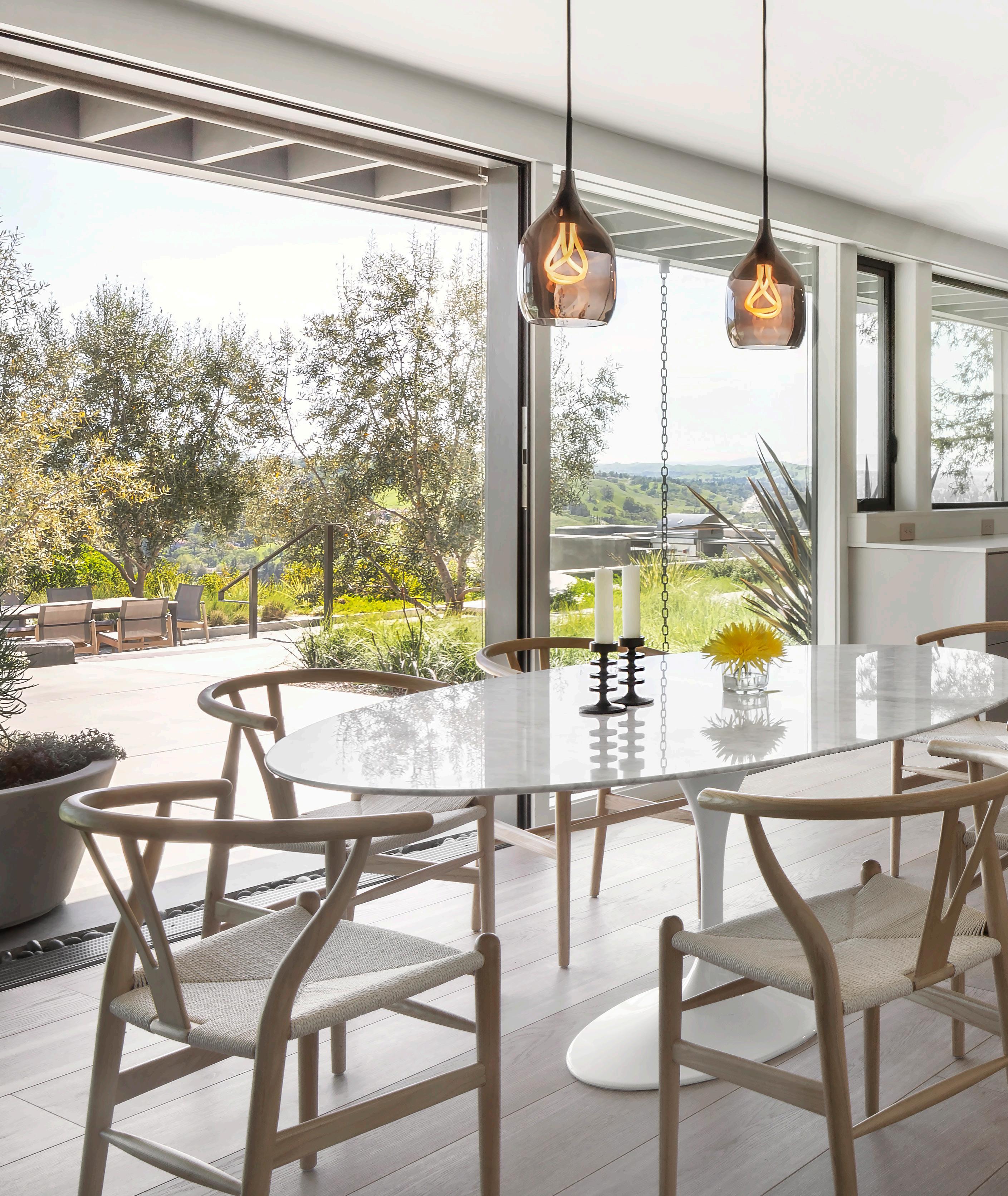
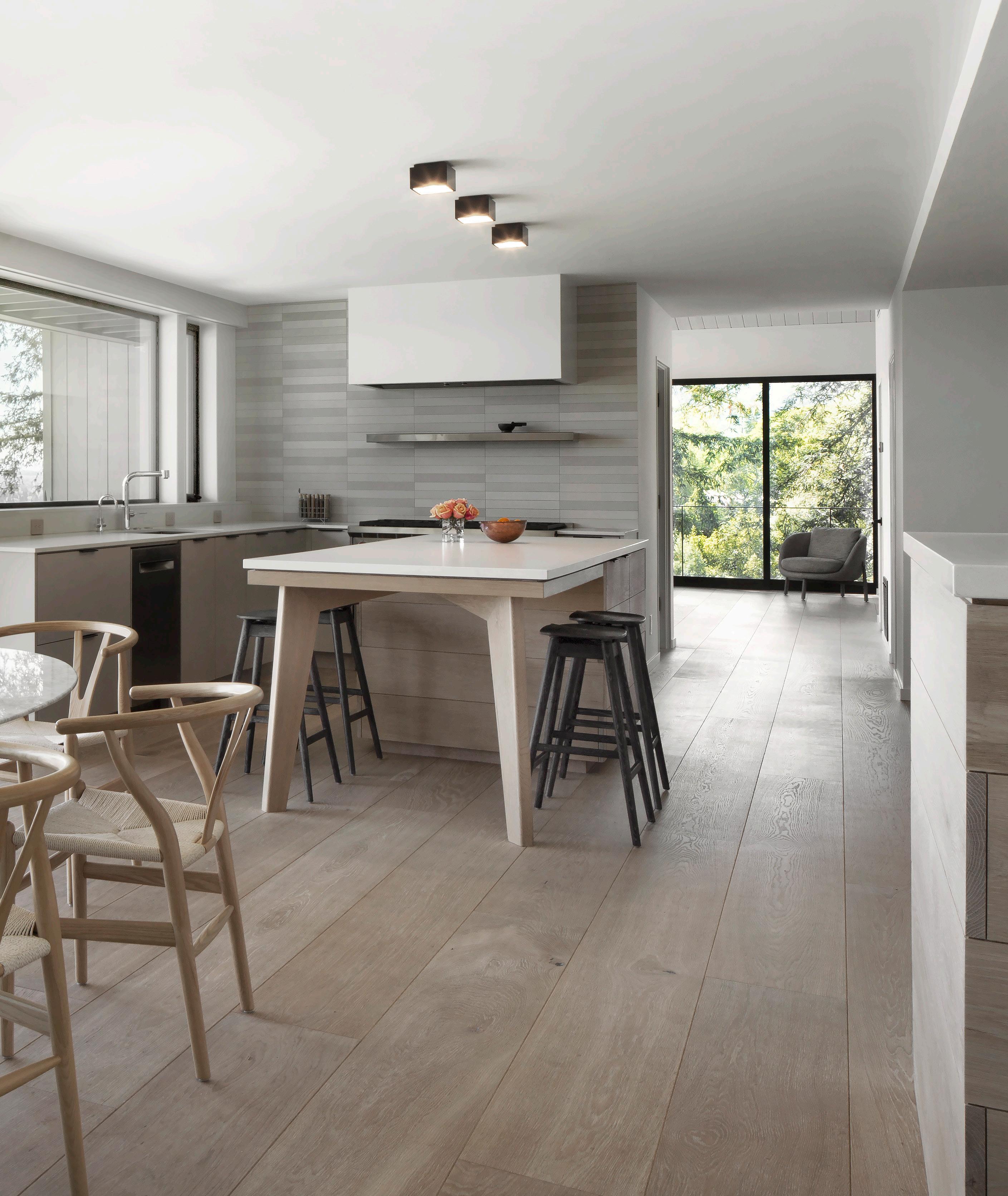 The kitchen, altered during previous remodels, was gutted to form a new openplan space with extra storage. The legs for a dining counter were inspired by a Pierre Jeanneret design. Beyond it is the former maid’s-room-turned–family room.
The kitchen, altered during previous remodels, was gutted to form a new openplan space with extra storage. The legs for a dining counter were inspired by a Pierre Jeanneret design. Beyond it is the former maid’s-room-turned–family room.
All that had to go, but he wasn’t giving up the all-glass master bathroom, which he had never before encountered in a midcentury home, nor the glowing rooms that looked out at an amoeba-shaped pool within a sheltered courtyard that reminded him of a Thomas Church garden.

As he tried to imagine what the house’s mystery architect might have done to update the building, his team quickly undid the obvious additions. DeWitt likewise did not hesitate to pull out original fitted bookshelves that were not needed and a couple of extraneous fireplaces. Steering clear of midcentury-style laminated surfaces, “we added new closets that are basically armoires set flush with the drywall and trimmed with panels of oak to echo the woods that surround the house,” he says. His team added taller floor-to-ceiling doors throughout and consolidated heating and air-conditioning ducts within a hallway. Instead of a “funny” stove in the family room that apparently once served as a maid’s room, they designed a new black brick chimney with a cantilevered hearth that looks old but is also timeless.
“We did our best to remove ‘Buckingham Palace’ moments (such as a crystal chandelier in the bedroom) and simplified the interiors to match the modern clarity of the architecture,” DeWitt says. That also meant opening up east-facing guest rooms for better connections to the outdoors and to views.

“In Europe I had found furniture by Pierre Jeanneret designed for [his cousin Le Corbusier’s utopian city of] Chandigarh, India, and pieces by French designer Jean Prouvé, as well as modern Scandinavian pieces, and we showed our clients those designs,” DeWitt adds.
As a result, the original kitchen in the south wing, which had a partitioned breakfast area, a service porch and the maid’s room, is now
 Opposite: A soffit in the kitchen conceals new wiring. This page: In the family room are a new black brick chimney designed by DeWitt and glass doors that open to an outdoor kitchen.
Opposite: A soffit in the kitchen conceals new wiring. This page: In the family room are a new black brick chimney designed by DeWitt and glass doors that open to an outdoor kitchen.
ONE GNAWING FACT REMAINED: THEY STILL DID NOT KNOW WHO THE ORIGINAL ARCHITECT WAS.

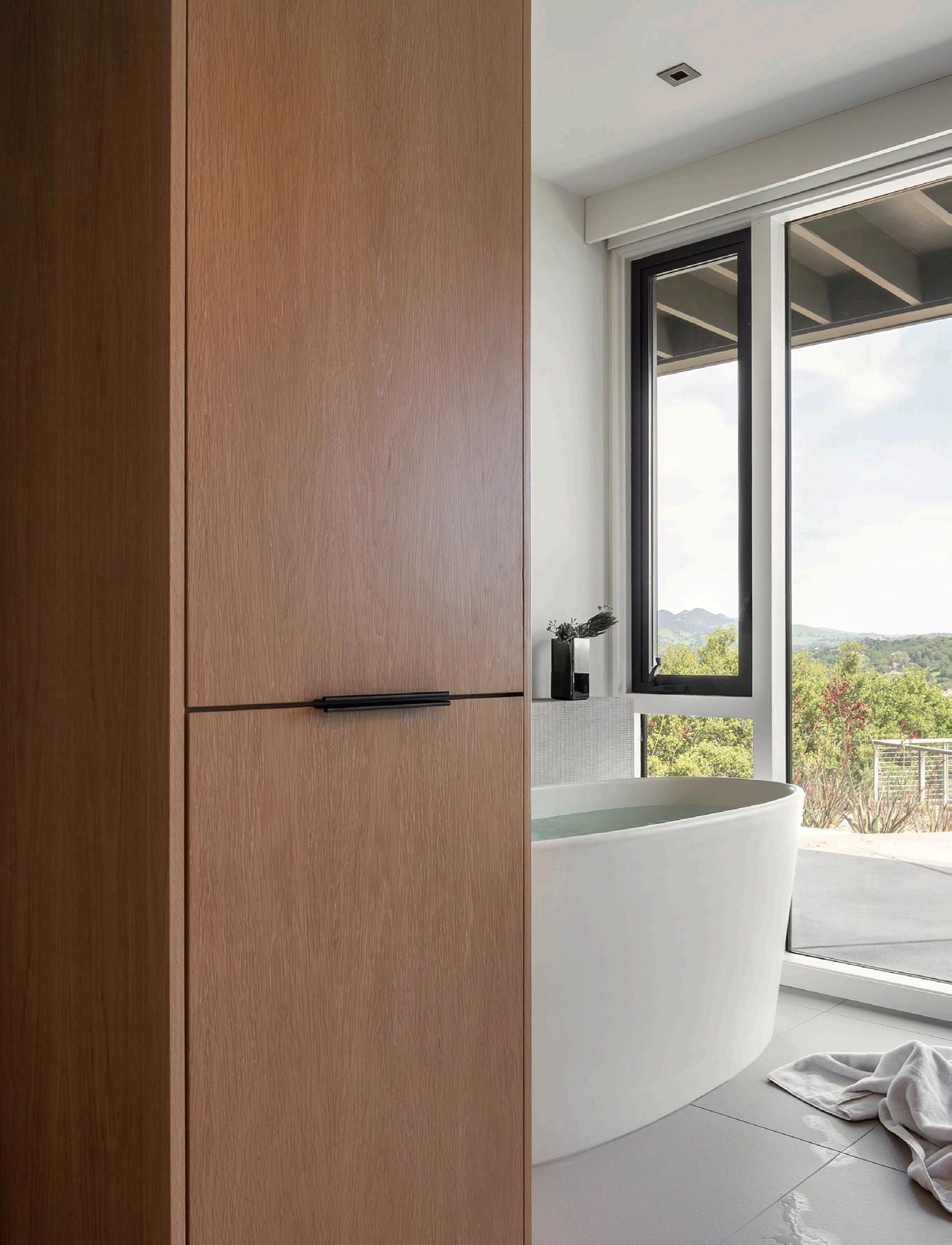
 This page, counterclockwise from top: Henry Hill designed this well-lit hallway to the master bedroom; the refurbished master bath; the guest bathroom has a vanity inspired by Clara Porset. Facing: The master bedroom has its original 1950s woodstove.
This page, counterclockwise from top: Henry Hill designed this well-lit hallway to the master bedroom; the refurbished master bath; the guest bathroom has a vanity inspired by Clara Porset. Facing: The master bedroom has its original 1950s woodstove.
one open-plan space with an island that has white oak legs inspired by Jeanneret. Elsewhere in the house, a bathroom vanity echoes a credenza designed by another Le Corbusier collaborator, Charlotte Perriand, and in a guest bathroom, a new vanity is a nod to Mexican modernist Clara Porset.
In some rooms, large Italian porcelain floor tiles from Mutina have earth tones that vary subtly, pleasingly, and link the interior to new landscaping by Gary Orr that now surrounds the pool outside.
They did all this to stay true to the distinctive modern “language” of the house, but one gnawing fact remained: they still did not know who the original architect was.
Perhaps that was an advantage, because, absent information, the stylishly remodeled home is not a slavish restoration but a true development and evolution of the original.
However, DeWitt, a born-again sleuth who worked on his own Joe Esherick–designed Sea Ranch cabin with the help of Esherick’s then surviving partner George Homsey, could not let it go. He continued to look for the identity of the home’s architect, and he ultimately found original
plans and renderings of the house hidden in UC Berkeley’s archives. They were by none other than a midcentury leading light of Bay Area architecture who was a student of Bauhaus founder Walter Gropius: Henry Hill.
Hill had been closely aligned and partnered with midcentury greats, including architects John Dinwiddie and Erich Mendelsohn, and later continued with John Kruse to create Bay Region–style modern homes strongly influenced by Japanese design.
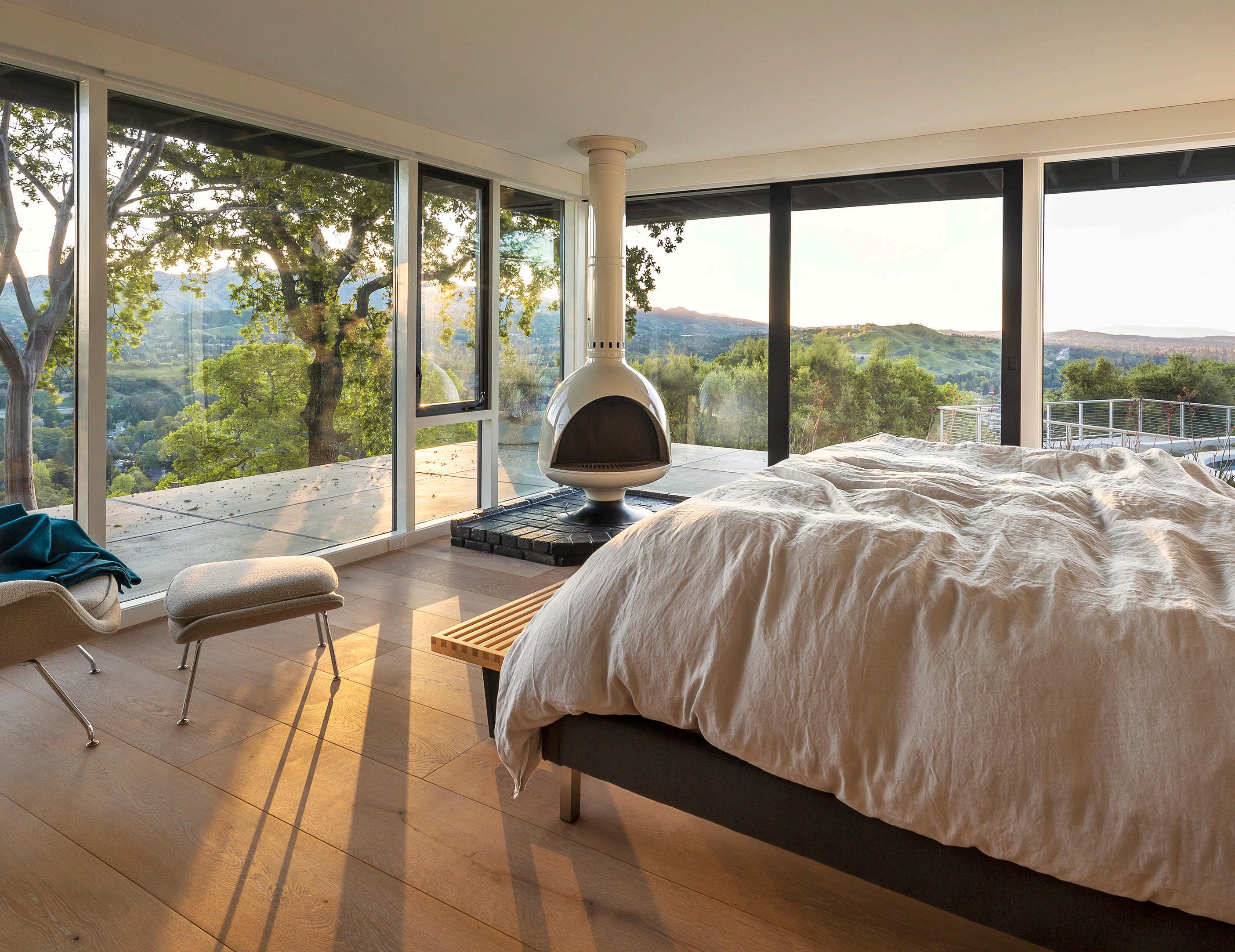
As DeWitt had suspected, the house was truly historic.
It had been designed in 1959, for a Dr. Paul Winn, when Hill was in his heyday. In Hill’s drawings Dwight saw a round bed and a wet bar, which no longer exist, and the quintessential brass-toned living room fireplace, which luckily he had saved even though his clients wanted it gone.
“In a remodel, it is equally important to leave things alone,” DeWitt says, pointing to a freestanding wood stove he was also able to preserve in the master bedroom because it rang true.
Thanks to such details, DeWitt observes, “it is really unclear where our work started and where the original stopped.” n
SPACES WINTER/SPRING 2020 65
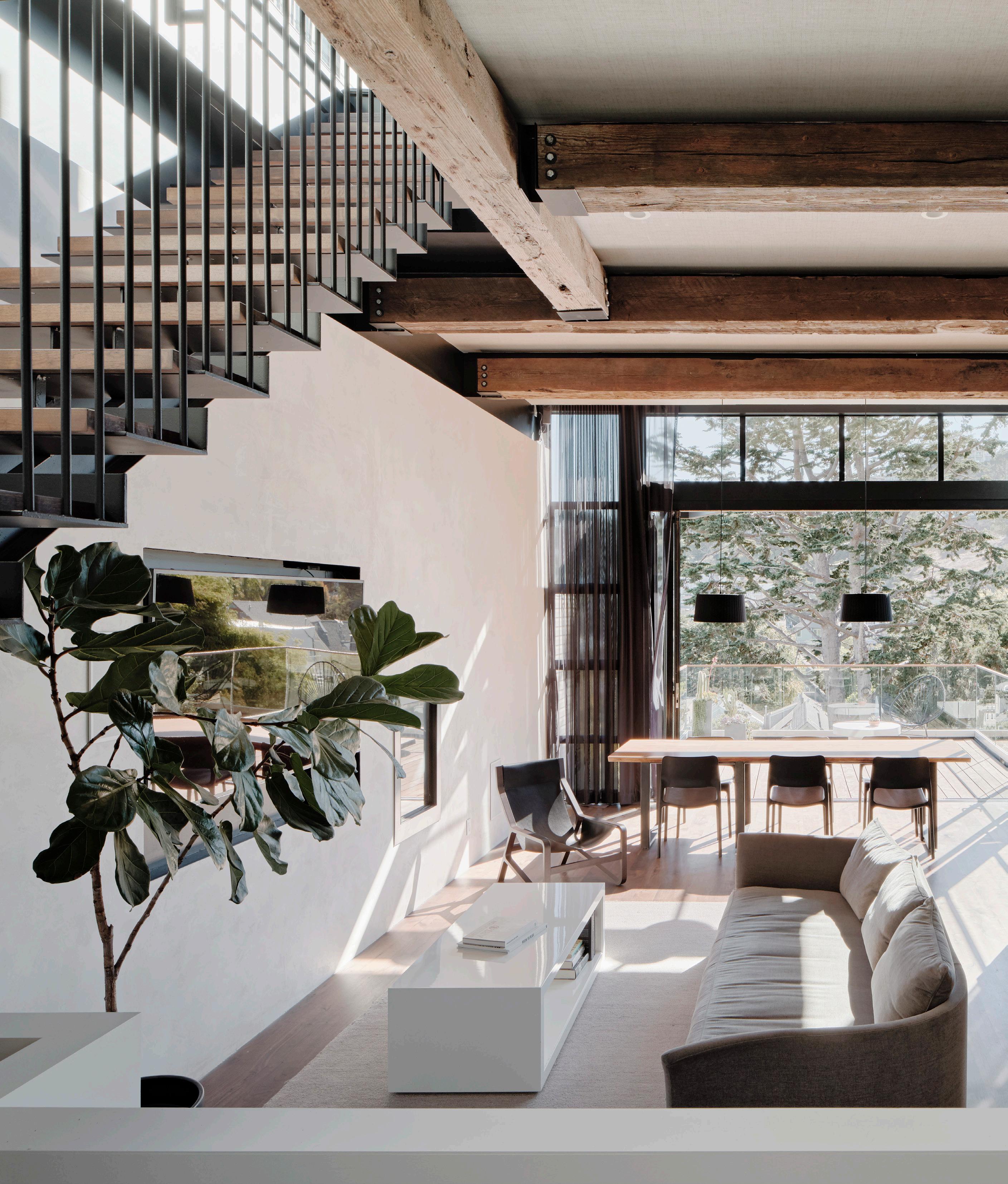
Back to NATURE
A SAN FRANCISCO DESIGN DUO MODERNIZED A TRADITIONAL CRAFTSMAN HOME BY OPENING IT TO THE OUTDOORS.

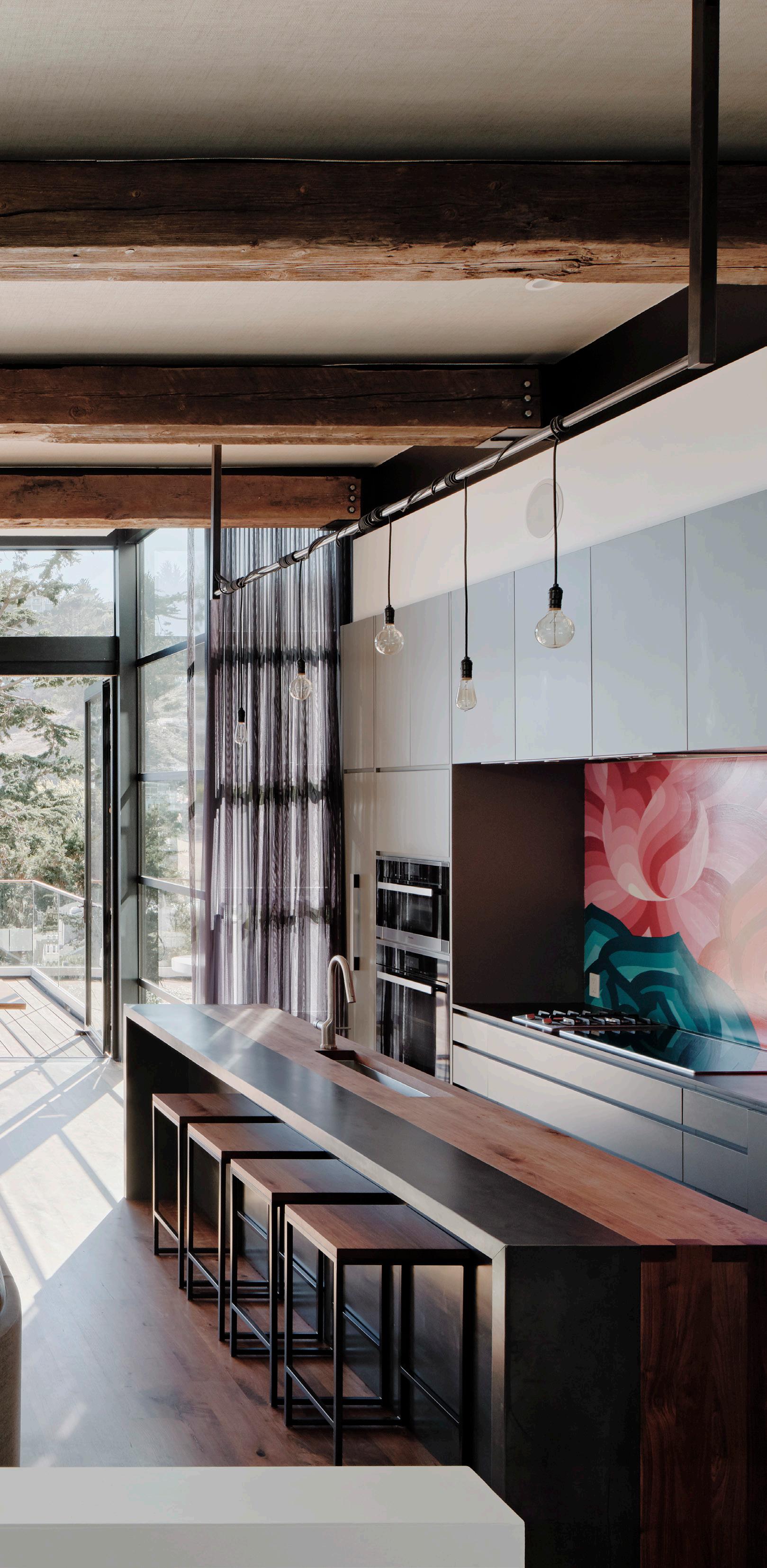 BY LAURA MAUK PHOTOGRAPHS BY JOE FLETCHER
BY LAURA MAUK PHOTOGRAPHS BY JOE FLETCHER
SPACES WINTER/SPRING 2020 67
A Noe Valley house reimagined by architect Ross Levy, of Levy Art + Architecture, and designer Kevin Hackett, of Síol Studios, maintains its Craftsman-style front facade, while taking on a modernist aesthetic for the rear elevation with a steel-framed glass facade that floods the interior with sunlight and views of an old-growth maple tree.

68 WINTER/SPRING 2020 SPACES
“THERE’S A SENSE OF WANTING
to bring back the elemental, the wild,” says designer Kevin Hackett, whose firm Síol Studios recently joined forces with architect Ross Levy to transform a modest bungalow on a down-sloping lot in San Francisco’s Noe Valley into a lightfilled three-story home that’s woven into its valley landscape.
“I think we crave nature more than ever because we’re not connecting to it as much,” Hackett says.
From a curb perspective, there’s no indication that Hackett and Levy’s design facilitates a connection to nature. Its graypainted Craftsman-style facade, just like those around it, references the city’s architectural past, when punched windows, low ceilings, opaque walls and small rooms represented the idea of home. “It’s the old fabric, which city planning authorities demand we keep because they feel it maintains the general charm and character of San Francisco,” Levy says. The architect and modernist at heart did what many city architects do and created openness and airiness in the rear and the interior of the house, while leaving its traditional-style street presentation. “It’s hidden architecture,” Levy says.
The two residents, who work in technology and community arts and organization, pass through the entry and traverse a steel-grate bridge into an expansive living, dining and kitchen area on the house’s top level. Levy punctuated the
Opposite: Large glass doors in the dining area open to a deck with a glass railing, allowing for optimal indooroutdoor connection.
Above: A site-specific artwork by Jett Martinez is inset into a wall of cabinetry in the kitchen, punctuating the space with vibrancy. Hackett created textural interest for the area by juxtaposing blackened steel with walnut for the island. Left: A steeland-walnut staircase seemingly floats, linking the open-plan main living area to the rooftop deck; a walled staircase leads to the bedrooms below.

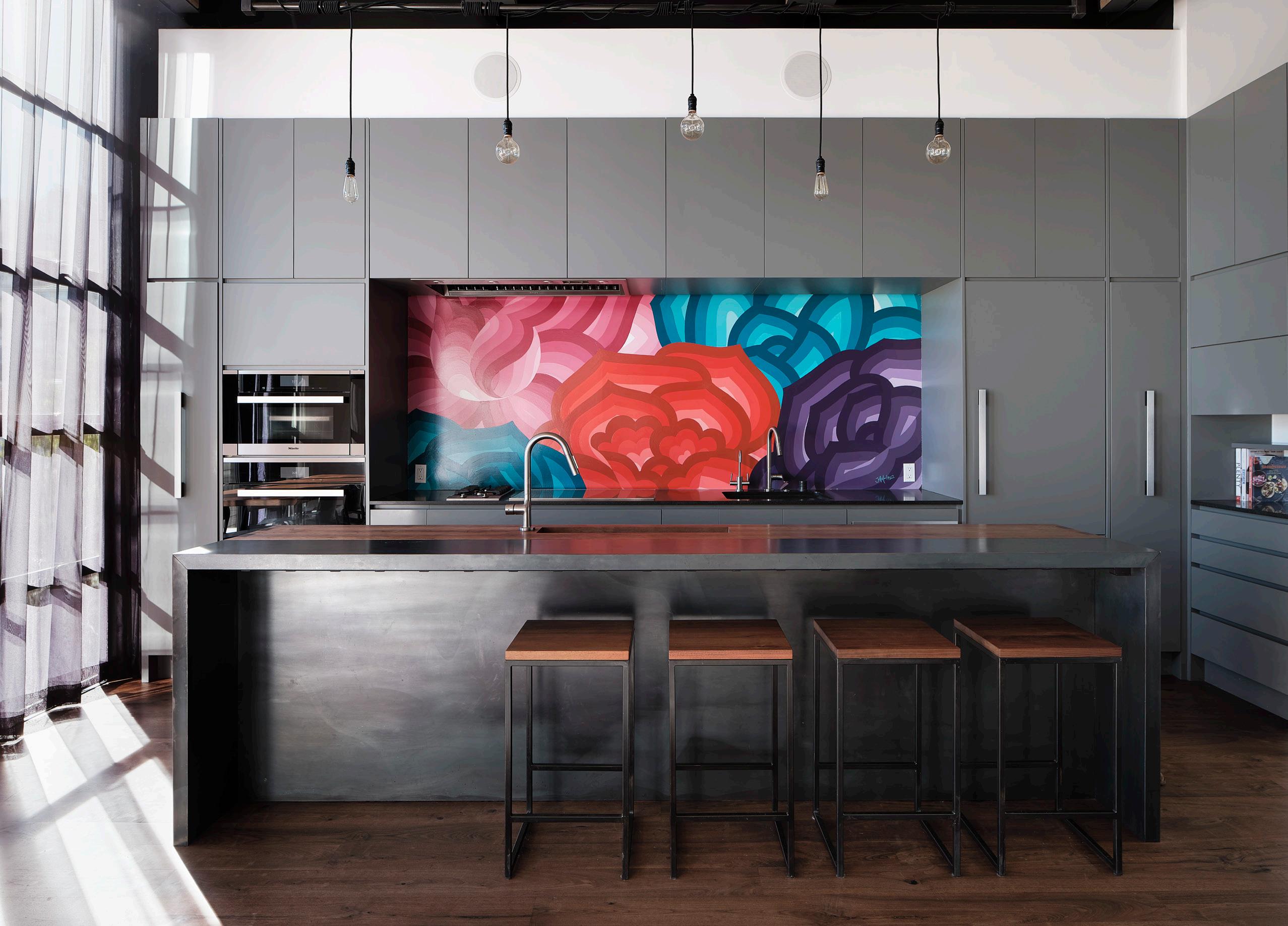
69
IT’S A SPACE ABOVE THE TREETOPS THAT’S ABUZZ WITH THE SOUNDS AND SIGHTS OF THE CITY.
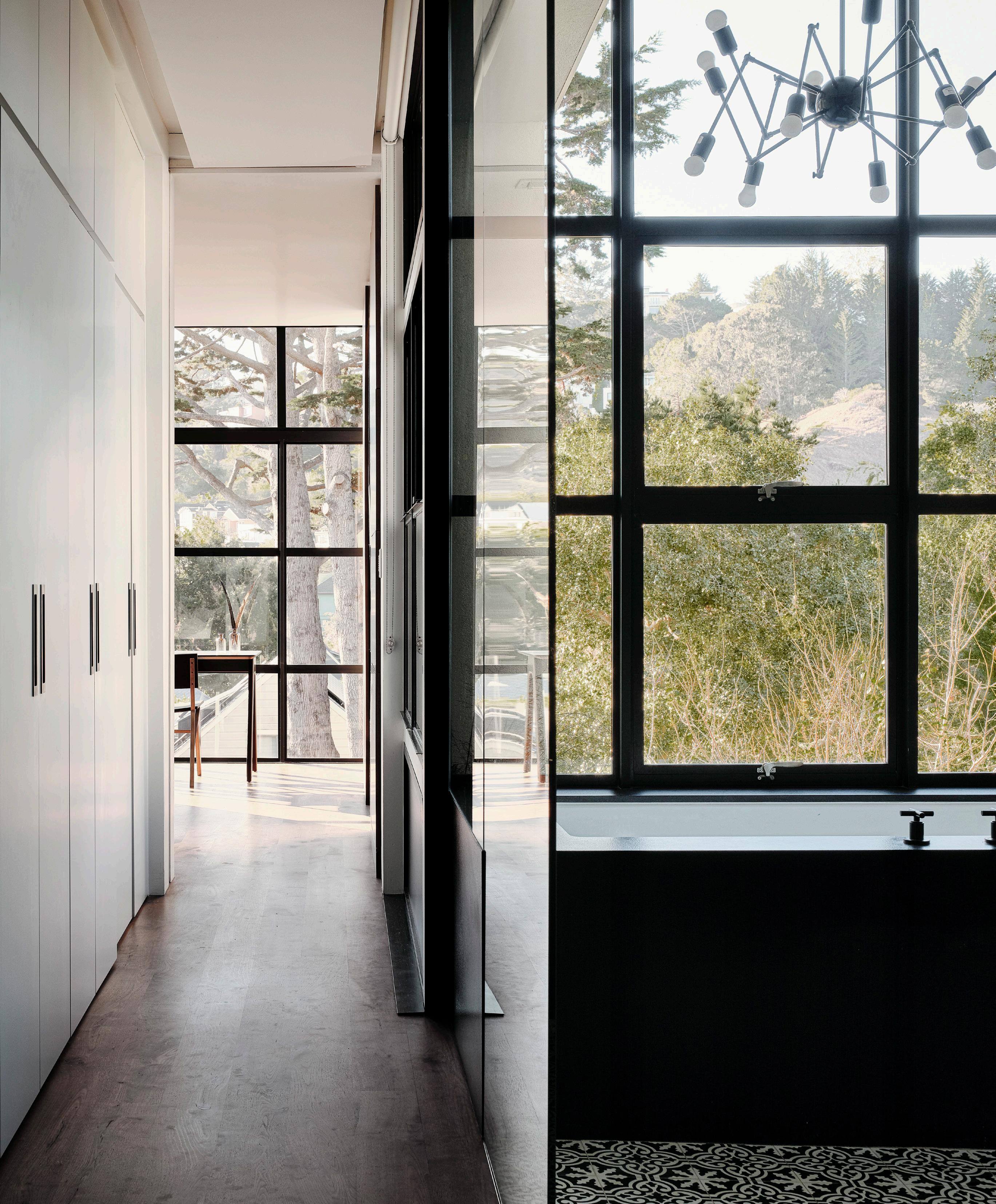
open-plan space — and the entire rear facade — with glass and steel that visually explodes with the sublime greenery of the valley below. “You begin with a Craftsman aesthetic, but then step over the threshold and kind of float on that bridge and it’s almost like you’ve walked into a treehouse,” Hackett says. “The bridge lets you know you’re entering new territory and sets up the experience for the rest of the home.”
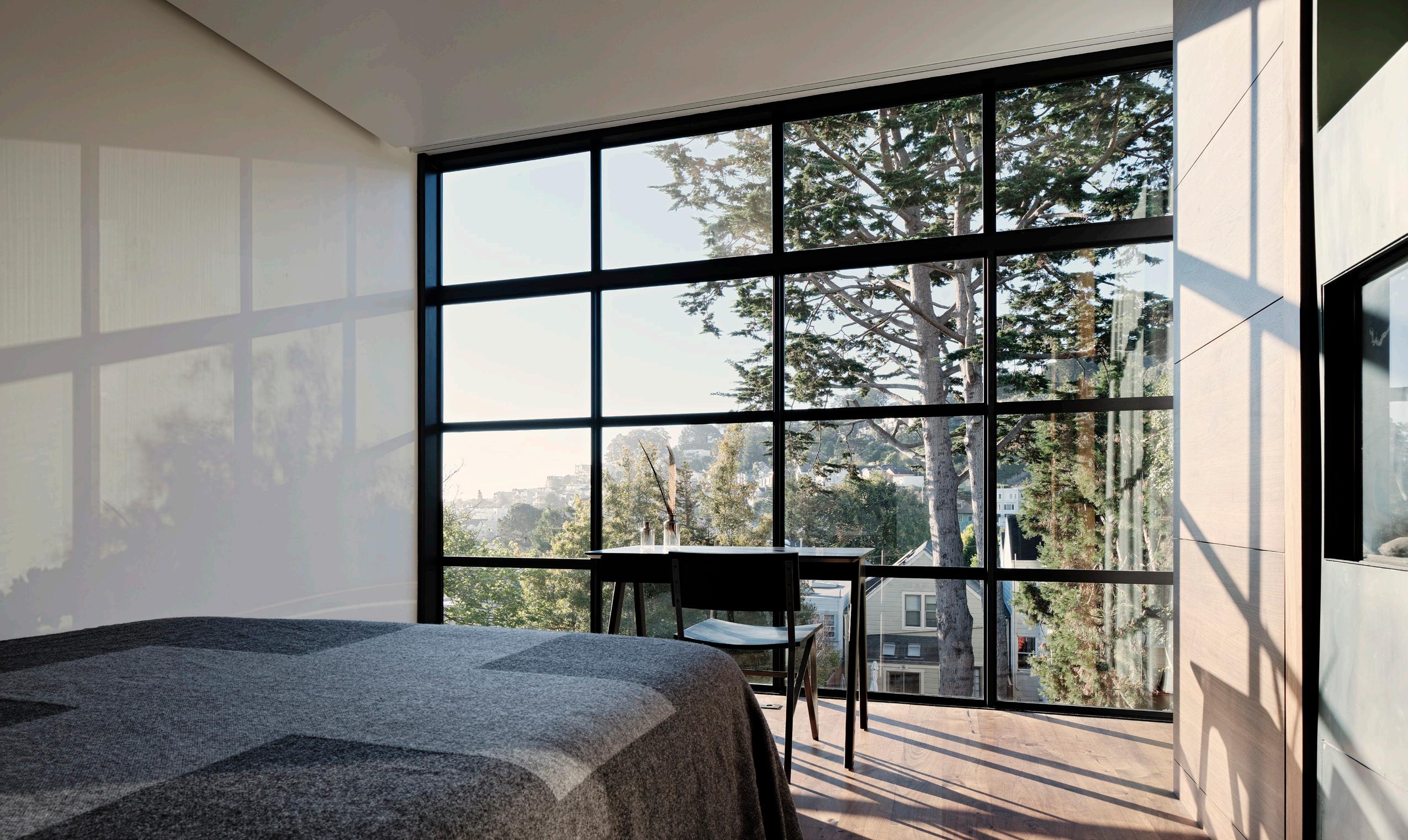
Levy also designed a suspended walnut-and-steel staircase with a slim silhouette that accentuates the airiness of the beamed living space and leads to a new rooftop deck Hackett designed. The light feel of the staircase marks your ascension to the highest point of the home, where a concrete fire pit and bluestone pavers offset built-in redwood benches and a red cedar hot tub. It’s a space above the treetops that’s abuzz with the sounds and sights of the city.
Inspired by the ways the architecture integrates with the terrain, Hackett appointed the interior with natural materials and finishes. Gauze-like sheers dress the steel-framed windows in the kitchen-dining-and-living area, mitigating the sunlight that washes over the space’s lime plaster wall.
 Opposite: The greenery of the landscape fills the steel-framed glass walls of the master bedroom and bathroom, creating the sensation of being in a treehouse. Right: Hackett suspended Autoban’s Octopus chandelier above a black honed granite tub in the master bathroom, where cement tile, called Cigar Shop by Cle, provides a graphic aesthetic. A sculptural concrete sink by Concreteworks offsets the warm materiality of the walnut vanity. Below: Sunlight pours in through a glassand-steel wall in the master bedroom and creates shadow play on the canvas-like white walls. The flooring is walnut.
Opposite: The greenery of the landscape fills the steel-framed glass walls of the master bedroom and bathroom, creating the sensation of being in a treehouse. Right: Hackett suspended Autoban’s Octopus chandelier above a black honed granite tub in the master bathroom, where cement tile, called Cigar Shop by Cle, provides a graphic aesthetic. A sculptural concrete sink by Concreteworks offsets the warm materiality of the walnut vanity. Below: Sunlight pours in through a glassand-steel wall in the master bedroom and creates shadow play on the canvas-like white walls. The flooring is walnut.
“The plaster almost sucks in that light, accentuating and reflecting it,” Hackett says. “Everything is pared down so the focus is on the poetics of the sunlight.” The designer employed walnut flooring that lends still more warmth and texture and pays homage to the tree trunks that populate the valley. The kitchen island, too, is crafted with walnut as well as blackened steel. “It’s as if the walnut comes up and out of the floor,” Hackett says. “And the steel will wear beautifully and exhibit a nice patina.” A brilliant and massive painting by Jet Martinez that depicts riotous florals marks the kitchen area, making it appear more like a gallery corner than a functional space.
As you move to the lower floors, where Levy situated the bedrooms and bathrooms, there’s a quieter sense of being anchored. Hackett and Levy devised a shifting materiality for the staircases to enhance the sensation of moving from high to low: the airy steel-and-walnut up to the roof, walnut and walnut-and-concrete staircases from the living room down to the bedrooms; solid cast-concrete stairs to the ground level. The bathroom design adds more sensory impressions. A lime plaster wall in the second-level master bath provides yet another canvas for sunlight play, and in the ground-level bath, a plant wall within a light well presses up against a partially etched glass floor-to-ceiling window, creating the feeling of being outdoors.
“The way you’re drenched in greenery and sunlight is remarkable,” Hackett says. Levy agrees: “It’s rare in San Francisco to be able to experience the outdoors while you shower,” the architect says.

Hackett covered the ground-level bath’s shower walls in idiosyncratically textured clay tile that harnesses glittering sunlight and bounces it around in a beautiful way. “The clay has amazing subtleties,” the designer says. “This shower is an experience that slows down mind-and-body space, offering an opportunity for true pause.”

72
Above: The glass-and-steel rear facade is like an aperture for the house; Hackett employed gauze-like drapery sheers to mitigate the influx of sunlight.
Left: Hackett outfitted the garden-level bath with lime plaster walls that absorb and reflect sunlight. Lush outdoor plantings push up against the shower’s glass wall and give the feeling of an outdoor shower.
WHEN YOU STARE OUT THE BACK OF THE HOUSE, YOU’RE LOOKING AT THE VALLEY AND IT’S THIS PEACEFUL, BEAUTIFUL THING.
The entire home “has a natural vibe so you almost forget you’re in San Francisco,” Levy says. “When you stare out the back of the house, you’re not looking at the downtown skyline or the Golden Gate Bridge. You’re looking at the valley and it’s this peaceful, beautiful thing.”

It’s a mood Hackett deliberately sought to cultivate, given how technology and constant scrolling impose a staccato rhythm to modern life. “Pinterest and Instagram can be a dangerous vacuum of style,” says the designer, who specifically avoids letting clients describe the way they want spaces to look and instead asks them to identify the way they want to feel and live in each area of their home. “I don’t want to talk about aesthetics,” he says. “I want to know what kind of sensory experiences they’re after.” Hackett finds that during these conversations, a desire to connect with nature emerges practically every time. “Our bodies and minds are attuned to natural systems,” he says. “Before we leap into the science behind this thing or the other, we need a firm grasp on our humanity.” n

73
Above: Hackett selected redwood for the built-in benches on the rooftop deck, where there’s a red cedar hot tub, a concrete fire pit and bluestone pavers. The plantings were selected and installed by Danielle Coulter, of Collecting Flowers. Right: An illuminated concreteand-walnut staircase links the second floor and the ground level.
Nested
WITH AN ABUNDANCE OF NATURAL BEAUTY AND OPPORTUNITIES FOR OUTDOOR PURSUITS, THIS CARMEL VALLEY SPOT IS THE PLACE TWO RETIRED DOCTORS NOW CALL HOME.
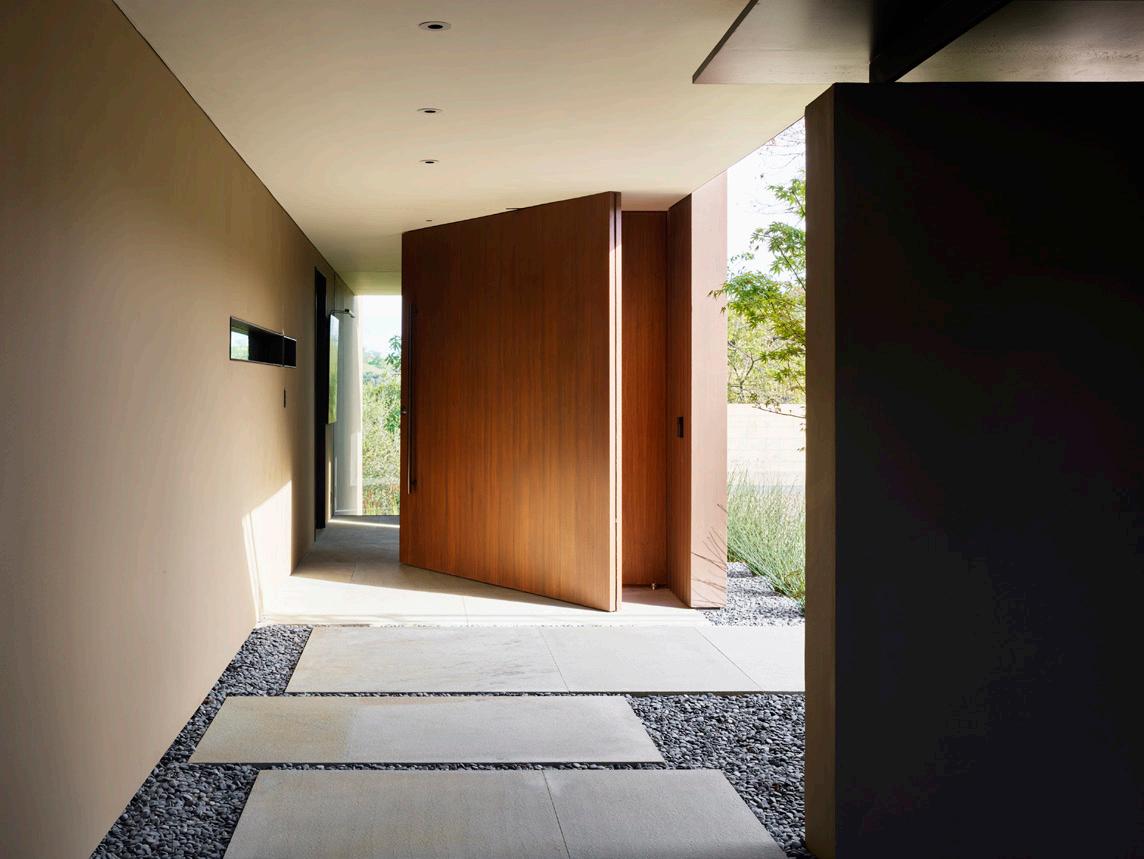
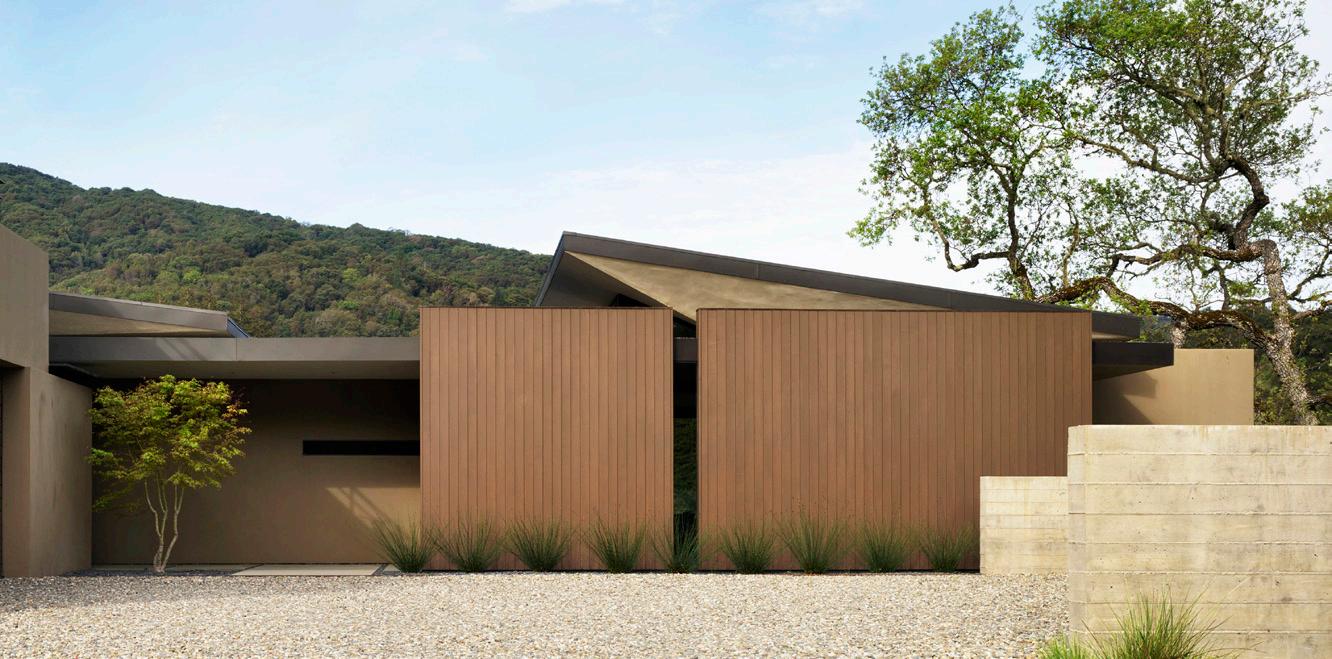
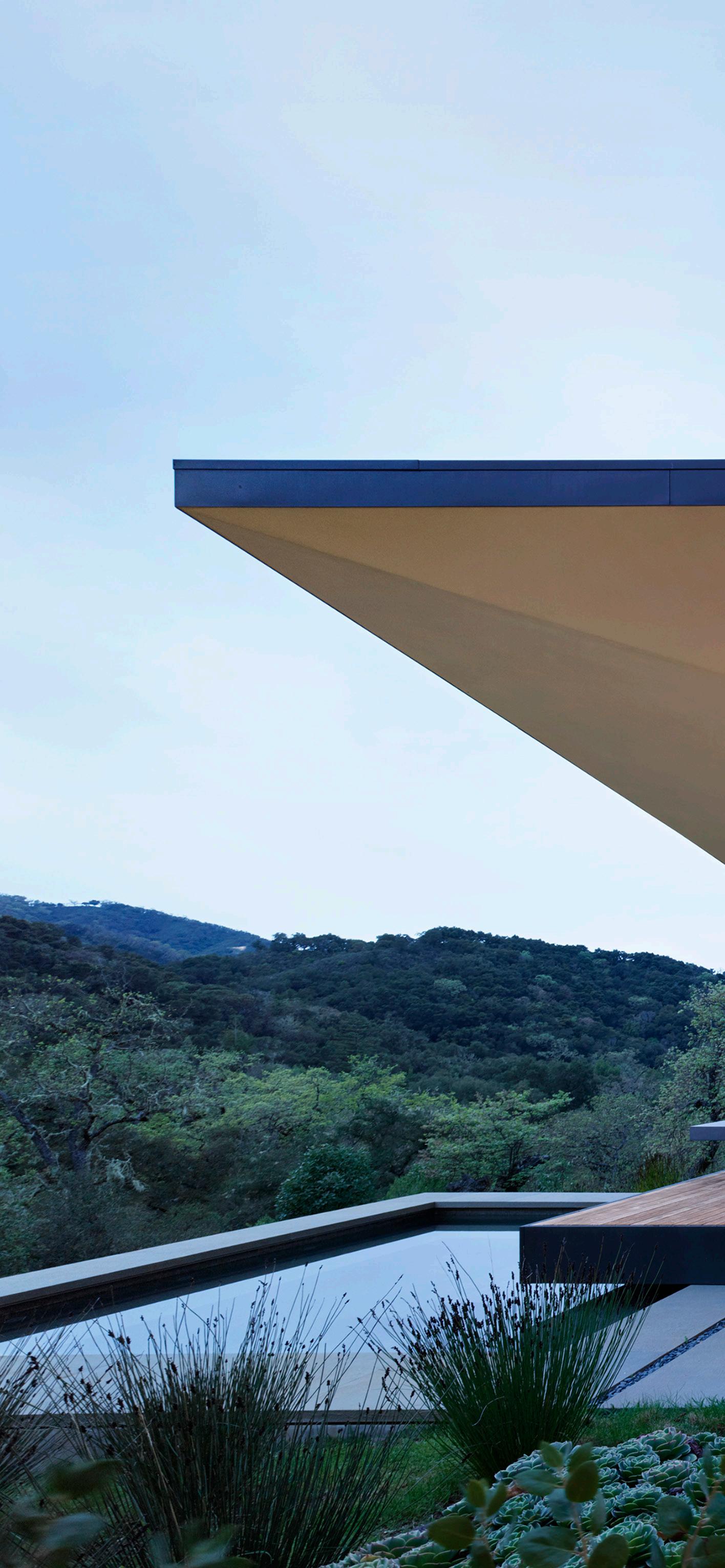 BY ANH-MINH LE PHOTOGRAPHS BY MATTHEW MILLMAN
BY ANH-MINH LE PHOTOGRAPHS BY MATTHEW MILLMAN
74 WINTER/SPRING 2020 SPACES
Living
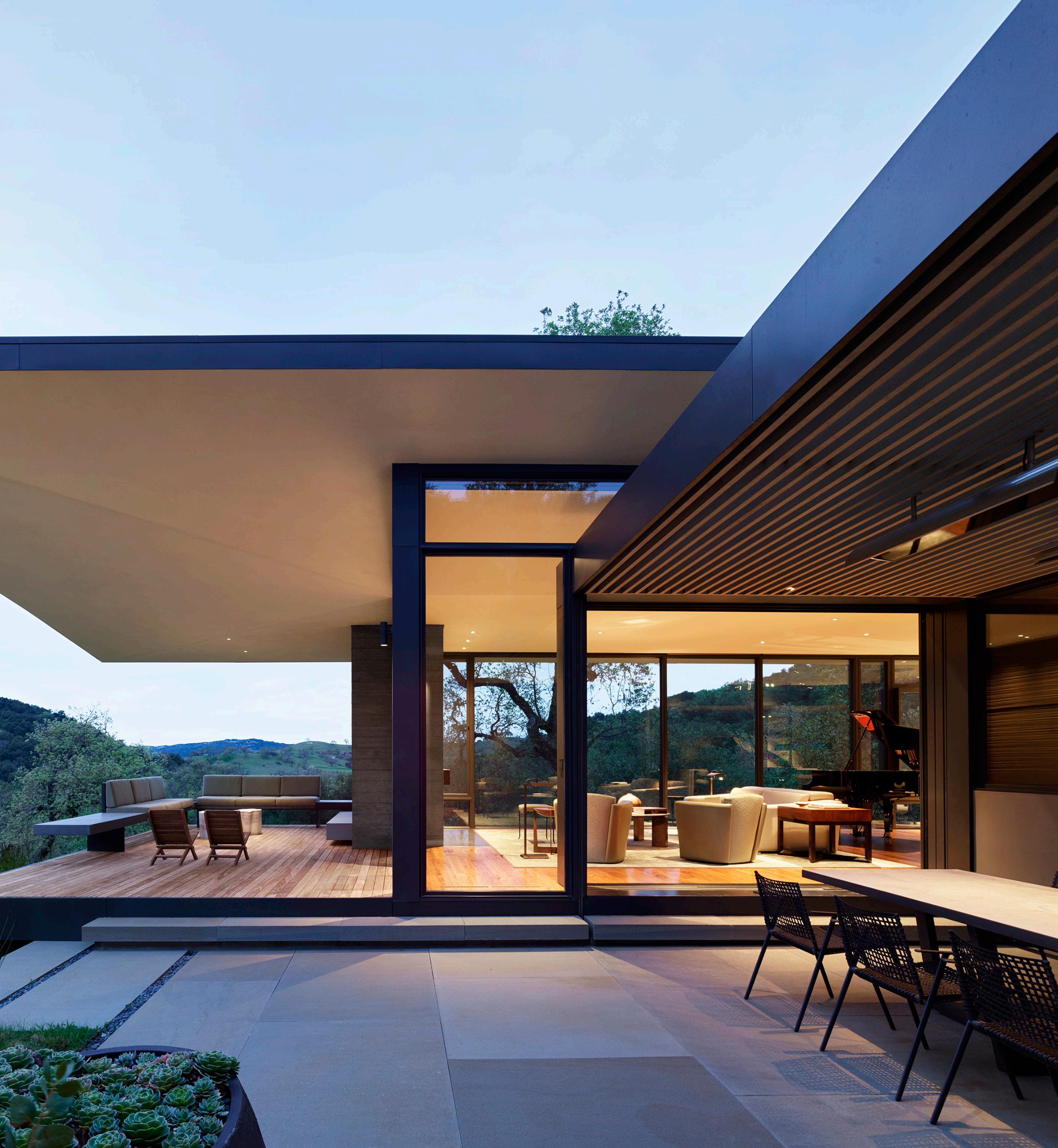
SPACES WINTER/SPRING 2020 75
Opposite from top: For this home, architect Joshua Aidlin was inspired by the local vernacular of agricultural buildings, such as shed roof barns; the impressive, outsize mahogany front door is a conversation-starter. This image: The siting of the house on a slope in the Santa Lucia Preserve maximizes the views and privacy.
The walnut and stainless steel kitchen includes a back-painted glass backsplash that lifts up (it conceals small appliances); the custom lighting is a collaboration with Boyd Lighting; a horizontal window allows occupants to monitor a visitor’s arrival. Opposite, top: Archie Held’s bronze sculpture/fountain.

76
WINTER/SPRING 2020 SPACES
BEFORE THE EXPANSES OF GLASS,
board-form concrete walls and ipe floating deck converged on this site to form a contemporary gem of a home dubbed Winged Retreat, there was Joshua Aidlin and his tent.

The architect, a partner at San Francisco firm Aidlin Darling Design, came with his camping gear to the empty lot in the scenic Carmel Valley residential development known as Santa Lucia Preserve, ready for a roundthe-clock visit: “You want to understand how the light and wind and landscape features evolve from complete darkness to sunrise, how that changes throughout the day, and how it again changes at dusk.”
His first impression of the hillside setting: “It was an amazing site. Its vistas are miles and miles of incredible landscape with walls of forest that unfold one ridge after another.” And his overnighter — or “intensive site analysis,” as he calls it — was definitely worthwhile.
Just ask the homeowners. “The siting of the house is beyond description,” says Marilyn Rosenwein, who along with her husband, Howard Cohen, purchased the 4.95-acre property in The Preserve, as the development is also called, in 2000. A/D Design set the dwelling among oak and madrone trees that provide shade and minimize visibility from the
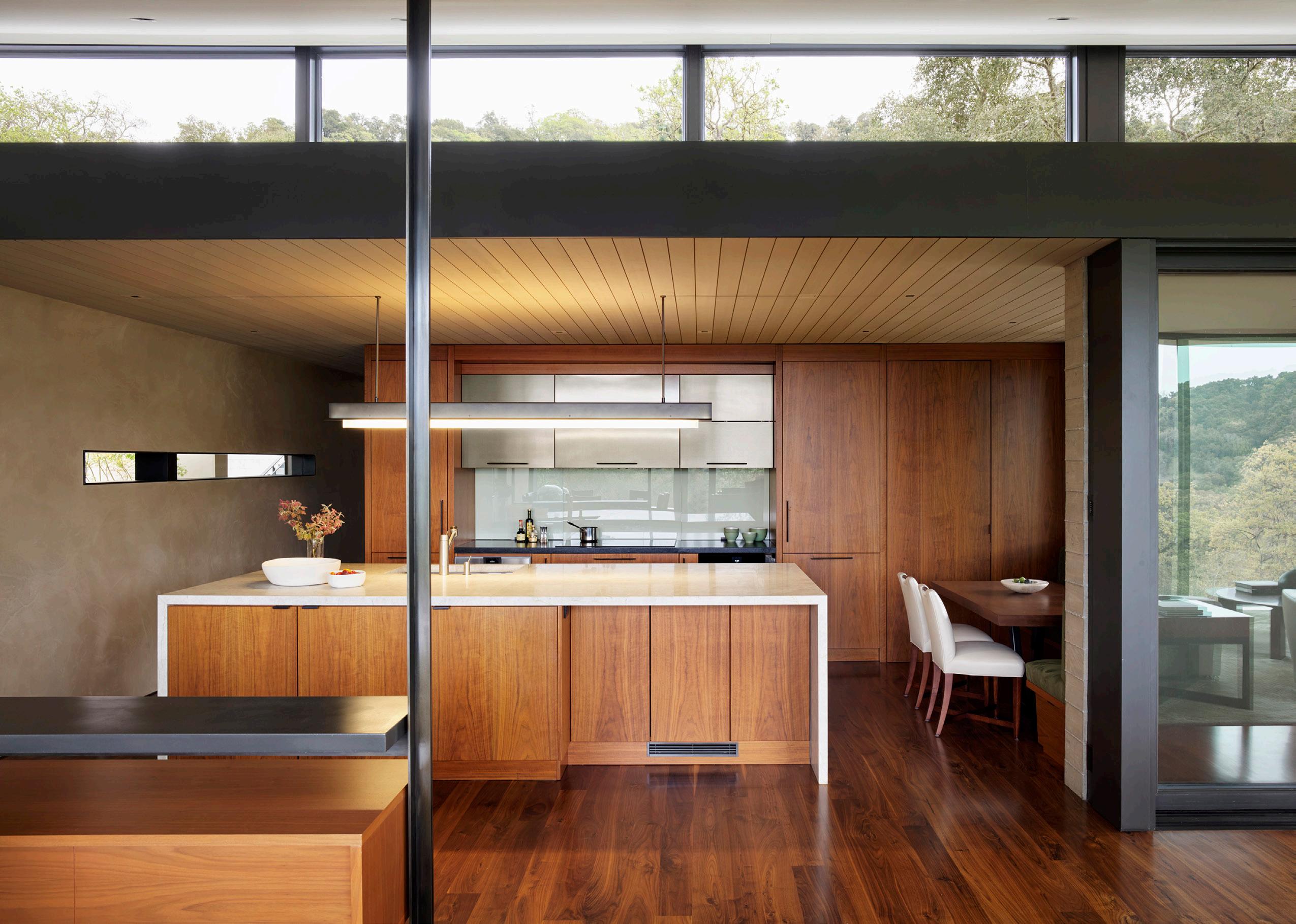
SPACES WINTER/SPRING 2020 77
The clients, Marilyn Rosenwein and Howard Cohen, each have their own dressing room/study in the house; his is shown here. Opposite, from top: A large oak tree provides shade as well as a sculptural element outside the living room; the powder room walls are covered in an automotive paint in a deep-orange hue with a bit of speckle to it.

roadway and neighbors; simultaneously, the views of the valley and mountains are maximized. “It’s fabulous,” she says. “The most significant thing that we appreciate is how they placed the home.”
When the couple started interviewing architects for the project about six years ago, they were living and working in San Francisco, roughly a two-hour drive north. The physicians, who have two adult daughters, envisioned moving to the property when they retired and whiling away their days with an array of active pursuits. They’ve taken up golf, availing themselves of The Preserve’s world-class links, and their hiking boots and electric bikes are frequently in use. (They are both adventure travelers who have hiked to the base camp of Mount Everest and mountain-biked through the Dolomites.)
Creating Winged Retreat was their first experience building from scratch, and they had a clear vision: “We wanted a contemporary, cleanlined home that was well-integrated with the environment,” Rosenwein says. “We wanted as much of an indoor/outdoor feel as possible, embracing the scenery from all over the house.” A/D Design’s ability to use computer modeling to show them the exact view from each room was especially helpful, she notes.
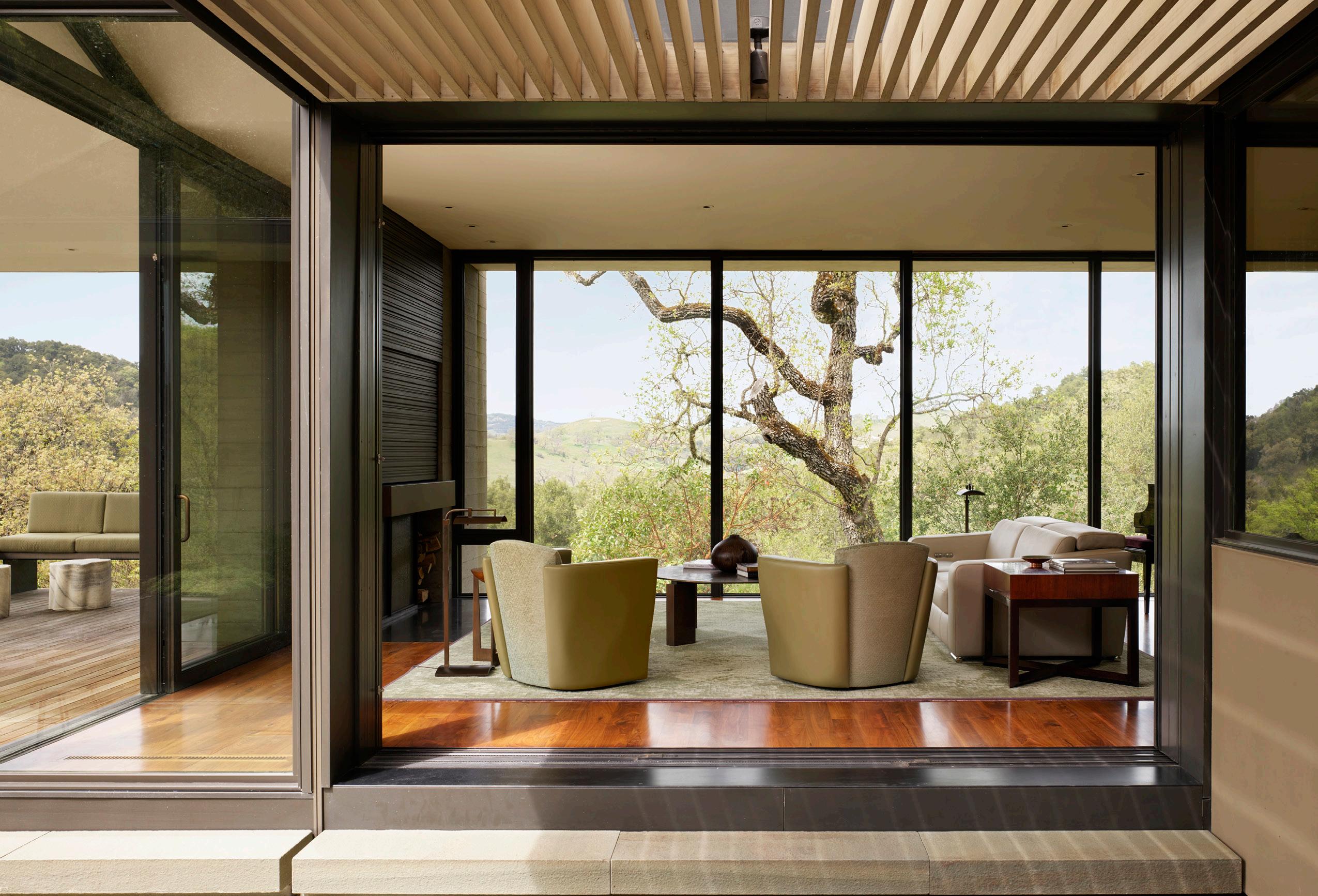
Aidlin and his team, including project architect Adrienne Swiatocha, devised a 3,764-square-foot abode with two bedrooms and three bathrooms. They collaborated with general contractor Carroll & Strong Builders Inc. and landscape architect Bernard Trainor on the structure and its surroundings. The interior art and furniture selection was the purview of Judy McBride, with A/D Design responsible for the built-ins.

Automated louvers control the amount of privacy and natural light in the master bedroom. Opposite, from top: Aidlin’s firm designed the bed, which was fabricated by Evan Becker of Boxcabco; the stool and walnut vanity were customdesigned for Rosenwein.
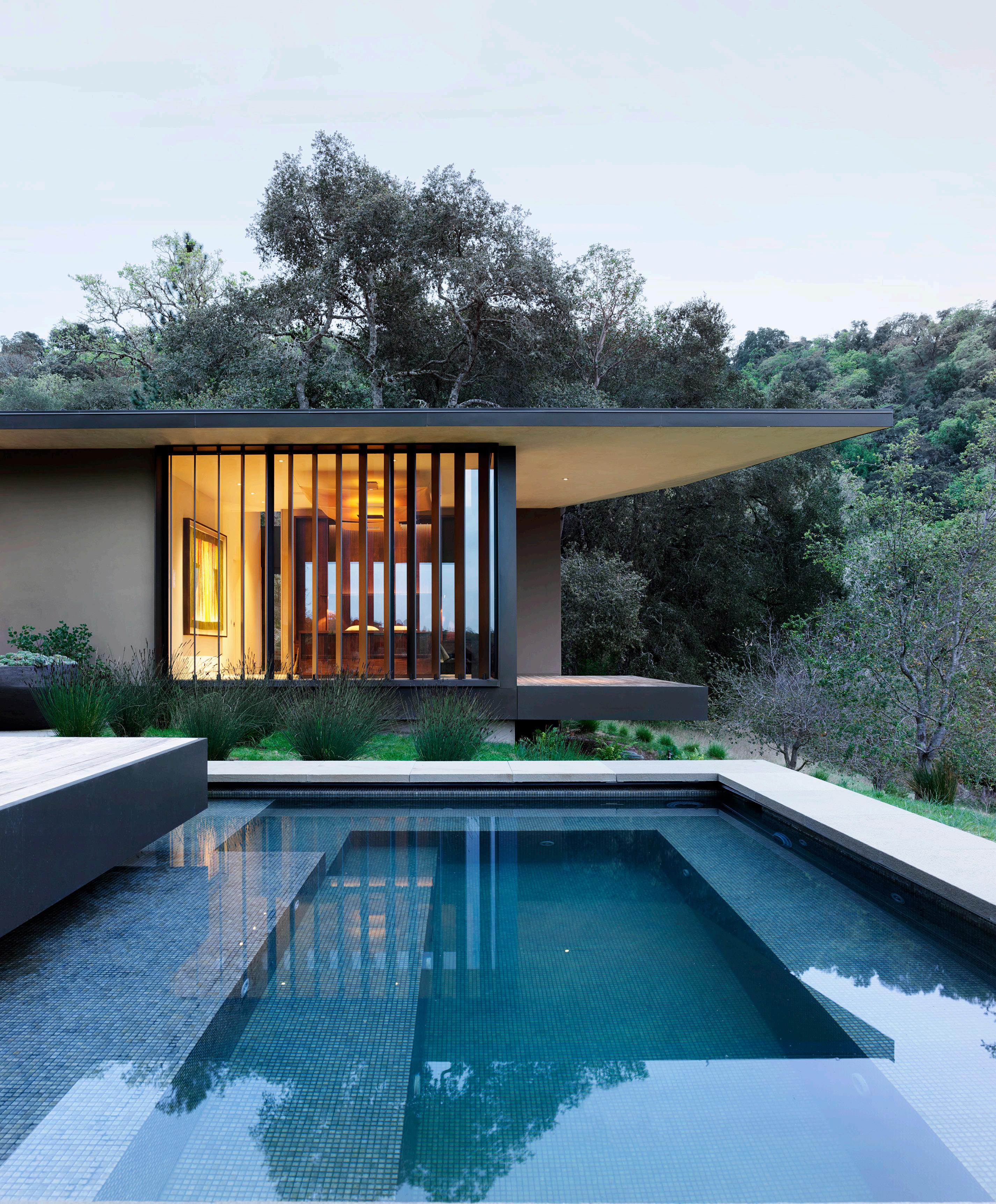
80 WINTER/SPRING 2020 SPACES
Greeting visitors is a striking 8-foot-tall-by-8-foot-wide mahogany front door, the largest the firm has ever designed (according to Aidlin, a 3½-foot-wide door is typical). “The door never fails to draw comments and amazement,” says Cohen, adding with a laugh, “It’s so unique that delivery people sometimes circumnavigate the whole house looking for the door.”
The door pivots open to reveal a foyer with quartzite sandstone flooring, contiguous with the exterior. On a cedar slatted wall, above a bench, hangs a keepsake from Morocco: “They are ancient trading bead necklaces that were worn by the camels on the trading caravan routes,” Rosenwein says. “We love displaying purchases that were made on our various trips to outof-the-way places.” A glass wall opposite the door allows an unobstructed view of “Spindle,” a commissioned bronze sculpture and fountain by Richmond, California–based artist Archie Held.
The house is divided into two wings, to separate entertaining and sleeping quarters. The foyer leads into the living, dining and kitchen area. “When you walk in,” Aidlin says, “we’ve captured the angle of the ridgeline in the angle of the ceiling,” which slopes up from 9 feet 6 inches high to 11 feet 6 inches and is made with sound-absorbing foam and fabric. Floor-to-ceiling glass captures views and natural light; clerestory windows also permit light to wash in.
Wood tones and neutral hues populate the inside. The master bedroom, for instance, is anchored by a custom adjustable king-size bed with a backlit tall walnut headboard fabricated by Evan Becker of Boxcabco and a pop-up television at the foot. Suspended above is Ingo Maurer’s Luxury Pure, a light fixture made of gold lacquered paper and braided strings. The room’s standout element: automated vertical louvers that can be angled to control natural light and privacy.


Outside, what appears to be a 12-by-14-foot pool is actually a hot tub. The ipe deck hovers slightly over it, with benches by Concreteworks providing seating for those who prefer to stay water-adjacent or perhaps warm up by the outdoor fireplace. An indoor fireplace also showcases Concreteworks’ handiwork: the Alameda firm fabricated the dark bronze ribbed concrete cover above the mantel that can conceal the television.
Prior to constructing their house, Rosenwein and Cohen received key intel from friends already living at The Preserve: bugs can hinder alfresco enjoyment. So Aidlin designed the open-air dining and cooking space with a retractable screen that keeps insects at bay, along with overhead heat lamps for year-round comfort day and night.
It’s notable that no trees were removed to accommodate Winged Retreat. “I love that dialogue between a mature, natural phenomenon and a new, modern home,” Aidlin says. Surveying the setting, he likens the oaks on the grounds to sculptures; for him, this project exemplifies “how architecture and landscape can complement each other and become a beautiful nesting environment for humans.” n
You want to understand how the light and wind and landscape features evolve from complete darkness to sunrise, how that changes throughout the day, and how it again changes at dusk.
PAST PRESENT
IN MILL VALLEY, ARCHITECT CHRIS DORMAN REVIVES OLD IDEAS TO FIT CONTEMPORARY MOLDS.

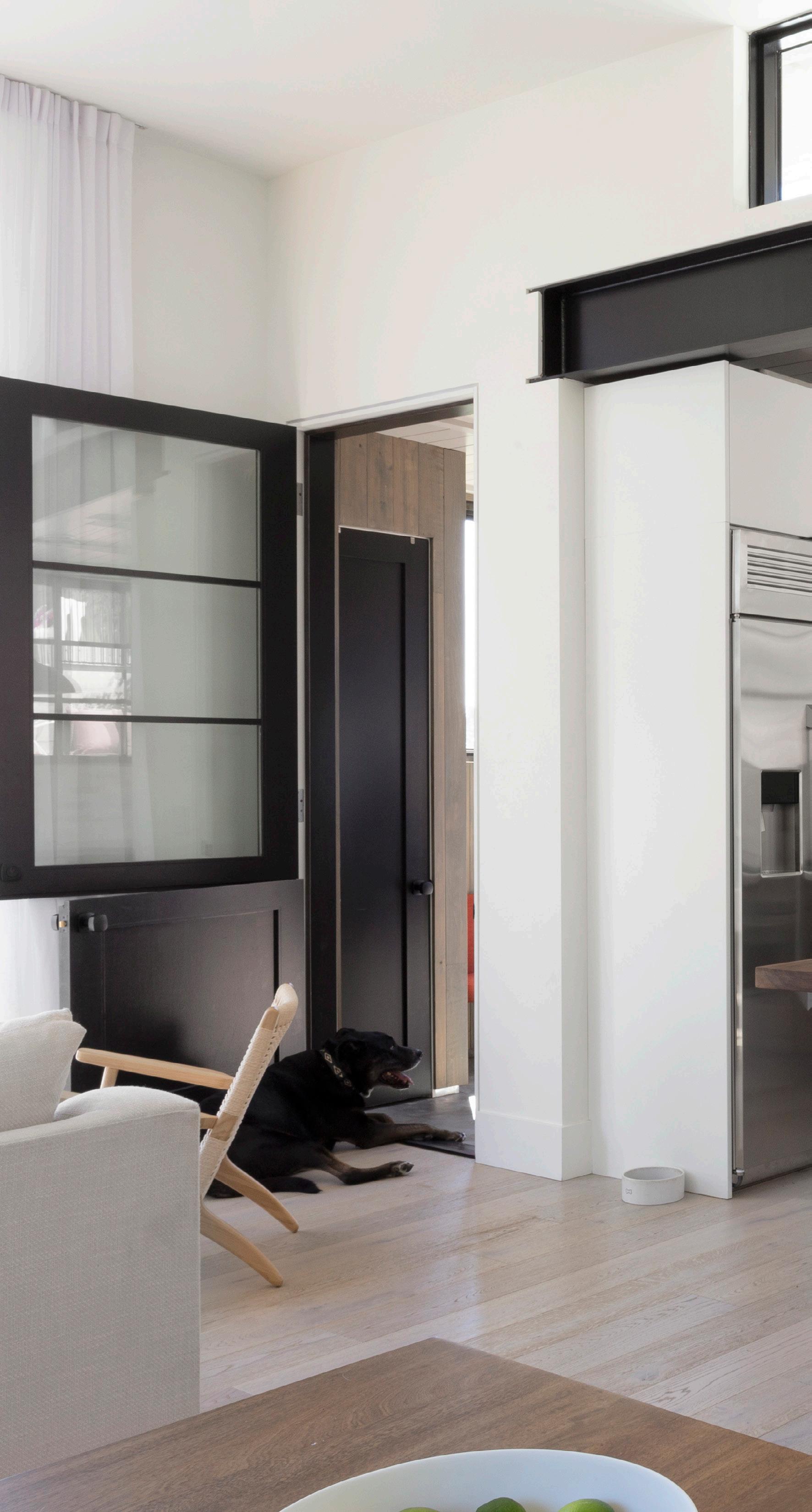 BY ZAHID SARDAR PHOTOS BY DAVID DUNCAN LIVINGSTON
BY ZAHID SARDAR PHOTOS BY DAVID DUNCAN LIVINGSTON
82 WINTER/SPRING 2020 SPACES
Above: Chris Dorman’s three-story Tamalpais Valley home has several floor changes — not evident on the facade — as it rises up its steep site. The wood-clad section is the entry porch. Right: A glass and wood Dutch door leads into the loft-like open plan kitchen and living room. An exposed structural beam lines up with the lowered kitchen ceiling.

“I AM A HORRIBLE STORYTELLER,”
Perhaps that’s why we don’t often hear of the work he has been quietly doing for nearly three decades, out of an office in San Rafael and now in Mill Valley: residential and commercial projects in the North Bay, such as Ged Robertson’s brand-new Watershed restaurant; projects in the wine country and in Mexico, where he created the lauded organic farm-to-table resort enterprise called Flora Farms.
But closer to home, there is a story he tells eloquently.
It is the story of his stucco and cedar-clad home in Tamalpais Valley.

The steep, up-sloping lot he purchased from a friend, 5,500 square feet and barely buildable, came with a 1989 zoning caveat that only allowed a 1,650-square-foot home on it. So that’s what he built.
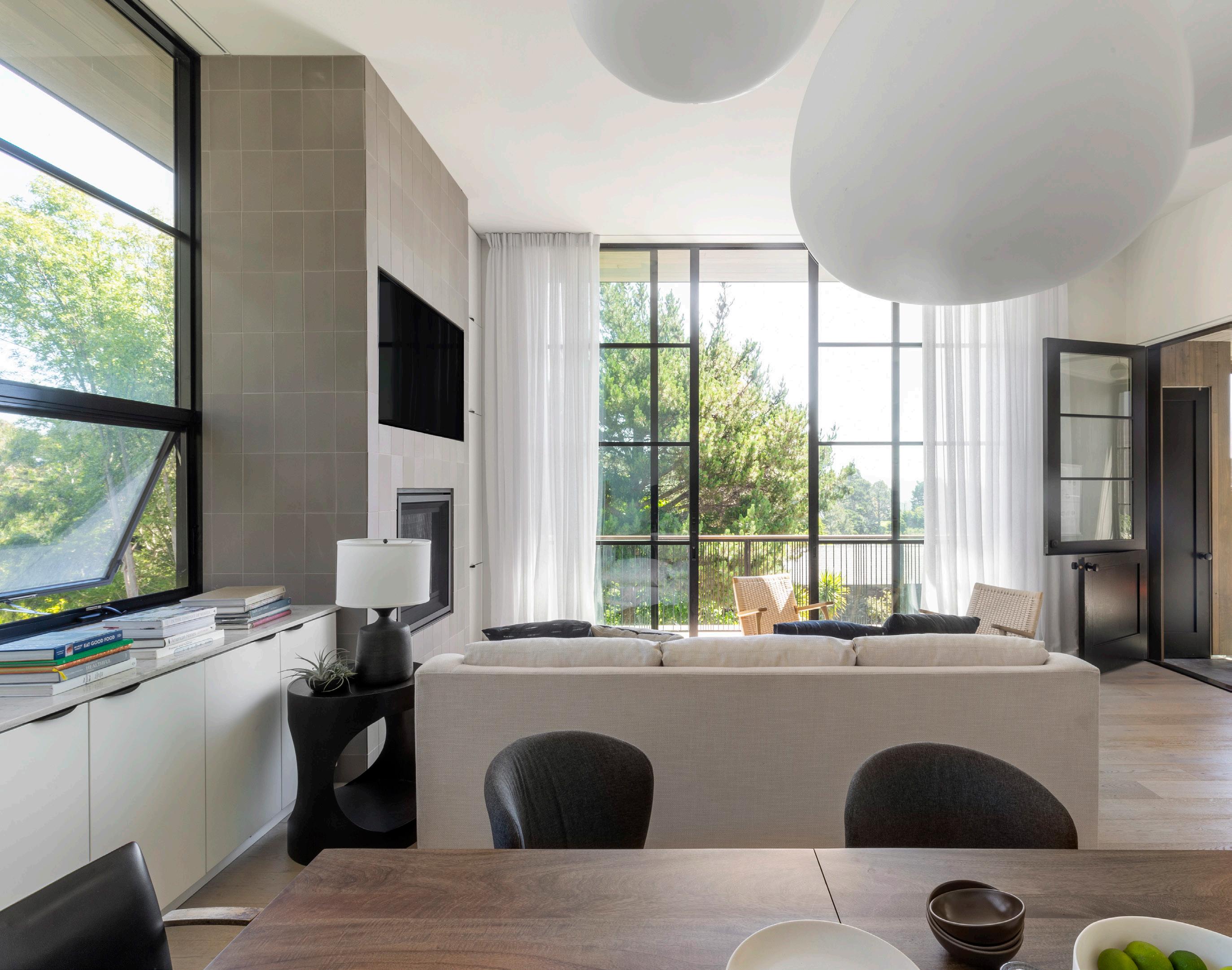
architect Chris Dorman confesses.
“That’s the short version,” he says with a nervous laugh.
But there is more to tell.
Evidently, when he bought the land in 2016, it was after six years of trying to help his friend build an investment property on it. They kept running aground because “developers want an easier project,” he says. “This lot was too steep, and it had a big dying oak tree struggling in the middle of it.”
They briefly considered a building made of stacked containers or some other cost-effective solution for the site, but gave up. However, once Dorman owned the land and had some experience on it in his spare time, inspiration struck: it was odd enough and nice enough for a home of his own.
The lot was 50 feet wide and, even though the rules required a setback of six feet on each side away from the property line, he thought he could build a multistory house that stepped up the hill. It could incorporate the outdoors at each level, so
that even the setback areas would be part of relatively generous board-formed concrete side terraces. The terraces would be expensive, but would double as retaining walls.
“For me the most important thing was the flow,” Dorman says. Although a large courtyard was not doable, “if you can flow outdoors easily at each level, even a 1,650-square-foot house can seem so much larger.”
His wife, Antonette Greene, and their two young boys, Harper and Calder, approved, and work began.
The crisp, white-walled, wide-plank oak-floored house, completed about a year ago, essentially has four levels, with rooms on successively higher levels, linked either by doors or large windows to stepped south-facing courtyards, planned in collaboration with landscape architect Michael Erskine. “Visual links between spaces are important. Any space you don’t see doesn’t get used,” Dorman says.
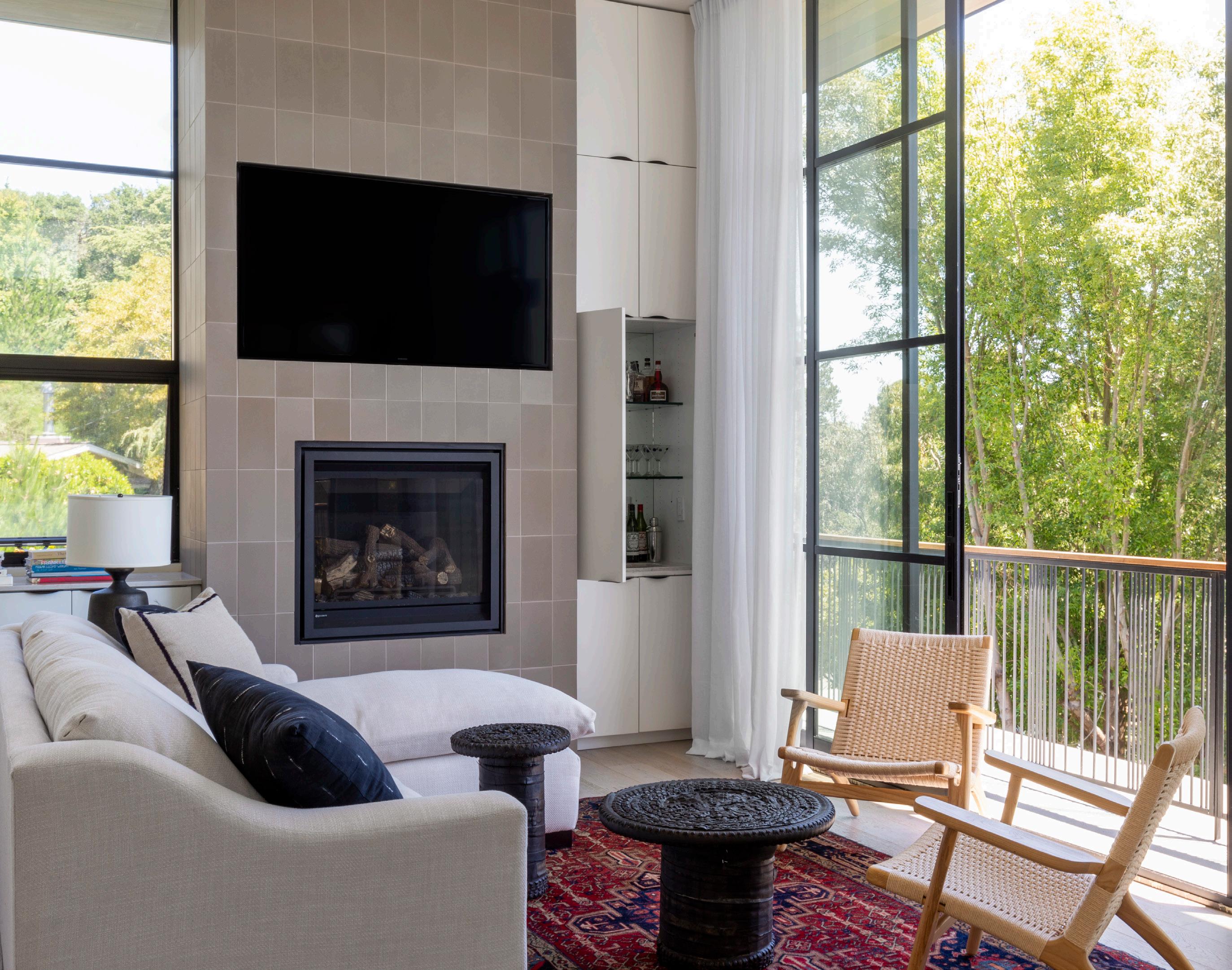
SPACES WINTER/SPRING 2020 85
Top left and right: The open-plan living and dining areas allow for the free flow of children and the family dog. Floor-toceiling glass sliding doors open onto a shallow balcony facing the street. A bar is visible in the corner. Inset: Formed concrete front stairs are incorporated into the retaining walls, stair landings and two decks off the children’s bedrooms.
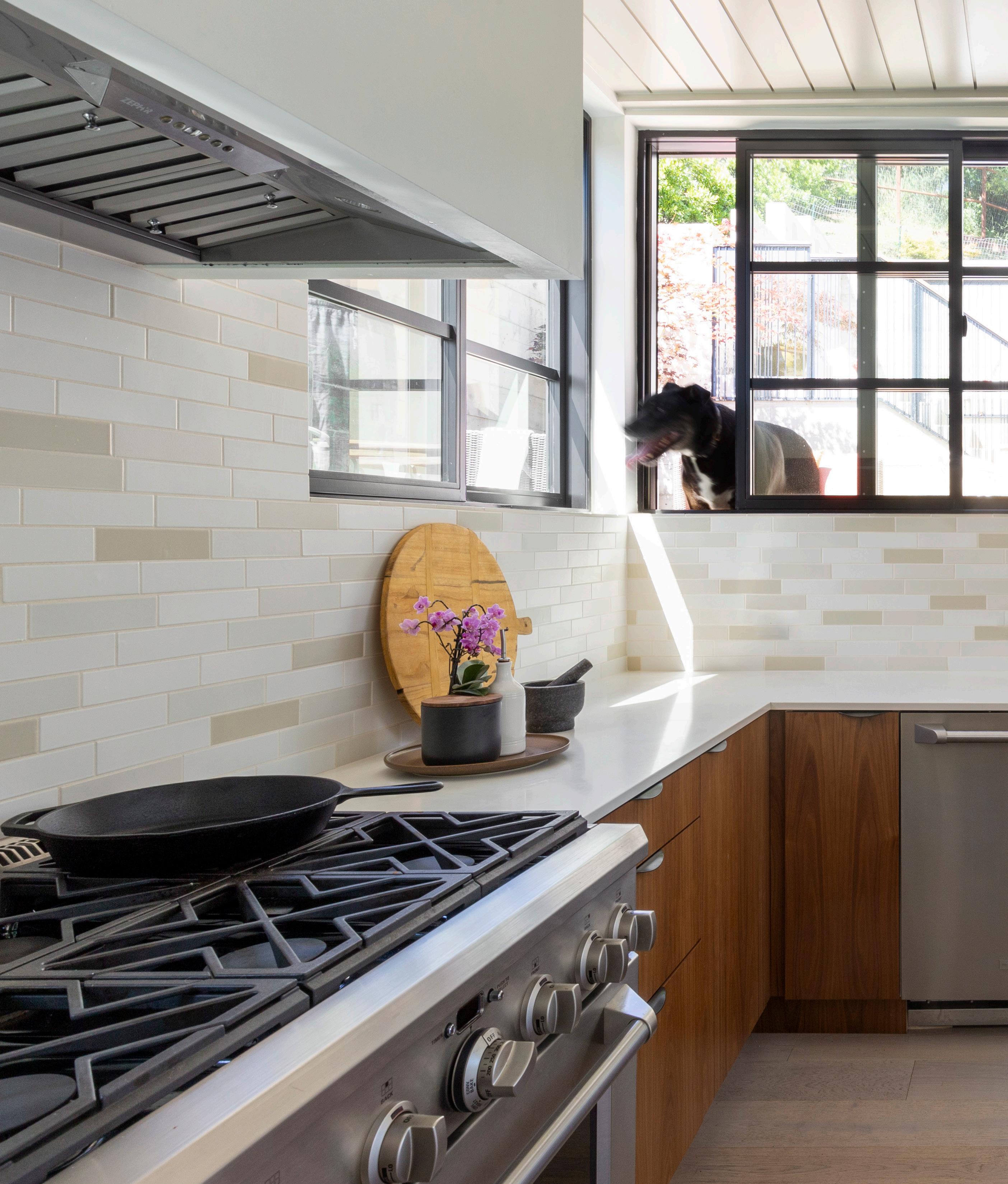
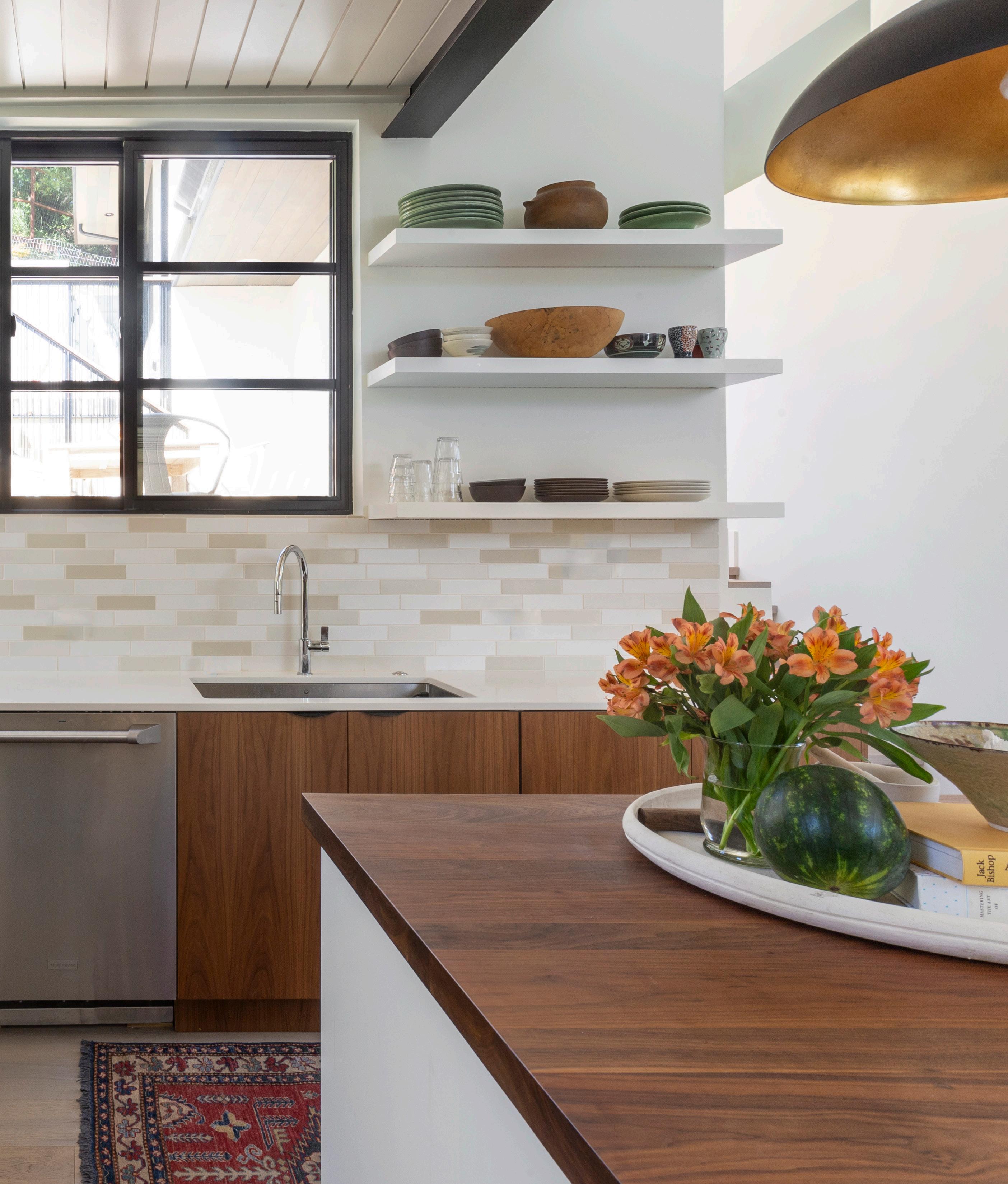
SPACES WINTER/SPRING 2020 87
One more advantage of multiple floor levels and decks at window height: the family dog, Schroeder, can roam in and out.
Inside, to simulate the urban loft look that he admires, a stepped “hallway” links the different levels. Half a flight up from the main floor is one boy’s room; another half-flight up are another bedroom and a guest nook that doubles as an appealing work-in-bed office. Switching back, a full flight up, is the master suite, which opens to a rooftop view deck. “It all fits together like a puzzle,” Dorman says.
With the changing floor and ceiling heights, “there is also a sense of visual release,” he adds. “I have a low nine-foot entry and the Heath-tiled kitchen area is lower, because that’s where you hunker down to cook, but then the main loftlike living space is really high.” Its 12-foot-high, east-facing, floor-to-ceiling aluminum sliding glass doors open onto a narrow balcony and look out at trees that add to the sense of being outdoors.

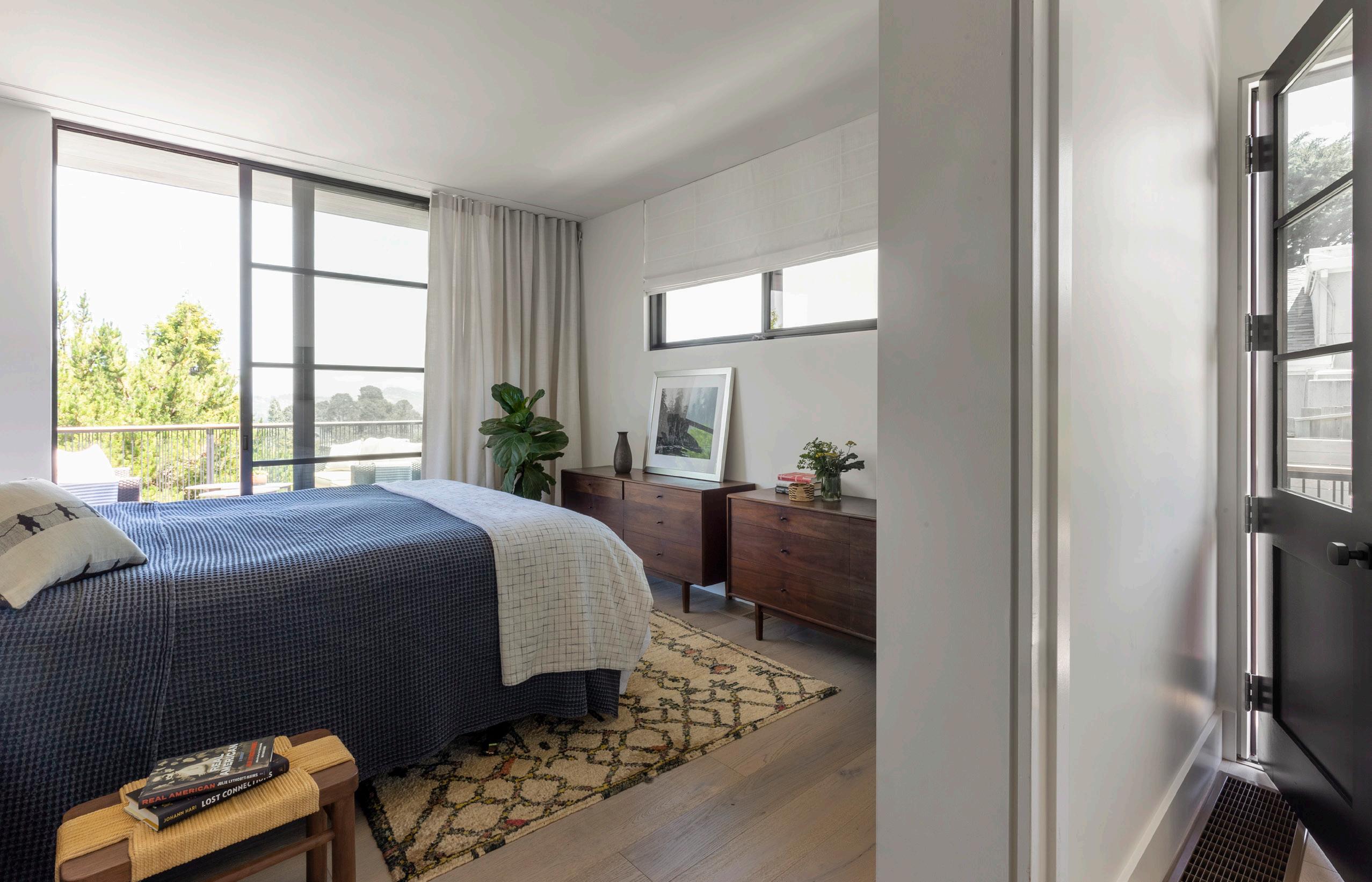
If you can flow outdoors easily at each level, even a 1,650-square-foot house can seem so much larger.
A stepped hallway links the living spaces to the children’s bedrooms and, at the very top, the guest space. Below: The master bedroom opens onto a roof deck and a side door leads out to a balcony. Facing page: the guest space opens onto a deck, which is also connected to the street by stairs.
If these ideas seem to echo those of architects Adolf Loos and Frank Lloyd Wright, that’s not surprising, because by the time Dorman graduated from architecture school in 1996 he had taken design theory courses that delved into the roots of modern architecture and its earliest innovations. “How do we improve what has been done and how to grab from the past interested me,” he says. “You can always reuse core elements.”
Coincidentally, Dorman grew up in Sacramento on a pieshaped lot that no developers wanted, so his parents built a redwood-clad Sea Ranch–style home, by Dorman’s mentor Brent Smith, that was unlike any of the 1970s look-alike tract homes surrounding them.

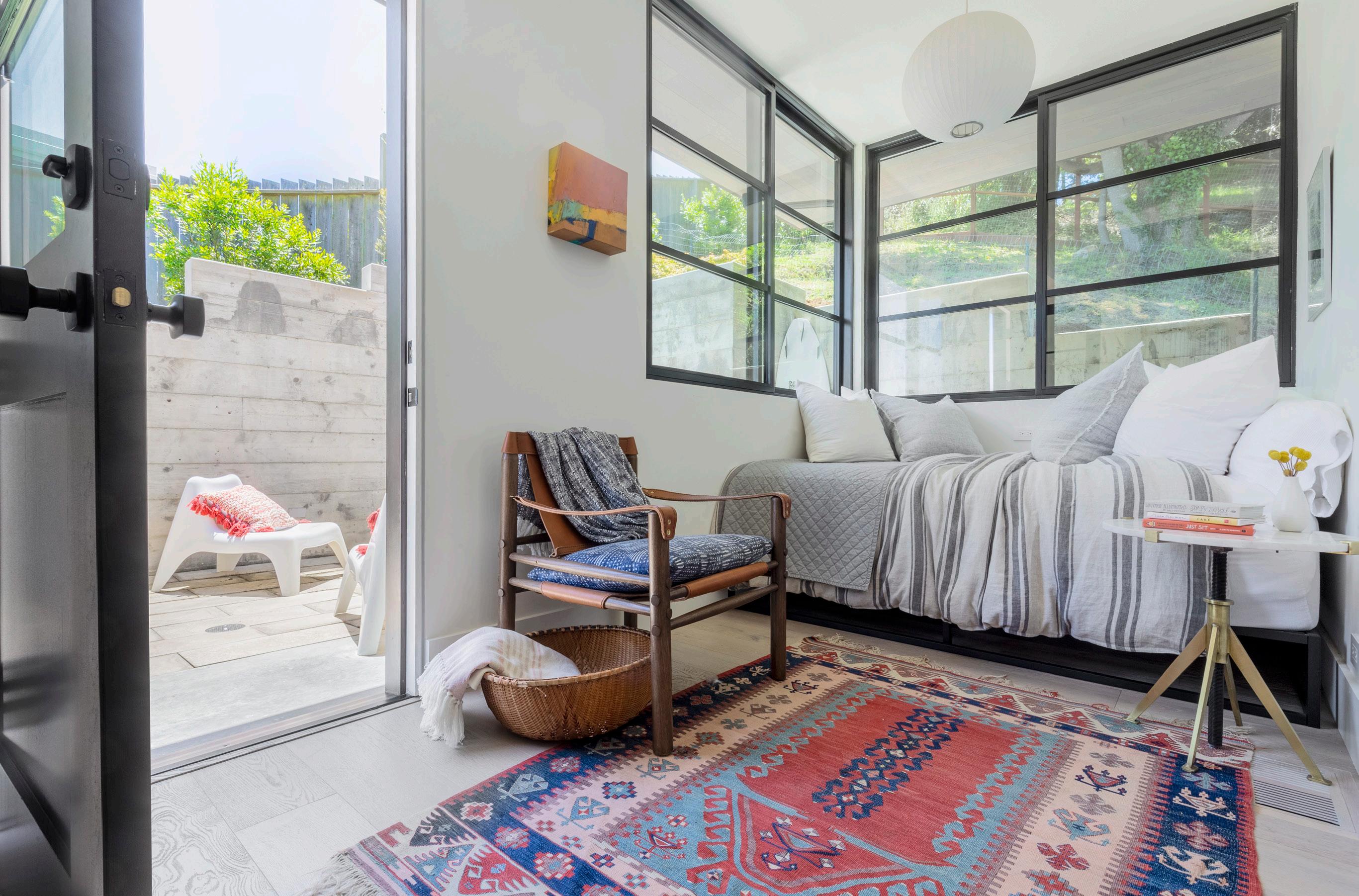
“It had 18-foot-high ceilings and rooms that opened to the outdoors,” he recalls. “When it cooled down in the evenings, sitting outside was always preferable.”
Like that house, his current home is relatively small, but Dorman is pleased that he could build in stratospherically expensive Mill Valley at all. The family had to downsize drastically, even with a storage space above the garage. But on the plus side, “we got rid of so much crap,” he adds with a laugh. The home is not exactly an argument for a smaller home or any kind of tiny house manifesto, he admits, because he is very tall and likes building big. Still, “this compact house is all that a new house in Mill Valley can be.” n
BARN AGAIN
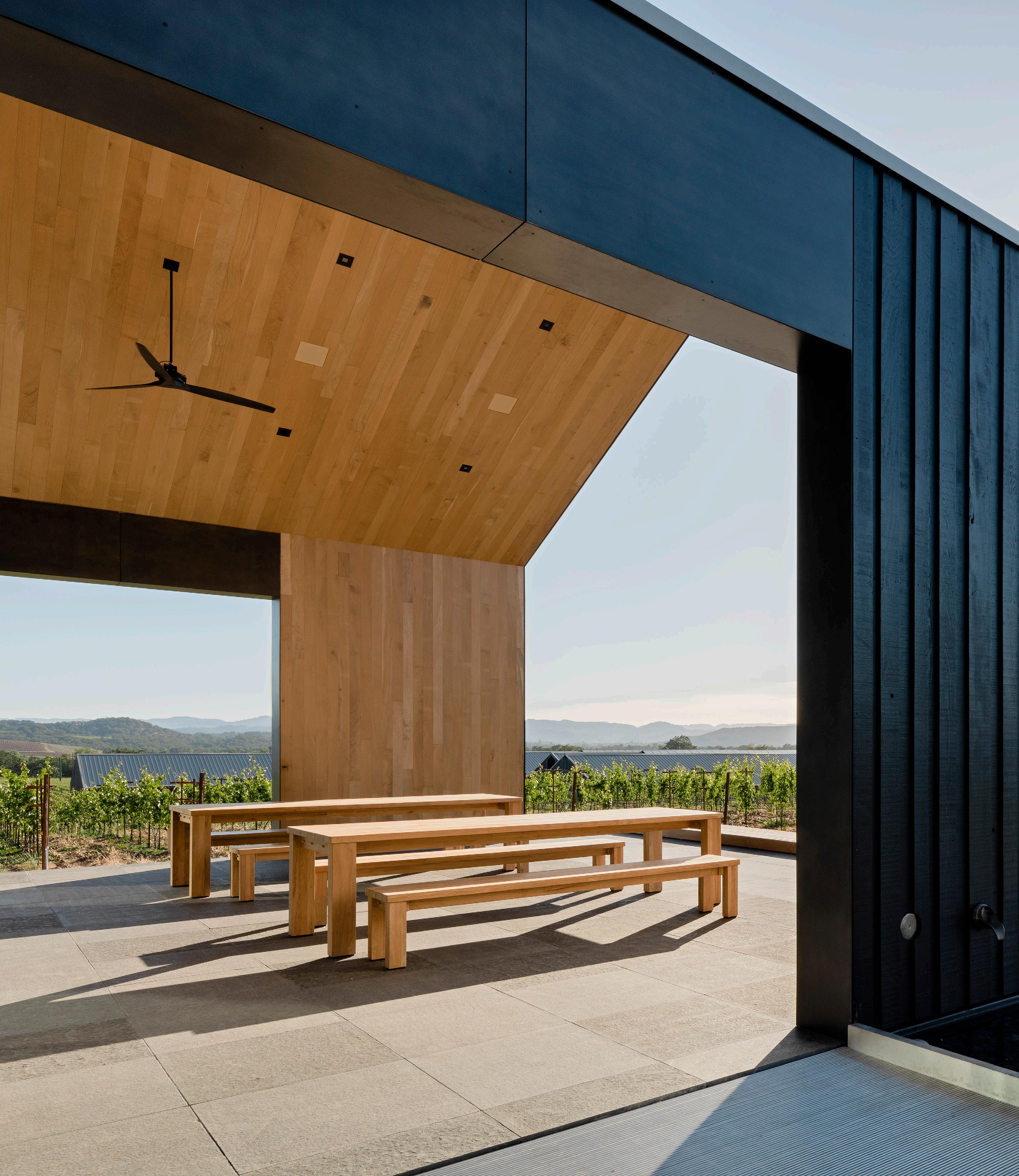
ARCHITECT DANIEL PIECHOTA GIVES THE RURAL NORTHERN CALIFORNIA WINERY VERNACULAR AN URBAN FLAIR.

 BY ZAHID SARDAR PHOTOGRAPHS BY JOE FLETCHER
BY ZAHID SARDAR PHOTOGRAPHS BY JOE FLETCHER
DANIEL PIECHOTA’S FIRST COMMERCIAL BUILDINGS designed under the banner of his new San Francisco architecture firm — wine production buildings and a matching satellite structure with tasting room and banquet spaces, for Silver Oak winery in the Alexander Valley — are essentially country barns. Built last year in the middle of vineyards near Healdsburg, they stand out like a child’s drawing of an archetypal house against the vines. Featuring distinctive blackened vertical board-and-batten siding milled from recycled redwood wine tanks, the walls flow seamlessly up into peaked standing seam metal roofs that have no overhangs. Inside surfaces — steel, bronze and ceramic tile, especially in the public spaces; paneling of valley oak salvaged from the 2015 Middletown fires; board-formed concrete planks — are all beautiful and homey backdrops for custom furnishings chosen by Mill Valley designer Laurel Harrington.
SPACES WINTER/SPRING 2020 91
Architect Daniel Piechota’s barn-like tasting room for Silver Oak Winery has open and closed areas that are lined with salvaged valley oak. The striking vertical siding of blackened recycled redwood comes from old wine tanks. Furnishing chosen by interior designer Laurel Harrington lends a residential air.
This page: A concrete and gravel walkway to the tasting room goes past a dining pavilion on the right that adjoins a vegetable garden. Right, top to bottom: The production and barrel room building is split into several barn-like forms; the shallow pool between the two wings of the tasting room is a cooling device.
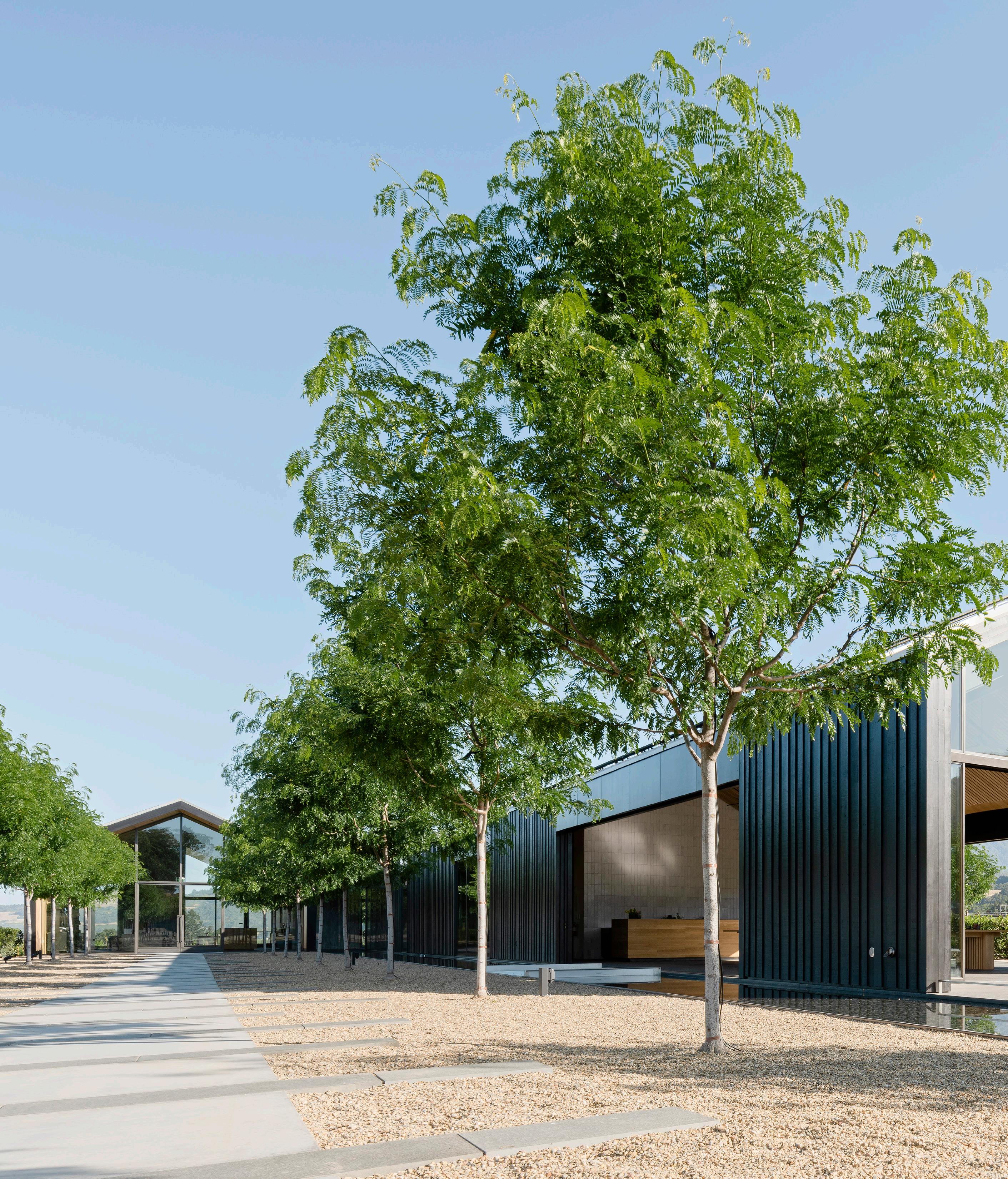
92 WINTER/SPRING 2020 SPACES
The homelike aspect is no accident: Harrington had previously decorated a San Francisco pied-à-terre for David Duncan, the family-owned winery’s proprietor, chairman and CEO. And when it came time to find a winery architect, Duncan looked at a house by Piechota and consciously chose his Piechota Architecture firm in lieu of a conventional winery designer.
“Not having done a winery proved to be an advantage,” Piechota says. “That’s exactly what David was looking for.”
“We wanted a new example of a winery in the modern era,” Duncan adds. And with acquisition of 113 acres of vineyards for the Alexander Valley location up north, it was finally possible for his nearly 50-year-old winery, founded in the Napa Valley near the Silverado Trail, to have just that. He gathered a team of contractors, engineers and advisers who knew what essentials a modern winery ought to have, then urged Piechota to take the Alexander Valley property into uncharted eco-conscious architectural terrain.
At first, the architect imagined a single building like a house of glass, wrapped around a viticultural pond on top of a hill. But responding to Duncan’s “green” brief, he opted for long barn-like forms, laid in parallel rows against a backdrop of the Mayacamas Mountains. “If they need more space in the future, they can easily add another row,” he notes.


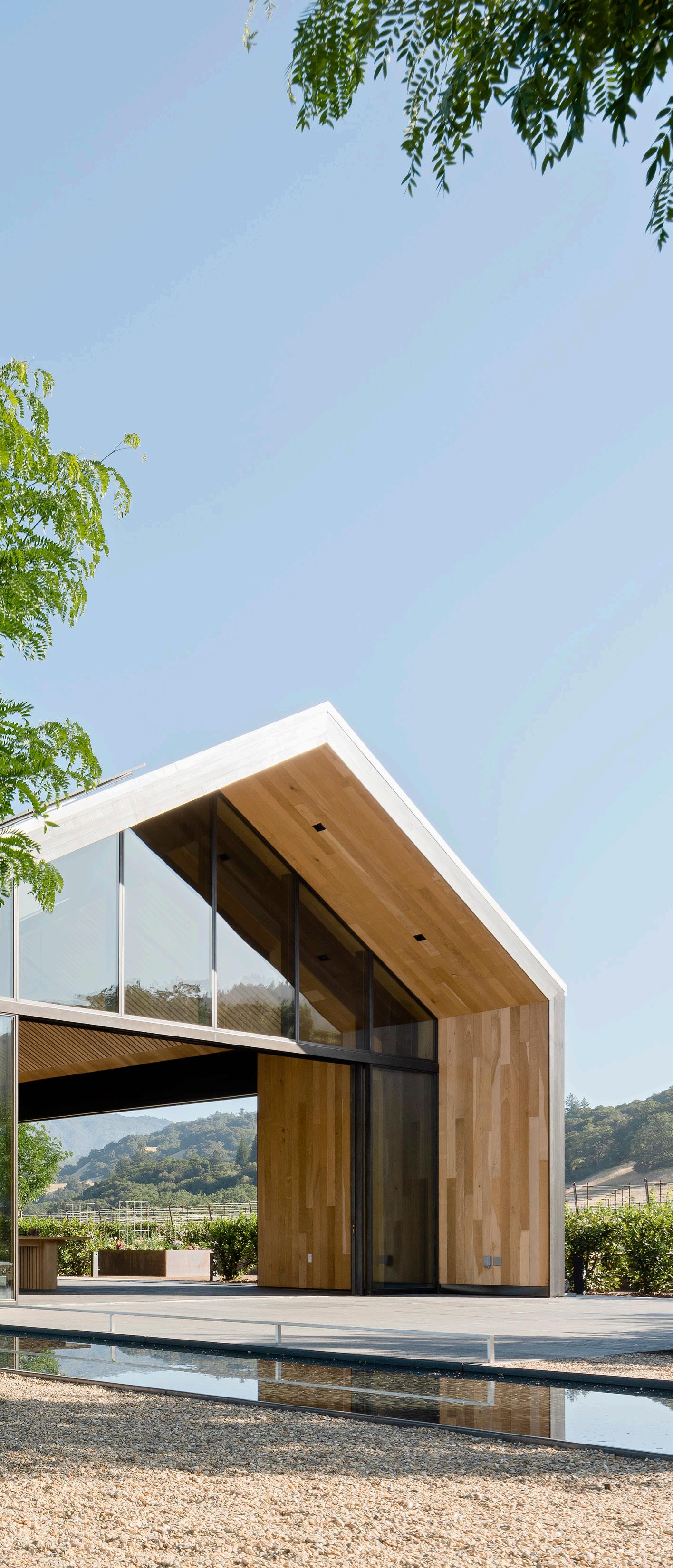
SPACES WINTER/SPRING 2020 93
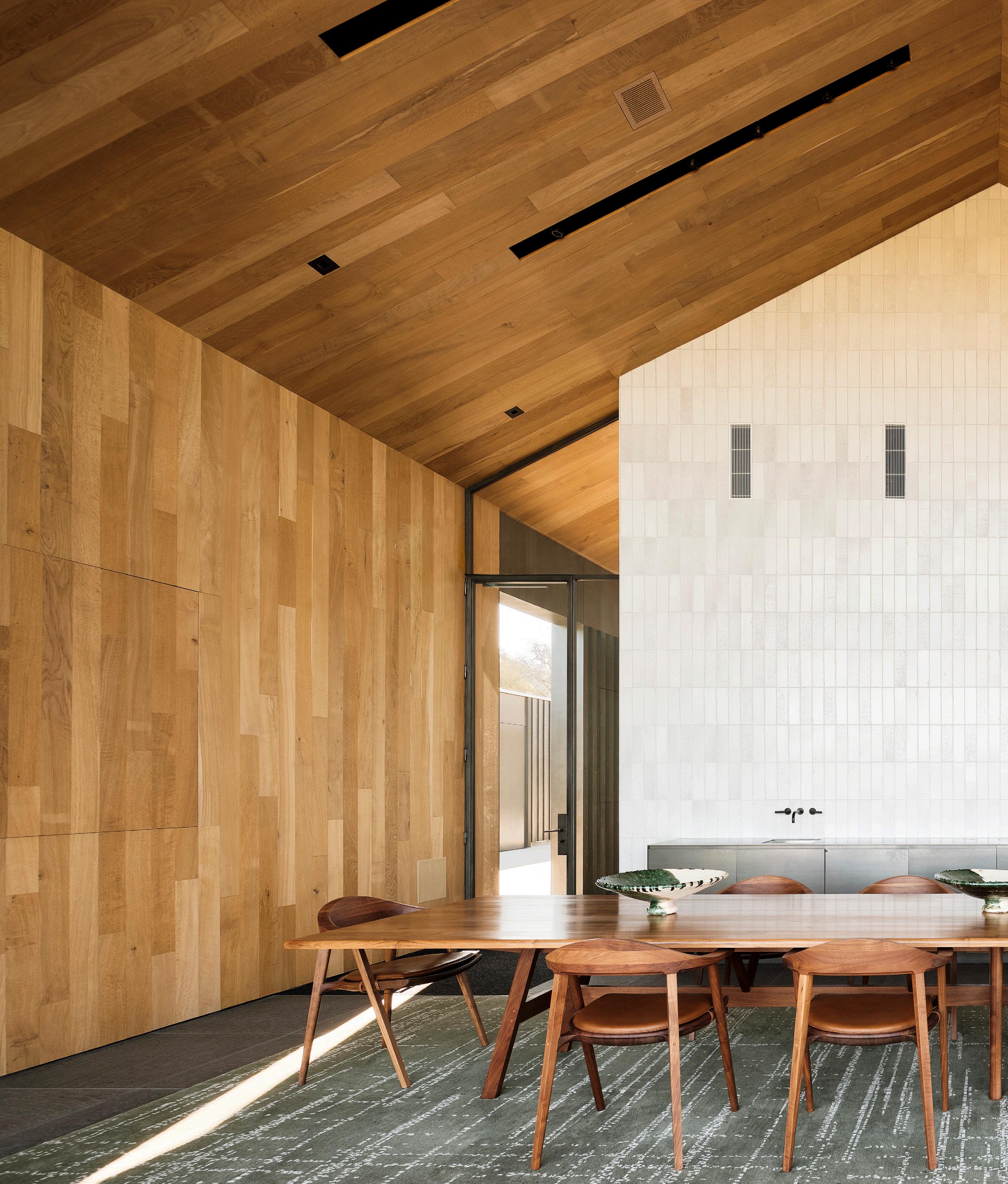 Silver Oak’s wood-lined banquet room has walls covered with board-formed concrete panels; one house-shaped wall is covered with matte white glazed tiles.
Silver Oak’s wood-lined banquet room has walls covered with board-formed concrete panels; one house-shaped wall is covered with matte white glazed tiles.
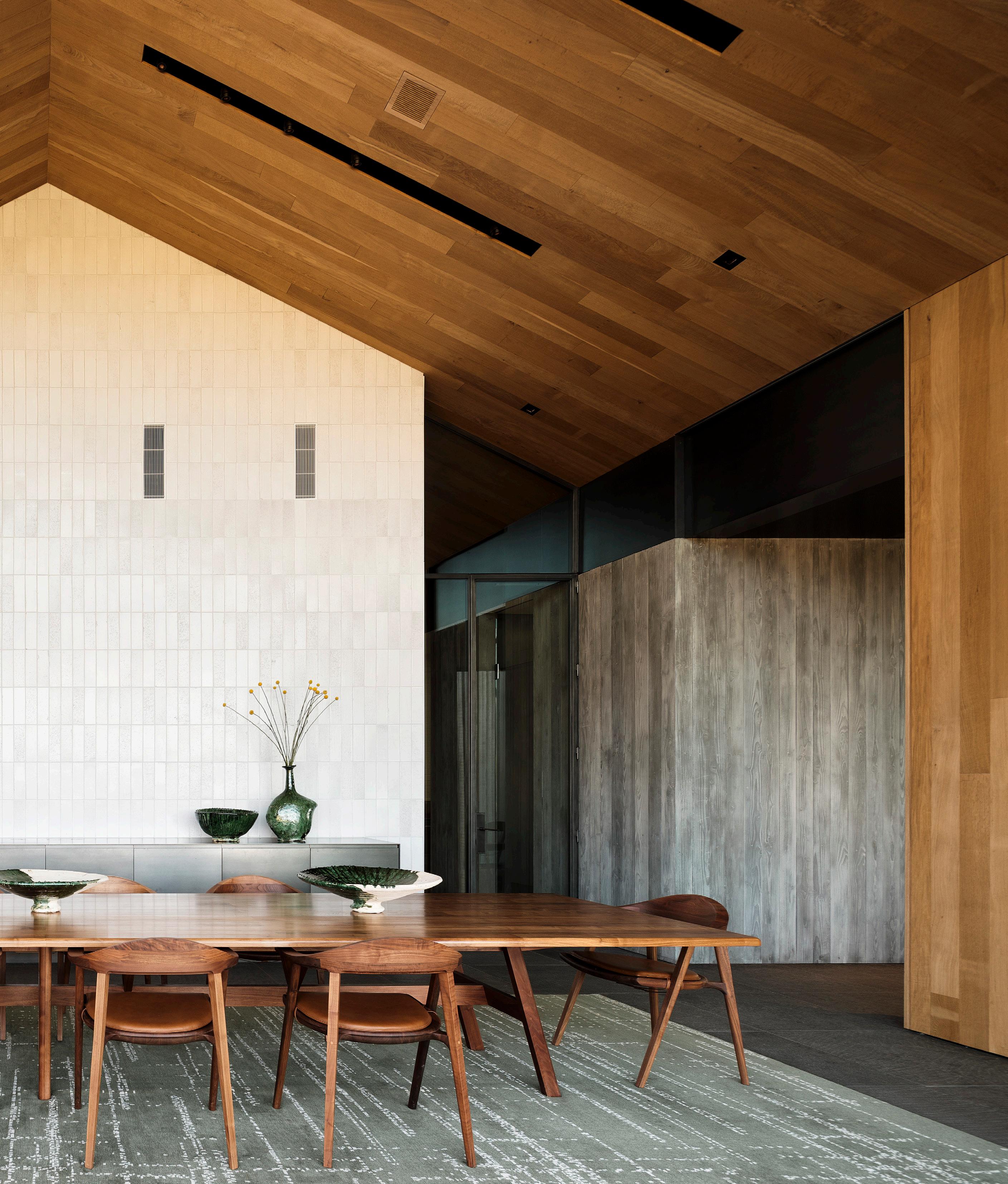
The solar arrays on all the south-facing roofs contribute to the project’s LEED Platinum standing, as do other nearly invisible features. For instance, the asymmetrical production structures have large cutaway openings for cross ventilation and ease of entry. A frosted glass canopy over the grape delivery area creates a light-filled yet shaded area for harvest-laden trucks waiting to be unloaded. Between the banquet pavilion and tasting room, an orderly stand of birches provides more shade, and a long troughlike reflecting pond, clad in bronze by Chris French, is a cooling spot.
Despite many refined details borrowed from home design, Silver Oak’s modern buildings exude the essence of barns; their features are functional rather than merely historicist or decorative. In the fermentation room, rows of elegant digital speakers, resembling modern light fixtures, hang from the ceiling, filling the space with invigorating mariachi or Mozart music during the busy crush.
“The rest of the interior is clearly industrial, with stainless steel tanks and metal catwalks,” Duncan says. “We were not making the Taj Mahal. We just wanted to include beauty and simplicity, and those, we know from making wine, are the hardest things to achieve.”
Evoking Silver Oak’s distinctive black bottles with silver labels, the dark buildings with light-toned interiors are fitting intermediaries between outside and in. Flamed basalt floors, the textural paneling of rough concrete planks, rift-sawn salvaged oak from Evan Shively’s Arborica — all subtly reflect the landscape.


Literally and metaphorically framing the vineyards, the buildings reflect the seasons. “When the vineyard is lush and green, the gray concrete inside comes into focus; during the winter when it is gray outside, you notice the wood paneling,” Piechota says. “I was after something you feel instinctively.”
Deep inside the banquet “barn,” which opens to a kitchen garden, is another evocative treat: a circular climate-controlled wine library that contains the earliest Silver Oak cabernet sauvignon vintages. Lined with charred Shou Sugi Ban tongue-and-groove redwood, the small room distinctly feels like the inside of a dark bottle of wine. Its black painted ceiling has a circular aperture for coved lighting, and through it you can look up — as if through the bottle’s neck — at a white plaster cupola that bounces light back into the room. A cylindrical floor-to-ceiling wine rack made of delicate steel rods also crafted by French hugs the room’s curved walls and surrounds a central table — an enormous basalt boulder with a glassy polished flat top — that looks as if it sprang from the site.
Despite the urban sophistication of the design, unveiled to the public last year, “David really wanted visitors to feel close to the land,” Piechota says.
Duncan affirms that. In every sense, “I wanted visitors to be in the vineyard and have a connection to the earth and the fruit,” he says. “Winemaking begins and ends with it.” n
We wanted to include BEAUTY AND SIMPLICITY, and those, we know from making wine, are the hardest things to achieve.
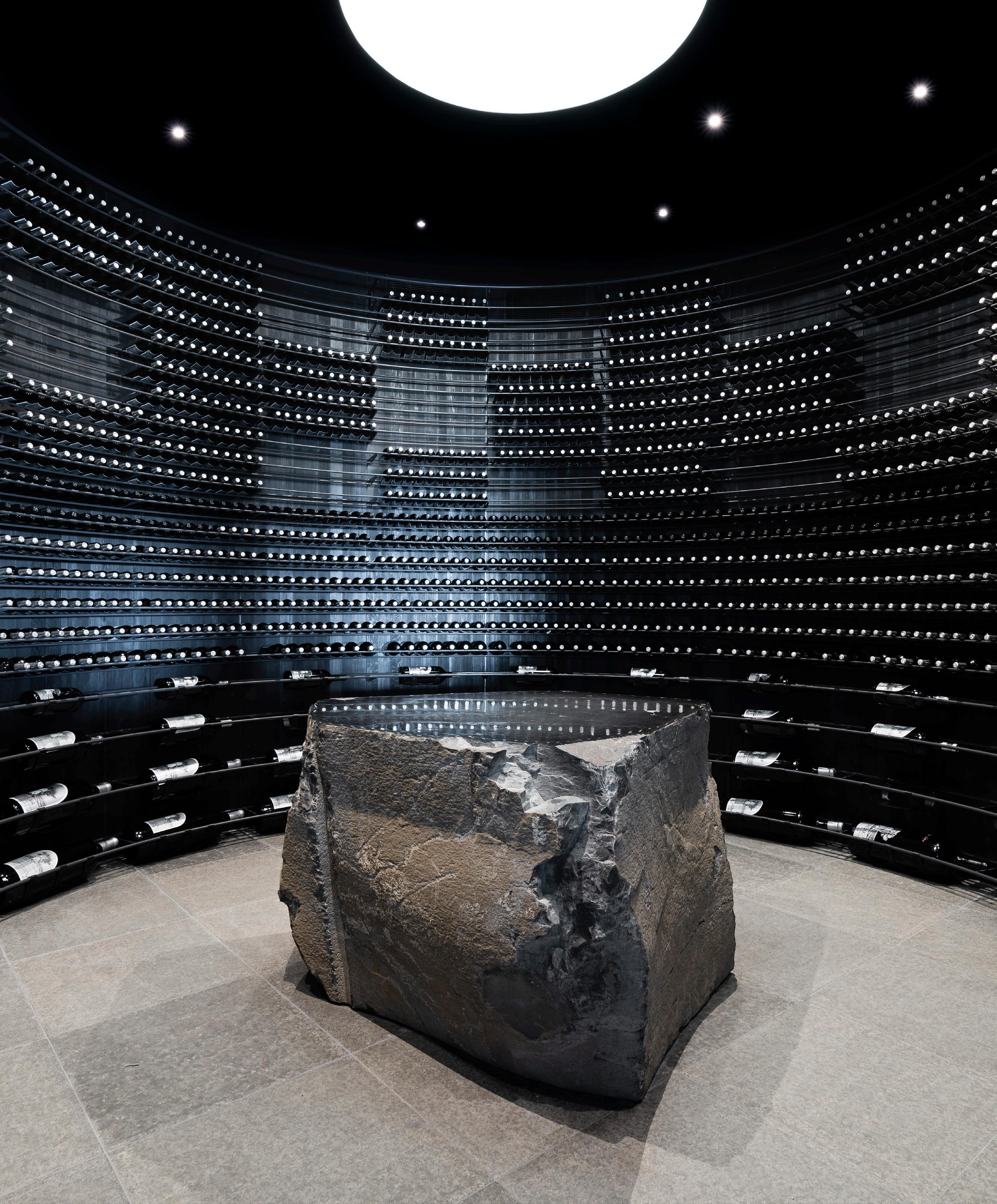
SPACES WINTER/SPRING 2020 97
Piechota designed a round wine library that feels like the inside of a bottle of wine. Its round wine rack made of steel rods was crafted by Chris French. In the center, a block of basalt with a polished top was craned in place before the building was constructed. Facing page: Harrington sourced residential-style furnishings for all the public spaces. The table is custom.
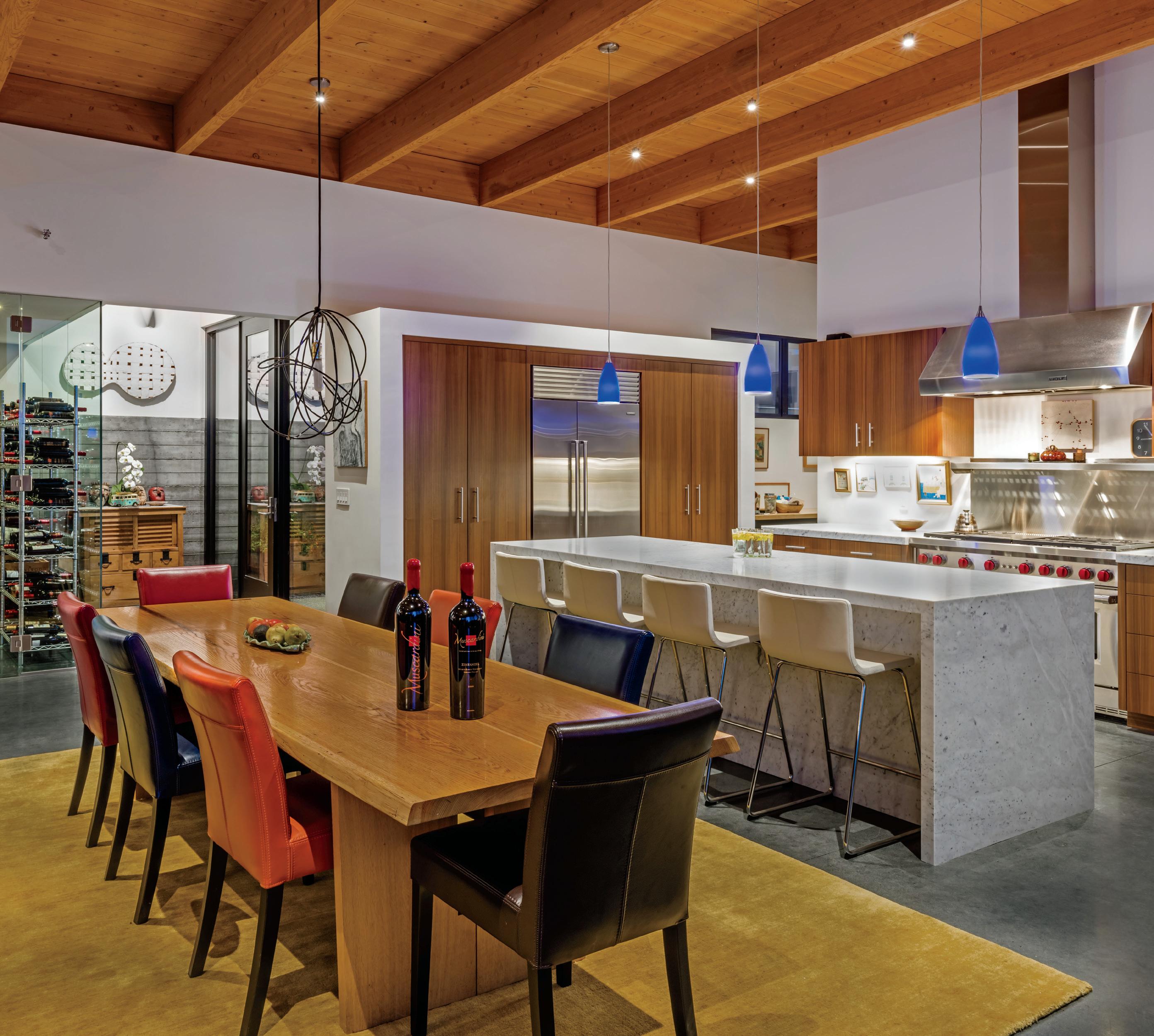
north coast tile & stone residential & commercial North Coast Tile & Stone RESIDENTIAL & COMMERCIAL 3854 Santa Rosa Ave • Santa Rosa, CA 95407 • Monday through Friday 8:30 - 5:00 • Saturdays 9:00 - 5:00 707-586-2064 • www.nctile.com • Lic.#641574
ARCHITECT: ZIMMERMAN + ASSOCIATES
Largest and Best Selection of Stone and Quartz Material in the North Bay In House Tile & Stone Fabrication and Installation - Beautiful Boutique Tile Showroom Design | Fabricate | Install | One Shop | One Stop Family Owned and Operated for over 30 Years READERS’ C HOICE2018
OWNER/BUILDER: MICHAEL MUSCARDINI
A STEP UP
SEVEN YEARS AGO, when Kentfield architect Chris Parlette was asked to improve the facade and remake the interiors of a roughly 5,000-square-foot six-story Mill Valley house with wooded valley views at the foot of Mount Tamalpais, his greatest challenge proved to be the vertiginous site.

The climb up dozens of concrete retaining steps to the front door two-and-a-half stories above the foundation gave even seasoned contractors pause.
“Most of them took one look and fled,” Parlette recalls.
When work finally began in 2016, it was as if the builders were an army mounting a precision assault in slow motion. Although winches pulled up large components, most materials had to be carried up by hand. It wasn’t until late 2018 when the clients — a lawyer, her scientist husband and their two children, who are now nearly teenagers — were able to settle back in.
The original house “was like a taupe motel,” the husband recalls. Built during the 1980s when suburban houses as large as theirs were standard, it was conceived as a postmodern composition of tan painted cedar-clad shapes stacked within redwoods beside a creek, and tricked out with some nostalgic peaked roofs and barrel dormers with vaulted ceilings to suit the mishmash aesthetic of the time.
The interior included nearly 12 level changes. Enclosed staircases going up and down from the entry foyer linked rooms on every level and echoed the stairs outside. While the exterior stairs were nearly impossible to change, Parlette knew he could simplify the inside.
First, he ripped out most of the walls in the top three floors and eliminated solid light-blocking drywall stair railings to let in light. Then he reconfigured the stairs as a single sculptural object floating in the space. Like other design details, it went through many
BY REED WRIGHT MAKEOVER
cost-cutting iterations, and in the end its stringers were made of oak and plywood, stained to simulate blackened steel. “But, we still used expensive clear glass railings because they were critical to the design,” Parlette says.
A small elevator from the garage to the living room, half a floor above the front door, was left in place, and other aspects of the original floor plan also remain. For instance, floating above the double-height living area, the dining, kitchen and family rooms are still suspended under the

SPACES WINTER/SPRING 2020 99 PHOTOGRAPHS
BY DAVID DUNCAN LIVINGSTON COURTESY OF HOLDER/PARLETTE AND ELENA CALABRESE DESIGN & DECOR
How architect Chris Parlette and designer Elena Calabrese urbanized a 1980s suburban manse.
The new top floor kitchen has views on three sides. Doors lead to an outdoor barbecue kitchen. Floors, posts and the lifted dormer are visually unified with gray-stained white oak. Below: The old facade and original barrel dormer.
skylit roof. However, Parlette removed a pantry placed in the middle of that floor to create a more open-plan, telescopic space that leads to outdoor rooms at each end.
At the south end, he extended the gable roof by removing a hip dormer and added large steel-and-glass sliding doors that open to an outdoor barbecue kitchen. At the north end, Parlette created cabinetry and stylized rock formations around the fireplace inside the family room, because that room opens directly onto a deck and playfield at the base of Mount Tamalpais.


The playfield (for soccer and other ball games) and other drought-resistant hillside gardens, all designed by the Sausalito landscape firm Shades of Green, complement refurbished decks that Parlette’s firm Holder/Parlette
reconfigured using painted steel posts, pressure-treated wood and bamboo composite decking, as well as seethrough stainless steel cable railings. The two west-facing barrel dormers above the suspended dining/family room area were also squared and raised slightly to accommodate double-height floor-to-roof steel fenestration with views of tree canopies rising from the valley below. Its new ceiling is lined with wood to match the veneered roof ridge as well as exposed posts (previously hidden within walls) and new graystained white oak floors throughout.
The remodeled master suite is tucked into a mezzanine between the main public floors up top. Below all these, three children’s bedrooms and a small au pair’s duplex apartment atop the garage are largely unchanged. However, a new rain screen of gray cement-board paneling covering exterior walls unifies the duplex and garage into an arresting cube-like form that helps make the huge structure seem smaller at street level.


Other key cosmetic improvements, including better electrical lighting solutions throughout, were fine-tuned in collaboration with Sausalito interior designer Elena Calabrese, a former fashion accessories and jewelry designer who was strongly influenced by her builder father and fashion designer mother. Calabrese added artful interior notes such as a graffiti mural by Caroline Lizarraga opposite Parlette’s new pivoting black steel front door, bold wallpapers for the powder rooms, custom furniture, patterned rugs and colorful textiles, including tough Sunbrella outdoor fabrics for the boys’ bench seat in the family room.
“I like to bring nature, texture and life to everything,” Calabrese says.
Perhaps that’s why the play space next to the family room, which includes a guitar pick portrait of Jimi Hendrix by Dominique Rojas, is one of her favorites.
That’s where “I finally got to do a pocket billiards table with a blue wool top,” Calabrese says. “My Italian father built our entire house outside Philadelphia around

100 WINTER/SPRING 2020 SPACES MAKEOVER
such a pool table.” n
Above: New stairs with open treads and glass railings let in more light. The raised dormer allows tall floor-to-ceiling windows.
Right: The old stairs.
Below: Designer Elena Calabrese’s pet project is a blue pool table.
Above: Architect Chris Parlette created a new family room with large doors that open to a deck. In the distance, a playfield by Sausalito landscape designer Ive Hagueland. The raised wood-clad dormer on the left allows ample space for a game room.
Left: The remodeled master bedroom and closet on the mezzanine level between the top floor dining room and the open-plan living area.






Garage Solutions | Live Well Organized. 800-755-7704 www.garagesolutions.com CA License: 722005 Who says your garage is just for parking cars? With real estate prices soaring, our clients are taking advantage of every square foot their garage has to offer. Are you? Our experienced team can transform your garage into that “Man, Kid or Mom Cave”, Craft Room”, “Exercise Room” or a great place to park your cars with lots of storage. Contact us to start your garage transformation today.
A PERSONAL DREAM
Lake Orta has a new design destination and a few other secrets.
 BY ZAHID SARDAR LANDING
BY ZAHID SARDAR LANDING
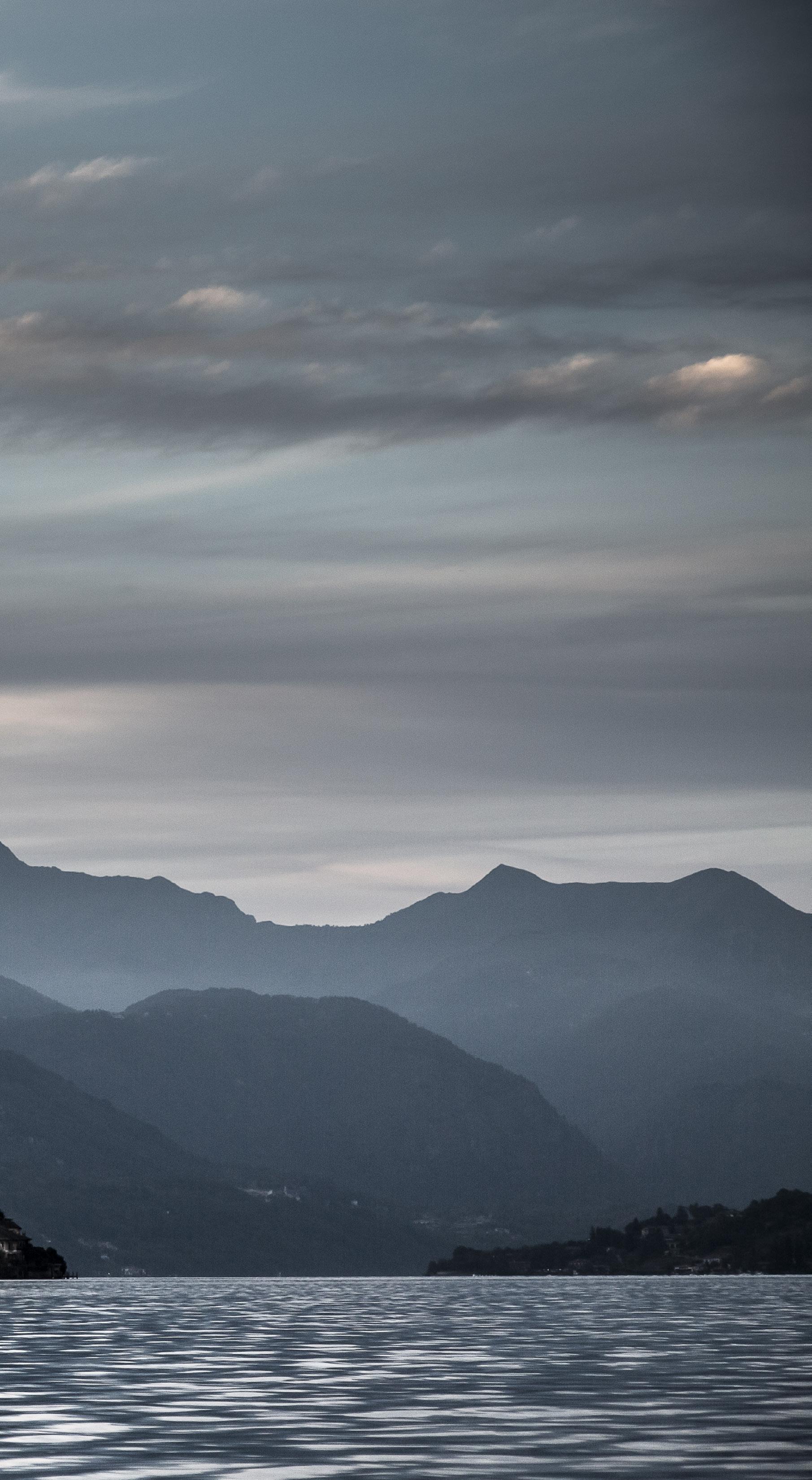
LEAVING VENICE , watching its familiar Andrea Palladio domes disappear into the morning fog, can be saddening, but I am elated because I am on my way to the western shore of Lake Orta, where I have never been. My destination is Pella, a little-known Alpine valley village of a few hundred people about an hour and a half northwest of Milan, close to Italy’s border with Switzerland. Until recently this forgotten corner of the Piedmont region has been suspended in time, perhaps because modern roadways and railways have for more than a century diverted travelers and tourists to the larger and more popular lakes Como and Garda. Just east of Orta, another rival is Lake Maggiore, with attractive small towns such as Arona and Verbania, large resort towns, and many private villas on its shores.
But Milanese cognoscenti favor long, narrow Lake Orta over the larger lakes. It is quieter and its south-central island, inhabited by nuns, is a beautiful beacon of times past. Being in the shadows has been fortuitous for small medieval settlements such as Pella that took root around its shores. A slower pace of life allows stories to be told like fables, richly operatic sagas of aristocratic feudal families who once ruled the region and vied for papacies and whose fates were often entwined with those of their peasant neighbors. Absentee former nobles still own unproductive swaths of the area, but it is the skilled descendants of the peasants who live in and preserve this unchanged bucolic setting. They are traditional wood, stone and metal crafters and makers of critical components for some of the country’s most noted automotive and home furnishings brands.
Along those old/new lines, the ultramodern three-story Casa Fantini/Lake Time hotel in Pella, where I am staying, stands in sharp contrast with the town’s simple 19th-century tile-roofed stone and white stucco buildings grouped tightly against a backdrop of wooded slopes. One former pensione that is connected to the new hotel houses its Blu Lago Cafe and a couple of suites above it. Another red stucco building alongside the public square in front of the cafe holds a modest chapel where prerecorded hymnal music — another sign of the changing times — plays all day long.
SPACES WINTER/SPRING 2020 103
Left: San Giulio Island in the south end of Lake Orta.
My presence in this evocative idyll is no accident. I am here to meet Daniela Fantini, the 58-year-old creator of the new hotel and also the CEO of Fantini Rubinetti, the faucet and water-fixtures company that her father Giovanni and his brother Ersilio founded in 1946. Their love of craftsmanship propelled them to the top of their trade, and the Calibro faucet they created in 1978, with designers Davide Mercatali and Paolo Pedrizzetti, garnered awards, a place in the MoMA’s permanent collection and enviable commercial success. Like her father and uncle, Daniela collaborated with designers, with positive results. Now, in her hotel, she is gathering the seven recent winners of the third annual Fantini Design Awards, for North American designers who use the company’s luxury offerings for kitchen and bath, as well as the competition’s judges, of whom I was one.

Daniela wanted us to experience the threeacre waterfront enclave where she has flourished most of her life. It contains the family’s historic factory and showroom, as well as her sleek 11-room five-star hotel, which opened in 2017 and is the first of its kind around Lake Orta.


The home she shares with her mother is also on the property, sitting between these old and new buildings, separated from them only by new stone walls. One day a few years ago as she was waiting to return home from the east side of the lake by boat, Daniela realized that despite their excellent location, unlike her
home, Fantini’s old factories were closed off from water views and the splendor at their door.
“Often, when you are lucky enough to be surrounded by such beauty, you simply don’t notice it,” Daniela explains with a rueful smile. She dreamed of change, and it became a kind of “vocation,” she says.
Milanese designer Piero Lissoni, who has helped Daniela develop Fantini’s brand image for nearly two decades, planned the new look for the factory and showroom, which are now both clad in black U glass and made to look like individual cabins with large view windows. Lissoni also designed Fantini’s showroom in Milan, along with this new 9,000-square-foot rectilinear hotel structure, with some matching elements.
The dark buildings blend into their backgrounds and their uniformly white interiors softly bounce light pouring in through enlarged windows. In the hotel and showroom,

stylish bathrooms incorporate Fantini’s luxury pieces by the likes of Japanese designer Naoto Fukasawa, both to reflect the refined yet casual quality of life around the lake and so that “our guests and visitors can understand and enjoy Fantini firsthand,” Daniela says.
Comfort in every sense of the word was her goal. Perhaps that’s why in lieu of a traditional lobby on the hotel’s ground floor, public spaces are designed like a living room. Sofas here match the ones Daniela uses at home. In the nine guest rooms stacked on the floors above, materials and fabrics are as close to natural as possible, white-painted salvaged doors and windows form the beds’ headboards, and walls of blue tinted or back-painted glass partition off closets and bathrooms to “evoke the landscape and the water,” Lissoni says. The building facade, with large windows and covered balconies each big enough for a table and two chairs,
104 WINTER/SPRING 2020 SPACES LANDING
Clockwise from above: A back garden allows light into the restaurant and lobby “living room” at Casa Fantini; Pella’s picturesque harbor; the hotel’s old (white) and new (black) wings; the redesigned Fantini factory/showroom.
Often, when you are lucky enough to be surrounded by such beauty, you simply don’t notice it.
is a checkerboard of clear glass and vertical cladding made of charcoal-black Accoya pine wood slats treated with a vinegar-based preservative. The same Accoya material appears in grid form for the push-button sliding gate to a small entry garden, which borders a lawn and lap pool that stretch out toward the lake.
Herbs, white Mediterranean flowers and green hydrangeas growing outside are frequently cut to grace the tables in the open-plan restaurant, where the chef typically provides refined versions of what Daniela describes as local “peasant food”: delicate garbanzo soup; finely chopped raw and roasted seasonal artichoke salad; red-wine-marinated braised ox with polenta; smooth panna cotta, tiramisu and sometimes even the former pensione’s coveted apple cake, whose recipe Daniela inherited, all served with Nebbiolo, Barbera or other regional varietal wines.
From the living room, “we see and we feel the water; it’s a sort of ‘genius loci’ — an ideal

location where the presence of water is the premise for creativity,” Daniela says, gesturing toward the lake.
In the lake’s center is San Giulio Island, with a 12th-century basilica and bell tower and adjacent nunnery. We travel there the next day by boat. An effigy of the patron saint Giulio — who rid the island of mythical monsters, we are told — is displayed on a dais in one crypt, and the basilica’s elaborately decorated murals and frescoes, some of which date back to the 1400s, are impressive reminders of the region’s historical importance. Hillside dwellings for a dozen inhabitants, besides the Benedictine nuns who live here year-round, dot the island. Vinescreened walkways for the cloistered nuns and small, well-tended gardens liven the bell tower and basilica structures.
On the lake’s southeast shore, opposite Pella, the town of Orta San Giulio has pedestrianized squares and steep, narrow cobbled paths lined
with big houses that reflect a time when it was a wealthy port where traders thronged the harbor. Several market stalls and medieval buildings decorated with faded frescoes still surround Piazza Motta, the main square where shiploads of goods were sold.
On another day we visit the impressive resort town of Stresa on nearby Lake Maggiore, and Isola Bella, a palatial island enclave owned by the influential Borromeo family, to fully grasp the Milanese habit of escaping to these lakes as a means to slow down.
“Casa Fantini/Lake Time [hotel] also adopts the concept of a slow time to be devoted to ourselves to enjoy the beauty of the place,” Daniela says. “It is the realization of my personal dream, my passion for this region and my love of hospitality.”

And if Pella and Lake Orta have been a whispered secret until now, with her hotel Daniela has finally let us all in on it. casafantinilaketime.com n


SPACES WINTER/SPRING 2020 105
Clockwise from top left: The public entrance to Blu Lago Cafe in the old wing of the hotel; a view of the lake from Casa Fantini; a Piero Lissoni bathtub and Fantini fixtures by Naoto Fukasawa in a blue-walled bathroom; a suite above the cafe.
PALETTE: OLD FRAME, NEW PICTURE
A former S.F. dining hot spot is revived with bold colors — and a concept that blurs the lines between dining, art and shopping.

106 WINTER/SPRING 2020 SPACES PHOTOGRAPHS COURTESY OF CCS ARCHITECTURE AND PALETTE
TRAILERS OFTEN INDICATE how good a movie will be, and perhaps chef/restaurateur Peter Hemsley’s experimental Palette restaurant/gallery/store that opened last spring in San Francisco’s SoMa district is just such a prelude to a more permanent Palette due to open in 2020.
San Francisco/New York architect Cass Calder Smith is designing the 35-year-old Hemsley’s upcoming restaurant that offers a mix of food-related experiences, but the project has encountered construction delays. Impatient to get started, Hemsley found a ready-to-go placeholder — a 1910 barrel-vaulted space that coincidentally had housed Smith’s very first eatery project: chef Reed Hearon’s 1993 restaurant LuLu.
Shuttered in 2017 after a 24-year run, LuLu was groundbreaking — communal tables and family-style dining, commonplace today, were pioneered here. Hemsley found the defunct restaurant’s large open-plan space, with a brick-covered wood-burning oven and rotisserie in its center, well preserved. A long bar on the east side was intact. The main room opened to two additional dining wings — a cafe on the west side and a private dining room with a dedicated kitchen on the east side. The setup was perfect for Palette’s plan: an artisanal goods store in the west wing, a restaurant in the middle, and a gallery next to that.
“It’s always a little weird remodeling your own project, but this was also my first restaurant,” says Smith, who’s designed many restaurants on both U.S. coasts. “But I thought about what Peter was trying to do. It wasn’t a second run for LuLu, but a food arts venue.”
Smith is no stranger to art. He is involved with the Djerassi Resident Artists Program in Woodside, where he created studios, and has been on SFMOMA’s architecture and design accessions committee.
He quickly introduced a showy translucent pivot door, made by Travis Hayes of wood and ribbed acrylic sheathing, as a piece of kinetic sculpture between the restaurant and the eastside gallery, which is now painted white. The west-side cafe-turned-store has a new kiln for firing ceramics.

In form and function, the restaurant did not have to change much, but LuLu’s Mediterranean colors, which would have been fine for a lunch
 BY ZAHID SARDAR TABLESIDE
BY ZAHID SARDAR TABLESIDE
crowd, had to give way for younger diners who prefer “a more nighttime vibe,” Smith says.
He painted the walls with various hues of dark blue that bleed into each other and up into the bare wood of the vaulted ceiling like a Rothko painting.
Flexibility for an exhibition/fashion-show venue and tech parties was also required, so although some of LuLu’s original upholstered corner banquettes remain, Smith and project architect Joseph Benveniste removed a section of the railing wall around the slightly sunken dining pit that might impede the flow of models or performers. A three-way community table built by Arnold and Egan around an immovable central column is fitted with hinges and pulleys so it can be lifted out of the way like a three-pronged drawbridge, lowered for dining and even linked with regular tables to form a continuous raised ramp for fashion shows or performances. Black “Masters” dining chairs designed by Philippe Starck and Eugeni Quitllet for Kartell are another easy-to-move lightweight component.
The bar top is enhanced with a patchwork of different-colored stone slabs, and although the oven and rotisserie remain untouched, they are wrapped in polished stainless steel that
SPACE WINTER/SPRING 2020 107
Above: A wood-and-ribbed-acrylic pivot door designed by Cass Calder Smith for Palette’s art gallery. Left: Palette’s main dining room, created originally for Restaurant LuLu, is vivified with color. Sturdy new fold-up tables also serve as fashion show runways.
Serving interior designers, architects, homeowners and celebrities with exceptional rugs and old world customer service for over 4 decades.
Services include custom rug design and production, expert cleaning, repair, restoration, resizing and appraisals. We buy, sell, accept consignments and consider trade on select rugs and weavings





Richard “Alexander” offers you access to the world’s finest sources of rugs, Kilims, weavings and tapestries; ranging from antique, vintage, modern.

1 El Paseo Lane, Mill Valley, CA 415.384.8261 • 415.309.3045 rhabib@alexandersrugs.com alexandersrugs.com




Pine Street NATURAL INTERIORS


TABLESIDE
eerily mirrors new blue LED strip lighting by Electrolight that augments existing chandeliers. Tiled sections of flooring were left in place, but worn-out acoustic carpeting in the dining pit was replaced with a riot of polychromatic kilim rugs, most of which Barbara Turpin-Vickroy, the principal at Smith’s firm CCS Architecture, found at flea markets. They are glued down to prevent tripping and enhance the notion of an exotic bazaar.
On the left of the dining pit, a lounge area is fitted with informal blue-painted plywood bleachers topped with exotic, colorful cushions that complement a large floral mural by Velia de Iuliis on the west wall. Hemsley continues to add eclectic artwork by locals.
If all this seems like an unlikely mise-en-scène for Hemsley, a Midwesterner with a history/ political science degree who trained as a chef at Le Cordon Bleu and worked under worldclass chefs in Paris and as a sous chef at San Francisco’s Quince, it isn’t.
“I drew as a young child,” he reveals, and he is still passionate about art and artists. Hence, he wants Palette to be — like the Mission District’s innovative Foreign Cinema — a locus for both art and dining. In its startup food menu, Palette’s cooking, sometimes inflected with ingredients Hemsley used at Quince, is ultimately casual and varies during the day or for special prix fixe dining/wine events on Saturdays.

Also, already within a few months, Palette’s concept has grown to include a maker space within the store because, while researching historical barbecue and croissant recipes as a hobby, Hemsley began drawing again; his colored-pencil and watercolor illustrations of recipe ingredients appear on Palette’s plates, fired in the store. He recalls an instance at Quince when they ran out of plates; at Palette, that may never happen. In fact, when dishes break, they are reconstituted into new ones to replenish the supply. Dishes here are also for sale, and diners or walk-ins can purchase exclusive pieces and dinnerware by other local makers, including Oakland’s Trainhole Studios and Berkeley’s Rocket Glass Works, which makes amoeba-shaped clear glass vases.
For Hemsley, though, food here is paramount. Even in the gallery’s frequent painting and mixed-media sculpture shows, the works “are always inspired by food,” he says. “It is a circular concept.” n
108 WINTER/SPRING 2020 SPACES
Non-toxic Furniture • Organic Beds and Bedding Custom Window Coverings • Healthy Home Interior Design Services 415 331 9323 • rowena@pinestreetinteriors.com • 323 Pine Street, Suite A, Sausalito




SPACES WINTER/SPRING 2020 109 Seadrift AT STINSON We have the beach house of your dreams. In Stinson Beach and Seadrift. Call us. 415.868.1791 www.seadrift.com STINSON BEACH Marin Mag halfpage branding Spaces 111418.indd 1 11/14/2018 1:35:43 PM
ON THE RISE

CONTINUED FROM PAGE 50

As usual, they communicated digitally and by videoconference and “cross-utilized technology and each other’s teams,” Ro says. When Marin’s complex design review process made it seem that new theater tenants might not materialize, they decided to complete the office loft and leave the lower level undeveloped for a tenant to customize later. “This project is now just four walls and a roof,” Rockett says wryly.
But of course it is more than that. Even if the building may never again contain a movie house, it will have an anchoring street presence, fit “for any lively mixed-use tenant,” he says.
Such flexibility makes sense. The building has been many things before and will morph again. It began life as a Spanish Colonial Revival–style auto livery/garage and later became a venue for boxing matches, a single-screen cinema and, after 1992, a three-screen Cinemark theater with a lobby entrance on Caledonia. When it closed in 2016, “locals really missed that ‘public’ space,” Rockett says.
Because Sausalito is a former fishing village and a boat-builder had also used the top floor during the 1940s, the architects chose a nautical theme. They stripped the interior down to studs, and now the building’s remarkable heavy-timbered trusses holding up its gable roof — like the spars for a ship’s rigging — are revealed in the office space upstairs. Outside, vertical strips of rough-sawn cedar cladding are intended to echo a shipbuilder’s scaffolding. To take advantage of bay views, the designers eliminated sections of vertical screening at the office level and added a horizontal band of “lookout” windows for a belvedere.
“The cedar skin of the building is its soul,” Ro says — expensive to execute, but then again it’s hard to value-engineer a hand-built see-through screen.
The building they will unveil in early 2020 won’t be historicist but crisply modern, expressing its materiality like the work of their heroes Peter Zumthor and Le Corbusier, whose Carpenter Center for the Visual Arts at Harvard Rockett knows well. The downstairs “clean slate” ideally will hold music or movie-related tenants. “I want it to be an entertainment and event space with a restaurant,” To says. “A gathering place for the community.” Rockett, who has worked on many wineries in the past, secretly hopes for a brewery or winery with a local culinary component. “The possibilities are endless,” he says. n
110 WINTER/SPRING 2020 SPACES


SPACES WINTER/SPRING 2020 111
HISTORY CHANNEL

ORIGINAL ARCHITECT Henry Hill & Associates, 1959; ARCHITECT & INTERIOR DESIGN Frame Design, framedesign.studio, principal architect Chad DeWitt, project architect Alice Hwang, interior designer Cristina Baracetti; LANDSCAPE DESIGN Orr Design Office, orrdesign.com; CONTRACTOR R&J Construction r-jconstruction.com
PATIO Sloff outdoor sun lounger, Blue Dot, bludot. com; LIVING ROOM ebony limed tractor stool, tractorstool.com; El Dom table, Hannes Wettstein, cassina.com; Finlandia tall vase, Alvar Aalto, placewares.com; tall cigar bubble pendant, George Nelson, hermanmiller.com; three-legged ant chair, Arne Jacobsen, vintage; Dandy armchair, Pierre Sindre, garsnas.se; Albini ottoman, Franco Albini, danishdesignstore.com; Hugo sectional, roveconcepts.com; FRONT ENTRANCE Prescolite ball lights, original to house; DINING AREA Vessel lights, Samuel Wilkinson, decode.london; Hobart candlestick, robertwelch.com; wishbone chair, Hans J. Wegner, carlhansen.com; Saarinen oval dining table, Eero Saarinen, knoll.com; Heath armchair, Yabu Pushelberg, linteloo.com; BATHROOM Blu Dot Hang 1 mirror, bluedot.com; light fixture, Eva Zeisel, leucosusa.com; BEDROOM Malm Fire Drum 3, malmfireplaces.com; Womb chair, Eero Saarinen, knoll.com; platform bench, George Nelson, hermanmiller.com; FAMILY ROOM
The Spanish Chair, Boge Mogensen, fredericia.com; Haiku fan, Big Ass Fans, bigassfans.com; Around coffee table, Thomas Bentzen, muuto.com; Pon table, Jasper Morrison, fredericia.com; Ply rug, Margrethe Odgaard, muuto.com; Egeo sectional, nicoline.it
BACK TO NATURE
ARCHITECT Ross Levy, levyaa.com; INTERIOR DESIGN Kevin Hackett, siolstudios.com; CONTRACTOR Clarke’s Construction
LIVING AND DINING Toro lounge chair, Blu Dot, bludot.com; Spark dining chair, Knoll, knoll.com; Equipo light fixture, Santa & Cole, santacole.com; custom walnut and steel dining table, Denali Furniture, denalifurniture.com; Grace modern couch, Montauk, montauksofa.com; Atelier coffee table, Serena & Lily, serenaandlily.com; KITCHEN Jet Martinez mural, lunarienne.com; island, Trojan Woodworking, trojanwoodfloors.com; Edison bulbs, City Lights, citylightssf.com; steel and walnut stools, Ohio Design, ohiodesign.com; Nathan Richard Phelps painting, nathanrichardphelps.com; PATIO Woodland concrete fireplace, woodlanddirect.com; Collecting Flowers planter, collectingflowers.com; red cedar hot tub, Roberts, rhtubs.com; BATHROOM Double Octopus light fixture, Delaespada, delaespada. com; limestone plaster walls, Orit Yanai, orityanai. com; BEDROOM desk, Blu Dot, bludot.com; chair and bedding, CB2, cb2.com; walnut floor, Trojan Woodworking, trojanwoodfloors.com; STAIRCASE fabricated by Concreteworks and Trojan Woodworking Custom design, Síol Studios, concreteworks.com; GUEST BATHROOM shower tile, Cle tile, cletile.com.
NESTED LIVING
ARCHITECT Daniel Piechota, aidlin-darling-design. com; INTERIOR DESIGN Judy McBride; CONTRACTOR Carroll & Strong Builders Inc, csbuild.com



BATHROOM custom chair, Aidlin Darling Design,

112 WINTER/SPRING 2020 SPACES
Extraordinary Homes Deserve Xtrordinairy Fireplaces londonfireplaceshoppe.com 415.380.0336 Mill Valley, CA Serving Marin and San Francisco for 42 years. Our experienced staff is well versed in all our products. From our Showroom Sales Manager, scheduling department and in house installation crew, you will receive the best service anywhere in Marin County. Visit our showroom in Tam Junction today to see the latest designs from our top selling brand; Fireplace Xtrordinair. 2100 Redwood Hwy, Larkspur I www.BayAreaWindowFactory.com Free In-Home Estimates (415) 924-3300 Your Marin Window & Door Replacement Specialists! Windows . Patio Doors . Entry Doors
RESOURCES
Co-owners Rachel Blum and Jaclyn Blum-Guelfi
RESOURCES




aidlindarlingdesign.com; 1981 Plug lighting fixture
Le Tre Streghe, Günter Leuchtmann, pluglighting. com; OUTDOOR Branch side chair and Terra dining table, Janus et Cie, janusetcie.com; Archie Held sculpture, Archie Held, archieheld.com; OFFICE Ginger swivel chair, Roberto Lazzeroni Poltrona Frau, poltronafrau.com; KITCHEN composite bowl, Tina Frey Designs, tinafreydesigns.com; dining chairs, Donghia, donghia.com; custom dining table, Aidlin Darling Design, aidlindarlingdesign.com; BEDROOM bedding, Anichini, anichini.com; custom bed frame, Aidlin Darling Design, aidlindarlingdesign.com;
LIVING ROOM LR Embrace lounge chair, Brueton, brueton.com; Audimat reclining sofa, Roche Bobois, roche-bobois.com; Normandie side table, Therien Studio & Workshop.
PAST PRESENT
ARCHITECT Chris Dorman, dormanassociates. com; INTERIOR DESIGN Design Alchemy, designalchemyltd.com; CONTRACTOR S & S Builders

KITCHEN Light fixture, Aerin Visual Comfort, visualcomfort.com; Calaque rope chair, calypso stool, Matafields cutting board, custom dining table, side Humphries dining chairs, all through Design Alchemy, designalchemyltd.com; cups, bowl, dishes, pot, all at Heath Ceramics, heathceramics.com;
LIVING ROOM Lee Industries couch, Tenesise pillows, vintage bicycle tire nesting tables, Calaque rope chair, all through Design Alchemy, designalchemyltd.com; BEDROOM Orian bedding, Calaque side table, all through Design Alchemy, designalchemyltd.com; OFFICE/PATIO patio chairs, Ikea, ikea.com; Orian pillow, Lee Industries chair and cushion, L. Peters side table, Tenesise bed pillows, Centament bedding, Calgary blanket 2, Centament blanket 1, all through Design Alchemy, designalchemyltd.com.
BARN AGAIN
ARCHITECT Daniel Piechota, danielpiechota.com; interior designer Laurel Harrington, harringtondes. com; CONTRACTOR Cello Maudru, cello-maudru.com

PATIO Barlow Tyrie Titan teak table and benches, dunkirksf.com; SITTING ROOM 1: Eric Slayton
Elemental Ki Blok table (oak and steel), ericslayton.com; Fellows low back lounge chairs, BassamFellows, bassamfellows.com; Blades of Grass rug, Niba Designs, nibadesigns.com; bronze sculptures (limited edition), Peter Boigner, coupdetatsf.com; DINING ROOM 1: Kant table, BassamFellows, coupdetatsf.com; Ripple rug, Niba Designs, nibadesigns.com; Moroccan green vessels, local artisans, coupdetatsf.com; Mantis chairs, BassamFellows, coupdetatsf.com; SITTING ROOM 2: Lavale series vase, Linda Fahey, coupdetatsf.com; low back lounge chairs, BassamFellows, coupdetatsf.com; Michael Hamilton walnut table with steel base, michaelhamiltonfurniture.com; Metamorphosis rug, Niba Designs, nibadesigns.com; DINING ROOM 2: Double Boules vase, Linda Fahey, coupdetatsf. com; Michael Hamilton custom oak dining table, michaelhamiltonfurniture.com; Mariposa chair, Fyrn, fyrn.com; WINE ROOM basalt stone table, Sagan Piechota Architecture, American Soil and Stone, americansoil.com.
Items pictured but not listed are from private collections, or no additional details are available

SPACES WINTER/SPRING 2020 113
PIER PRESSURE
The Exploratorium’s reuse of Pier 15 bodes well for an S.F. waterfront renaissance.

TWENTY YEARS FROM TODAY , when people picture San Francisco, what will come to mind first? Our hills? A bridge? Painted Ladies? Salesforce Tower?
How about our piers?
If all goes according to plan, the city’s finger piers will join those other monuments as icons of the City by the Bay.
Few cities anywhere have as many finger piers that remain historically, if not always structurally, intact. They are relics of the glory days of shipping that began in the 1840s and prevailed in San Francisco well into the 20th century.
For most of that time in the city, shipping infrastructure hindered public access to the waterfront, much of it sited on land created by the stone-and-concrete Embarcadero Seawall, which the city built over four decades starting in 1878. Even after World War II, when shipping operations moved to San Francisco’s central and southern waterfronts, the northeast waterfront remained blocked. Piers fell into disuse. In 1968 the Embarcadero Freeway stood in front of not just the finger piers but the Ferry Building as well.
Then, in 1978, developer Warren Simmons turned one of the crumbling piers into what
eventually became the third-biggest tourist trap in the United States: Pier 39.


Six years ago, another decaying pier became a major draw — Pier 15, now home to the 330,000-square-foot, hands-on, kids-justlove-it Exploratorium museum. Founded in 1969 by physicist Frank Oppenheimer and originally located at the Palace of Fine Arts, the museum this year celebrates its 50th anniversary. The Exploratorium these days is also a center for citizen science, thanks partly to an offshore National Oceanic and Atmospheric Administration research buoy that measures bay water quality, tidal action and turbidity. The museum additionally leases Pier 17, which is yet to be fully restored, with plans to one day integrate it into the Exploratorium campus.
The Exploratorium’s move to Pier 15 in 2013 followed other recent pier restorations between there and the Ferry Building that further opened up the waterfront for public enjoyment. Today visitors wander the restored Piers 1, 1 ½, 3, 5 and 7. A bayside history walk passes restaurants, bars and ferryboats used for tours and parties.

Many of the city’s other piers remain empty or are occupied by parking lots and garages
while the Port of San Francisco seeks deep-pocketed developers to initiate other uses. Costs for restoring rotten pilings and decayed decks and sheds are enormous.
Adding to the challenge: the Embarcadero Seawall, built on mud, will not withstand a major earthquake, and the land behind it is expected to flood as sea levels rise. The city plans to spend billions to strengthen the seawall — and probably billions more to fend off rising waters.
The Exploratorium’s arrival on the bay helps the public better understand the city’s waterfront setting, says Susan Schwartzenberg, an artist and curator who has been with the museum 35 years. Besides restoring the pier and the 1931 concrete shed and bulkhead facade, at the end of the pier the museum added a two-story “Bay Observatory,” a glass-walled gallery for environmental education. By moving to the bay from an inland site, the Exploratorium can now illuminate “the relationship of the city and the bay, the built and natural environment, right on the urban edge of San Francisco Bay,” Schwartzenberg adds. “It helps people understand the space where we’re living, what humans have done to change it. It encourages people to think, What do we need to do to make sure that with sea level rise, we can adapt and be able to still stay here?” n
114 WINTER/SPRING 2020 SPACES CONTEMPORARY IMAGES: EXPLORATORIUM; HISTORICAL IMAGES: WESTERN NEIGHBORHOODS PROJECT/OPENSFHISTORY.ORG (TOP); SF PUBLIC LIBRARY HISTORY CENTER (BOTTOM) REAR WINDOW BY DAVID WEINSTEIN
Clockwide from top left: The NOAA fisheries research ship Bell M. Shimada at the Exploratorium; crowds of longshoremen on the Embarcadero at Pier 15 in 1937; Bonita Pittack and Ruth Butler take the Port of Embarkation shield off of Pier 15 in 1946; the Exploratorium moved to Pier 15 in 2013.

Eric Altree Client Focused Results Driven Real estate redefined. Over 20 years of experience and commitment to client success in San Francisco and Marin. Compass is a real estate broker licensed by the State of California and abides by Equal Housing Opportunity laws. License Number 00962304. All material presented herein is intended for informational purposes only and is compiled from sources deemed reliable but has not been verified. Changes in price, condition, sale or withdrawal may be made without notice. No statement is made as to accuracy of any description. All measurements and square footage are approximate. Eric Altree 415.218.4047 eric.altree@compass.com DRE 00962304 ericaltree.com

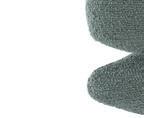
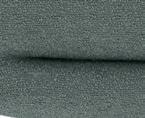



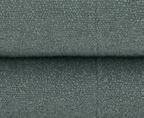
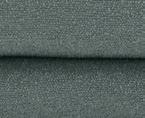
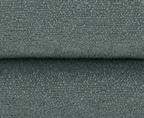
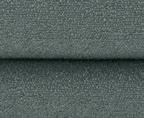
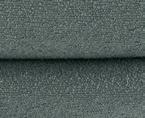


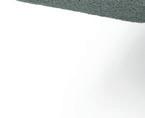
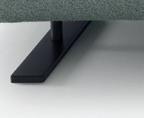





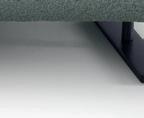
















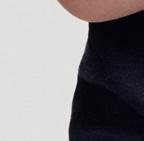
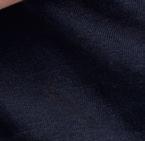








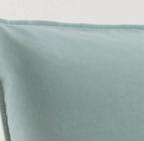
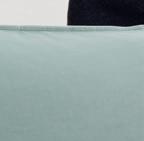




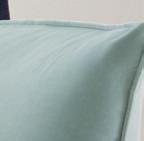
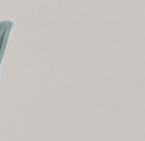




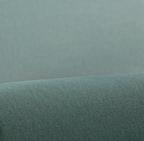
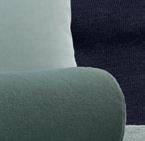

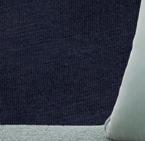

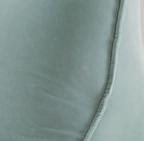
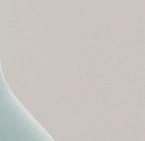


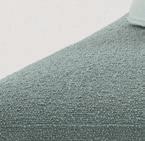
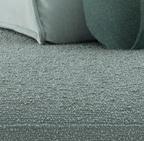
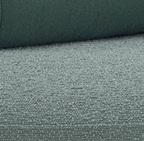
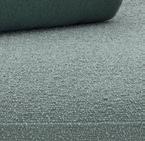
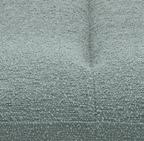

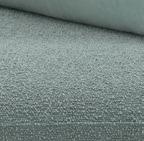
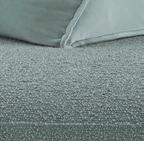
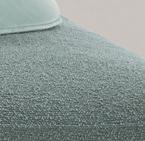
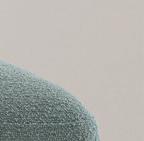
150 De Haro Street, San Francisco,CA 94103 | (415) 777-1030 | info@lignerosetsf.com











































































































 Laura Lovett, director, Marin chapter, California Native Plant Society
Laura Lovett, director, Marin chapter, California Native Plant Society



























































































































































 Interior Design: Eche Martinez
Interior Design: Eche Martinez

 Opposite: For this midcentury modern house in Lafayette, architect Chad DeWitt added new decking around the amoeba-shaped pool and new windows for the bedroom wing. This page: The central entry court and original carport were refreshed with paint.
Opposite: For this midcentury modern house in Lafayette, architect Chad DeWitt added new decking around the amoeba-shaped pool and new windows for the bedroom wing. This page: The central entry court and original carport were refreshed with paint.




 The kitchen, altered during previous remodels, was gutted to form a new openplan space with extra storage. The legs for a dining counter were inspired by a Pierre Jeanneret design. Beyond it is the former maid’s-room-turned–family room.
The kitchen, altered during previous remodels, was gutted to form a new openplan space with extra storage. The legs for a dining counter were inspired by a Pierre Jeanneret design. Beyond it is the former maid’s-room-turned–family room.


 Opposite: A soffit in the kitchen conceals new wiring. This page: In the family room are a new black brick chimney designed by DeWitt and glass doors that open to an outdoor kitchen.
Opposite: A soffit in the kitchen conceals new wiring. This page: In the family room are a new black brick chimney designed by DeWitt and glass doors that open to an outdoor kitchen.


 This page, counterclockwise from top: Henry Hill designed this well-lit hallway to the master bedroom; the refurbished master bath; the guest bathroom has a vanity inspired by Clara Porset. Facing: The master bedroom has its original 1950s woodstove.
This page, counterclockwise from top: Henry Hill designed this well-lit hallway to the master bedroom; the refurbished master bath; the guest bathroom has a vanity inspired by Clara Porset. Facing: The master bedroom has its original 1950s woodstove.



 BY LAURA MAUK PHOTOGRAPHS BY JOE FLETCHER
BY LAURA MAUK PHOTOGRAPHS BY JOE FLETCHER





 Opposite: The greenery of the landscape fills the steel-framed glass walls of the master bedroom and bathroom, creating the sensation of being in a treehouse. Right: Hackett suspended Autoban’s Octopus chandelier above a black honed granite tub in the master bathroom, where cement tile, called Cigar Shop by Cle, provides a graphic aesthetic. A sculptural concrete sink by Concreteworks offsets the warm materiality of the walnut vanity. Below: Sunlight pours in through a glassand-steel wall in the master bedroom and creates shadow play on the canvas-like white walls. The flooring is walnut.
Opposite: The greenery of the landscape fills the steel-framed glass walls of the master bedroom and bathroom, creating the sensation of being in a treehouse. Right: Hackett suspended Autoban’s Octopus chandelier above a black honed granite tub in the master bathroom, where cement tile, called Cigar Shop by Cle, provides a graphic aesthetic. A sculptural concrete sink by Concreteworks offsets the warm materiality of the walnut vanity. Below: Sunlight pours in through a glassand-steel wall in the master bedroom and creates shadow play on the canvas-like white walls. The flooring is walnut.






 BY ANH-MINH LE PHOTOGRAPHS BY MATTHEW MILLMAN
BY ANH-MINH LE PHOTOGRAPHS BY MATTHEW MILLMAN











 BY ZAHID SARDAR PHOTOS BY DAVID DUNCAN LIVINGSTON
BY ZAHID SARDAR PHOTOS BY DAVID DUNCAN LIVINGSTON












 BY ZAHID SARDAR PHOTOGRAPHS BY JOE FLETCHER
BY ZAHID SARDAR PHOTOGRAPHS BY JOE FLETCHER




 Silver Oak’s wood-lined banquet room has walls covered with board-formed concrete panels; one house-shaped wall is covered with matte white glazed tiles.
Silver Oak’s wood-lined banquet room has walls covered with board-formed concrete panels; one house-shaped wall is covered with matte white glazed tiles.


















 BY ZAHID SARDAR LANDING
BY ZAHID SARDAR LANDING











 BY ZAHID SARDAR TABLESIDE
BY ZAHID SARDAR TABLESIDE


















































































































